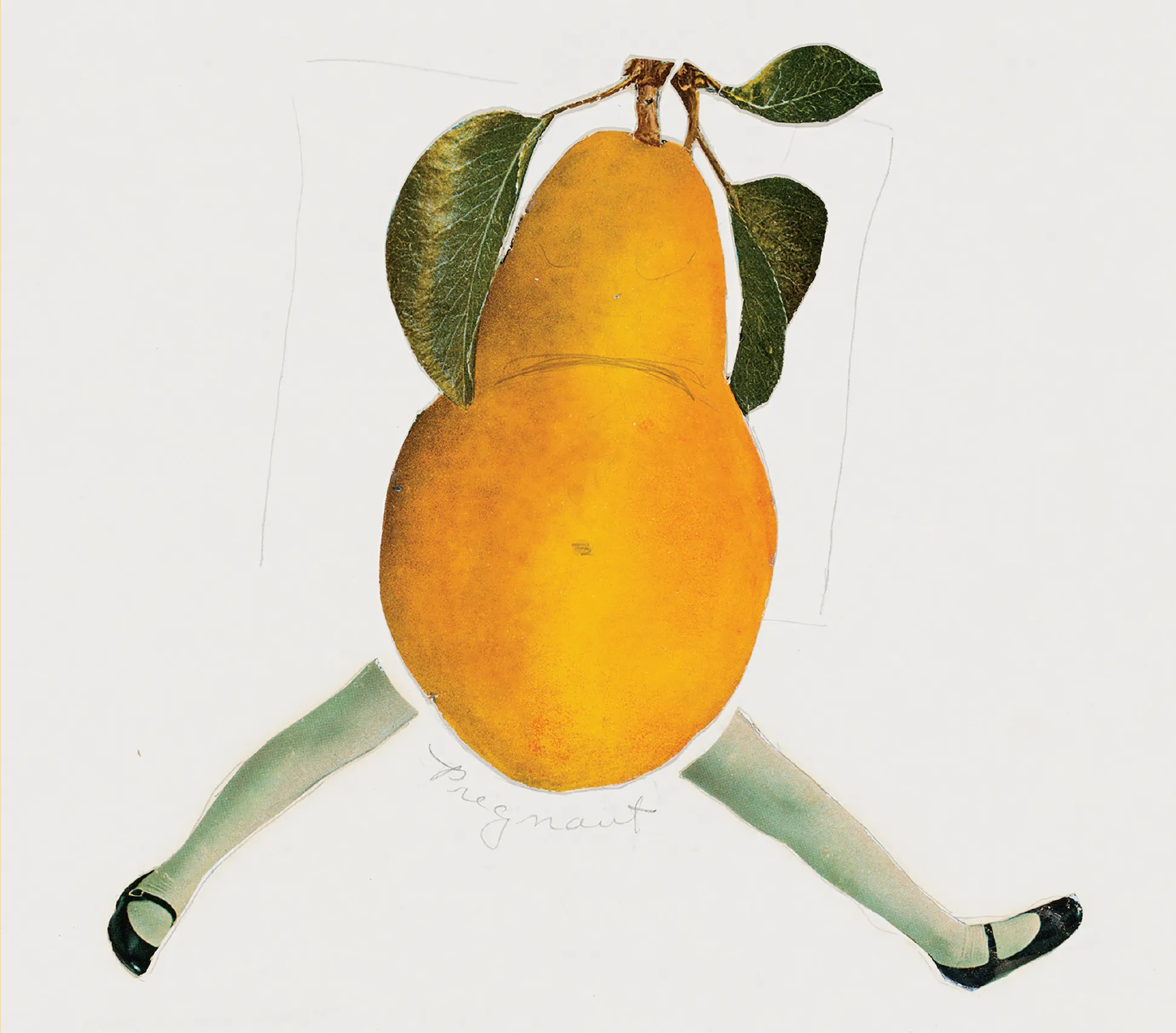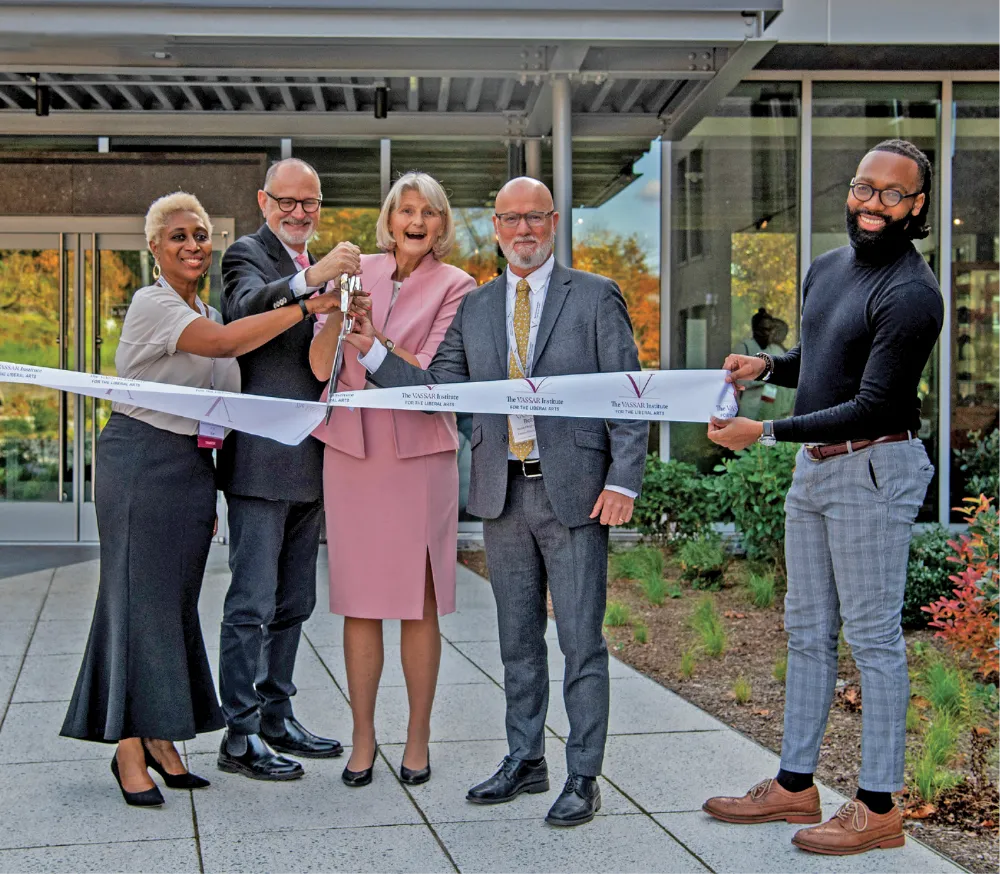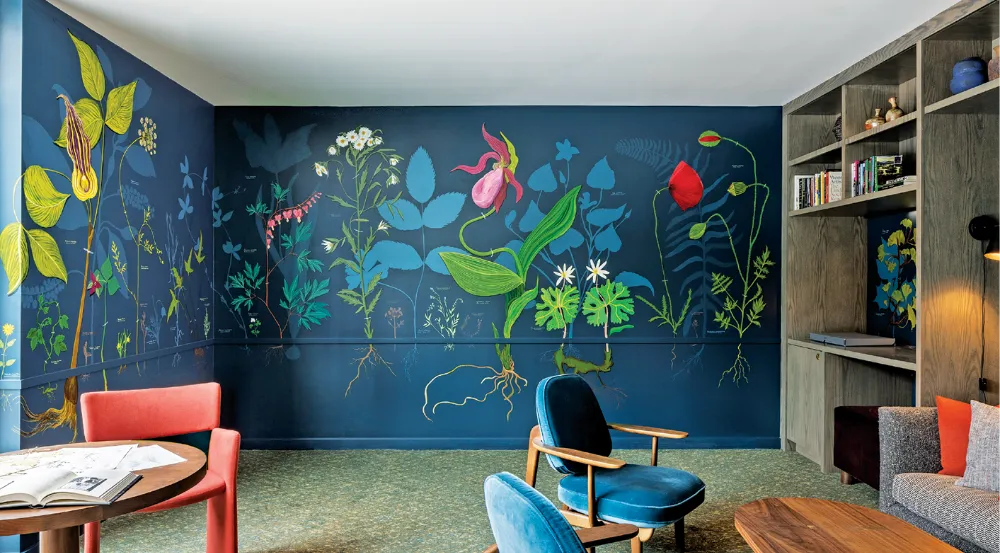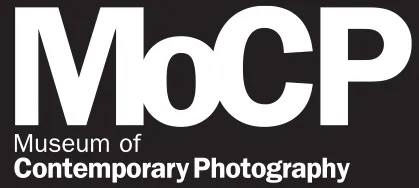Fall/Winter 2024 Vassar Quarterly
VOLUME 120 ISSUE 3
THE ALUMNAE/I QUARTERLY
Contents
Features
Their answers may surprise you.
Departments

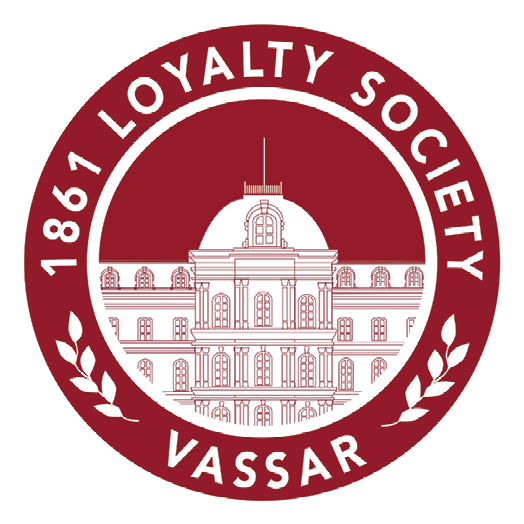
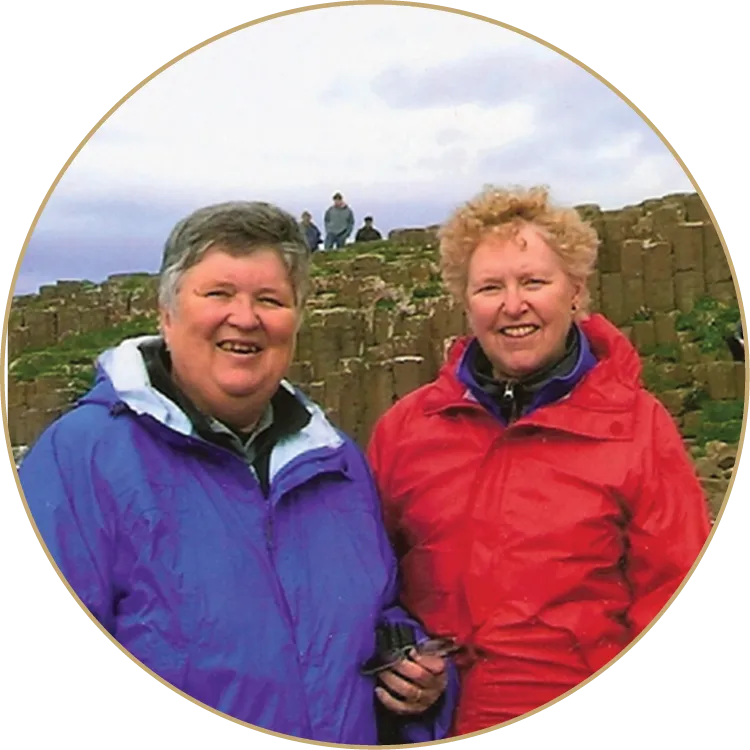


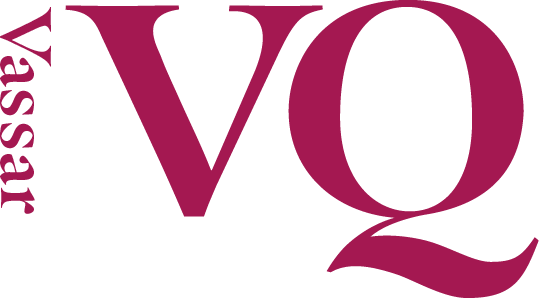
- Publisher
Alumnae/i Association of Vassar College
Monica Vachher ’77, President - Vice President, Communications
Victoria Grantham - Associate Vice President, Editorial and Publications; Editor, VQ
Elizabeth Randolph
elrandolph@vassar.edu - Art Direction and Design
Aidan Gallagher
Daniel Silva - Print Production
Daniel Lasecki - Staff Writers
Larry Hertz
Kimberly Schaye - Class Notes
Nada Glick ’61, Coordinator
Joan Giurdanella, Copy Editor - Editorial Assistants
Emilee Busby ’25
Sofia DeRose ’28 - Editorial Offices
124 Raymond Avenue, Box 647
Poughkeepsie, New York 12604
845.437.5447 Fax 845.437.7239 - Postmaster
Send address changes to Central Records, Box 14, Vassar College, 161 College Avenue, Poughkeepsie, New York 12603 - Yearly Subscriptions $15
- Unsolicited Manuscripts
We discourage the submission of unsolicited manuscripts or stories written without prior consultation with the editorial office. However, we do welcome story ideas and pitches. Please email vq@vassar.edu with your suggestions. - Articles reflect the opinions of the writers and not necessarily those of the magazine, AAVC, or Vassar College. Vassar, theAlumnae/i Quarterly, is published in the spring, summer, and fall/winter by the Alumnae/i Association of Vassar College (AAVC).
- Mission
AAVC is a living bridge whose mission is to ignite powerful connections to Vassar, to each other, and the world. - Affirmed 2013.
Copyright © 2024 AAVC
The Skills That Propel CEOs
hen The Vassar Institute for the Liberal Arts launched this fall, one panelist on the program— Aneesh Raman, Chief Economic Opportunity Officer at LinkedIn—predicted that artificial intelligence will replace many intellectual jobs over the next decade. AI can be relied upon as a tool to perform functions—to read, synthesize, analyze, write code, and summarize faster than any human being does. Those are major tasks. But, as Raman noted, our social abilities cannot and will not be replicated.
Key aspects of leadership roles are more human-focused. They include envisioning solutions that have not been tried before, galvanizing teams of people to collaborate on a shared goal, making decisions in the face of uncertainty, fostering empathy and compassion, and expressing curiosity and optimism about the future. These aspects of leadership—regardless of industry or sector—are, in part, developed throughout a liberal arts education via the breadth of courses, the pedagogy, and classroom and institutional culture.
It is no wonder that Vassar has so many alums whose title is Chief Executive Officer or its equivalent—nearly 500 in all. The CEO has to challenge the status quo, be resourceful in finding new ways to address old problems, and have the emotional fortitude and confidence to persevere despite setbacks. As you will read in this issue of VQ, Vassar CEOs cut across a large range of industries and sectors, showing the reach, relevance, and impact of a Vassar education.
Most centrally, the person in the CEO role must perceive what skills are needed, find people who have those skills, then create an environment in which people will contribute their unique gifts to the shared endeavor and remain resilient through the inevitable conflicts that emerge as creative, pluralistic views meld into a common purpose.
These functions—way beyond what AI can do—are honed across undergraduate life, from living together in dormitories, to creating arts productions of all kinds, to playing on athletics teams, to protesting and counterprotesting, and to digging into academic pursuits of all kinds. During the educational process, students discover what they value, what is possible in the world, how to make a match between who they are and what the world needs, and how to transition to post-Vassar life. The learnings occur and recur for decades, equipping Vassar alums with the capacity to transform environments and institutions in positive, meaningful ways—sometimes at the helms of organizations.
The CEO role is not for everyone, and many lead in roles not described as CEO, but it is one of the many ways in which Vassar graduates are fearlessly consequential.
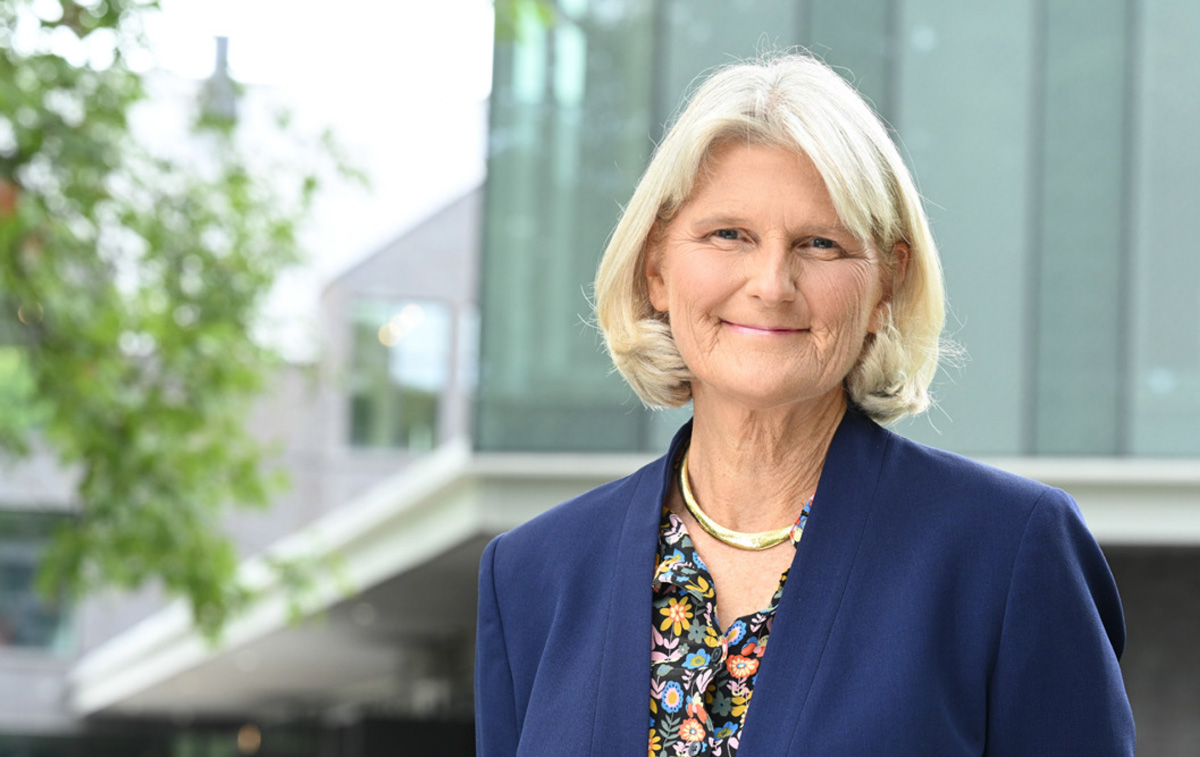

Elizabeth H. Bradley
President
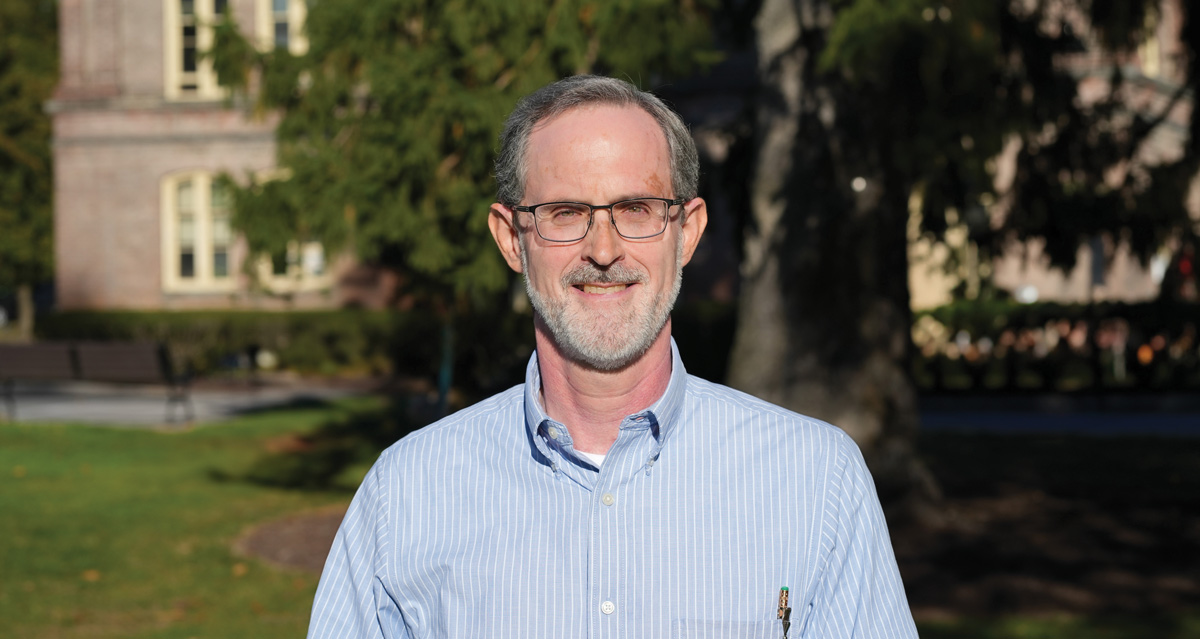
Vassar’s New Director of Sustainability—
Charting a Path to Our “Renewable” Future
Foster’s responsibilities range from facilitating the adoption of renewable energy systems, to promoting the connection between nature and wellness, to supervising student interns. “I love the fact that I get to work in so many different areas, with so many interesting people from across the College,” he said.
A major task on Foster’s agenda is the development of a new Climate Action Plan for the College. “Our challenge will be to have big goals while also being very pragmatic about concrete steps we will take year-to-year, and we’ll need to take a holistic approach so that the entire community is involved,” he said.
Charting a path to geothermal heating systems for buildings on the campus is one major goal, but facilitating changes in behavior will also be important. “The health of people—and of all life on the planet—depends on our actions,” he said.
Foster’s background makes him eminently qualified to thrive in the director position. Prior to assuming his new job at Vassar in July, he was a Professor of Political Science and Environmental Studies at Concordia College in Minnesota for 17 years. During this time, Foster chaired the College President’s Sustainability Council and for three years was Concordia’s Director of Community Engagement. He also served on Minnesota Governor Tim Walz’s Environmental Quality Board, and he is a member of the Board of Directors of the national organization Wild Ones, which promotes native plants and natural landscaping.
As he and others on campus work to make changes now while also developing the 2025 Climate Action Plan, Foster said he’ll focus on enabling people to connect with landscape and nature. “Vassar has a perfect setting in which to do this,” he said. “We’ll be celebrating the 100th anniversary of Vassar’s arboretum next year, and we’re developing a restorative nature walk.”
Foster says he’s been energized by the enthusiasm he has witnessed as the College makes progress on sustainability issues. “Vassar has a strong history of being committed to environmental sustainability and has already done a great deal,” he said. “We are poised to take strong steps into the next stage of action.”
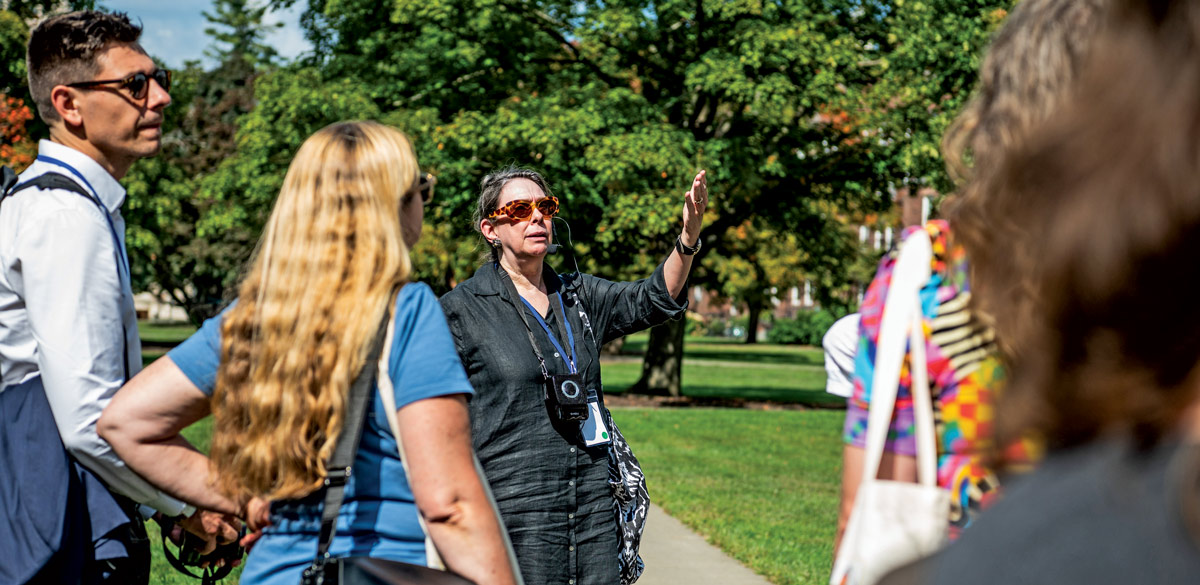
Kelly Marsh
Olmsted Conference Explores the Benefits of Beautiful Landscapes
The event was organized by the Olmsted Network, a nationwide group of historians, design professionals, park managers, and citizen activists dedicated to championing the environmental and design principles embodied by Olmsted’s work.
Vassar Professor of Art History Yvonne Elet, who teaches courses on landscape history, delivered a keynote address noting that, though the Olmsteds are best known for creating parks, they had played key roles in designing and creating Vassar’s landscape. Olmsted himself was consulted by College trustees shortly after the first students arrived on campus, although few if any of those discussions led to the ultimate design of the campus, Elet said. But decades later, Olmsted’s nephew, adopted son John Charles Olmsted, and members of his firm were involved in plans for various portions of the campus.
Elet also lauded Edith Roberts, who arrived on campus in 1919 as Professor of Botany, for championing the importance of making the College’s landscape a showcase for the more than 600 species of plants indigenous to Dutchess County. The hiring of noted landscape architect Beatrix Farrand to design the campus arboretum furthered Roberts’s ideas about turning the campus into a living laboratory.
In panel discussions, several experts spoke of the work Frederick Law Olmsted and other 19th-century landscape design pioneers had done at psychiatric hospitals built throughout the Northeast. Creating beautiful landscapes on the grounds of these institutions reflected the belief that a well-designed environment would help patients recover and thrive.
That observation was echoed in a panel moderated by President Elizabeth H. Bradley, featuring scientists and MDs. “We know nature is good for your health,” said Dr. Howard Frumkin, a physician and epidemiologist whose career has focused on the intersection of health and the environment. “It benefits our senses, increases bone density, and enhances other physical traits,” he said. “The creation of public parks,” Frumkin added, “also plays a key role in addressing mental health at a time when the country is experiencing a nationwide epidemic of loneliness.”
President Bradley said that the importance of nature “has been a part of the ethos of the College from its inception—on the grounds and in the curriculum.” She said the commitment to preserving and enhancing the campus environment is embodied by the College’s decision to join the Campus Nature Rx Network, a consortium of more than 70 colleges and universities “that support campus health through inclusive and equitable engagement with nature.” Vassar plans to celebrate the 100th anniversary of the creation of the campus arboretum next year.
As the two-day event came to a close, Olmsted Network President and CEO Ann “Dede” Petri concluded, “There is still much work to do to preserve open spaces that promote mental and physical health; in too many cities, our great public spaces are threatened by development and privatization.” She issued a call to action: to challenge these trends and to elevate the importance of parks and open space to our physical, mental, and ecological well-being.
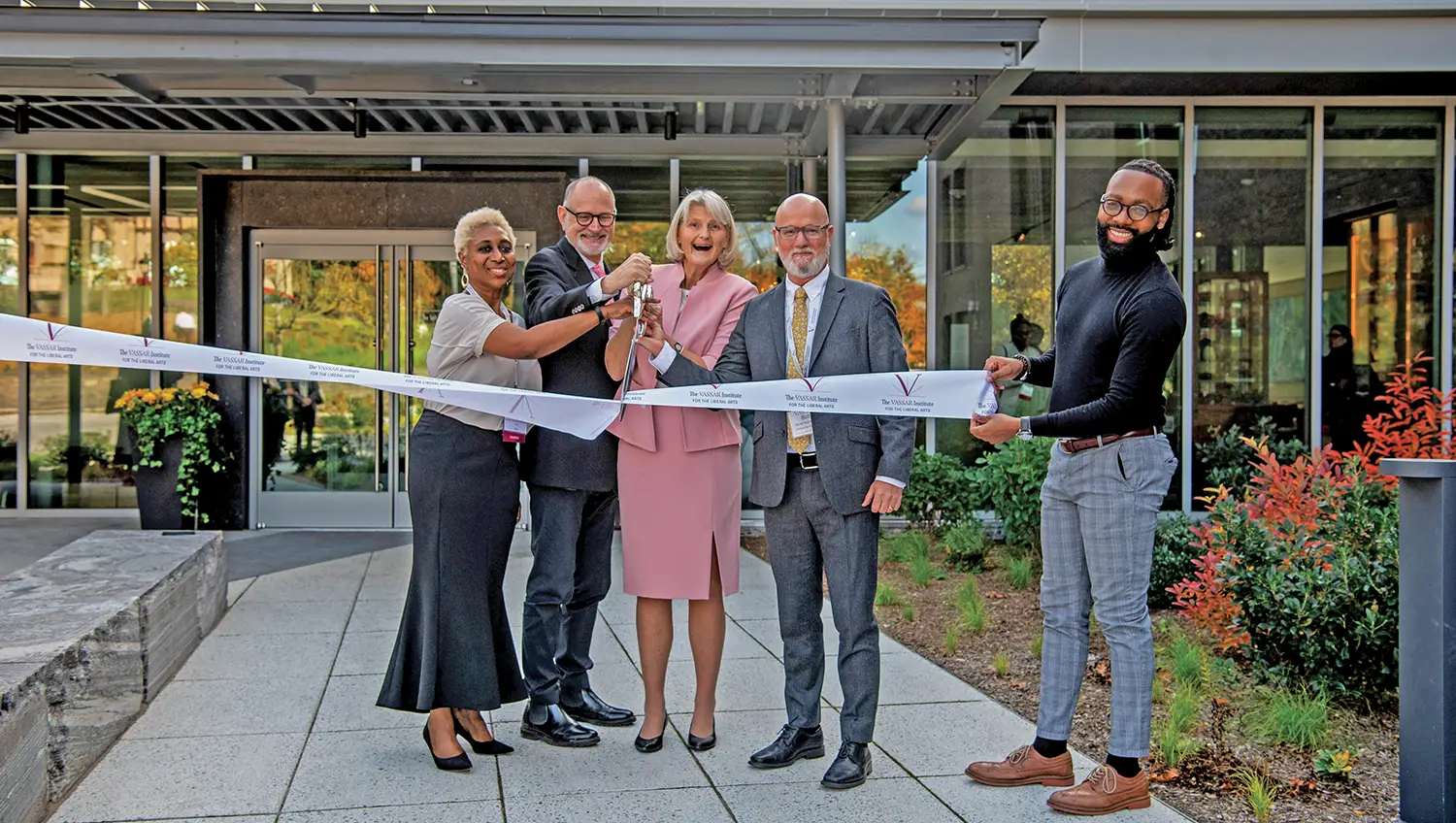
Kelly Marsh
Vassar Institute for the Liberal Arts
Launches with a Ribbon Cutting and Two Days of Thought-Inspiring Conversations
Located on Raymond Avenue, adjacent to the campus and just down the hill from Alumnae House, the state-of-the-art building contains guest rooms in the boutique hotel, The Heartwood at Vassar; a restaurant, The Salt Line Hudson Valley; as well as meeting rooms in the Institute, which will accommodate gatherings designed to spark dialogue on a wide variety of topics in the coming months and years. The weekend celebration was marked by three such discussions, one on October 25 on the role of a liberal arts approach to addressing global challenges and two others—one that explored the future of work and another on the role of architecture in promoting sustainable communities—that followed the October 26 ribbon cutting.
President Bradley said she expected the Institute to serve as a place that will celebrate the College’s liberal arts approach to learning “beyond its campus and undergraduate students to engage broader audiences in conferences, workshops, and events—all in the service of learning, finding new connections, and building an inclusive community.”
Speaking at the ribbon-cutting ceremony, Board of Trustees Chair Sharon Chang ’84, P’19 noted that she had been involved in the planning of the Institute almost since she first joined the board in 2017. When she arrived on campus in anticipation of the event, she was overcome with emotion, she said. “I’m thrilled by the bold, innovative thinking that went into this project, and together we navigated some uphill battles to get it completed,” Chang said. “When I saw the signs pointing to the building, I teared up—and I’m tearing up now. This is groundbreaking. This is Vassar.”

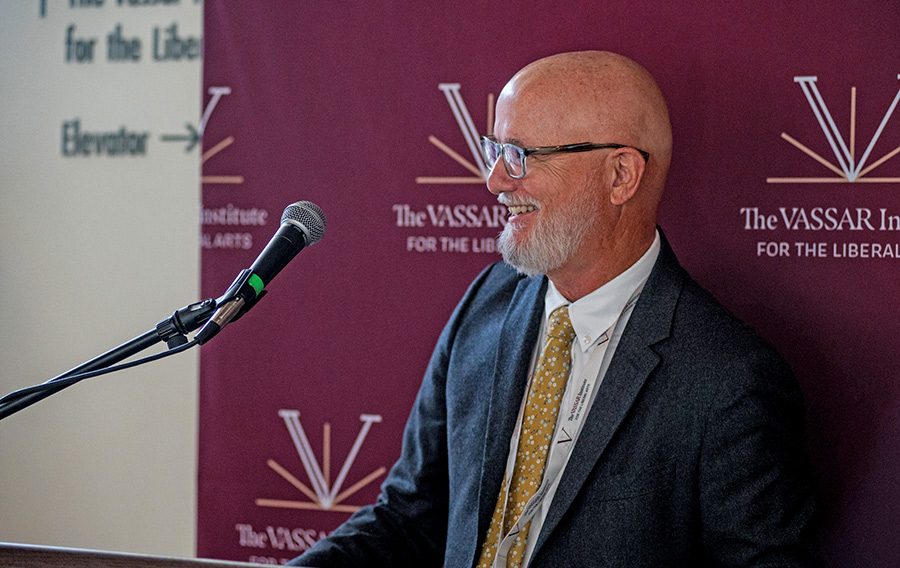

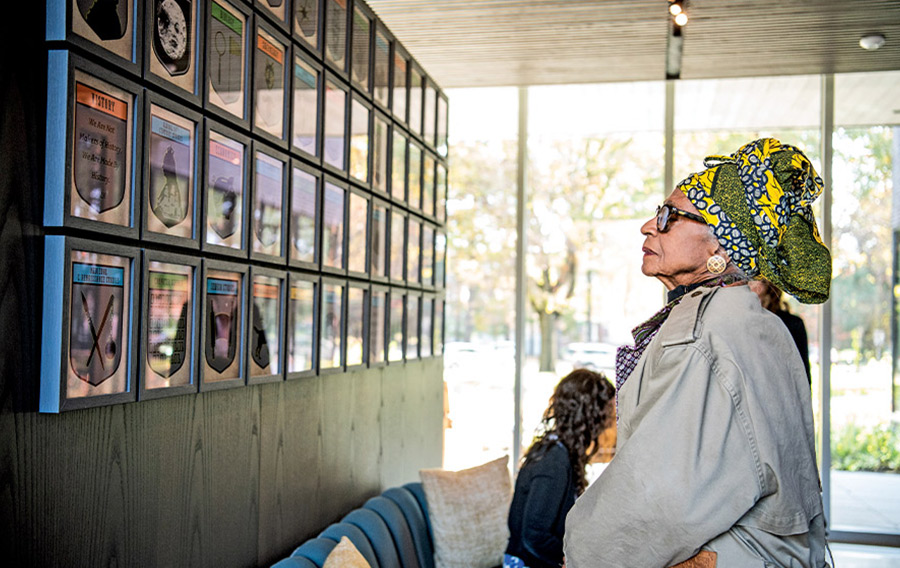
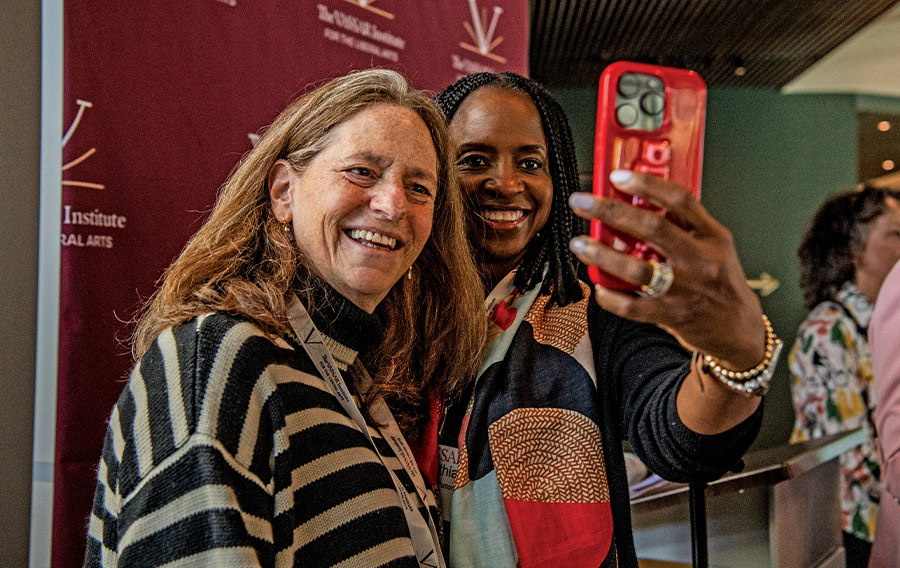
Photos by Kelly Marsh and Karl Rabe
The architect for the project, Frederick Fisher of Frederick Fisher and Partners, based in Los Angeles, called the opening of the building a day every architect looks forward to. “I have been involved in this project for seven years,” Fisher said. “It has been guided by the intelligence and imagination of President Bradley and her team, and you can’t do good work without a good client. Architecture is a team sport, and I had a talented team working with me that made this project what it is.”
On Friday evening, Wesley Dixon, Deputy to the President of Vassar and the Vassar Institute’s Program Director, interviewed Jim Yong Kim, former advisor at the World Health Organization and former President of the World Bank. He is currently Chancellor of the University of Global Health Equity, an innovative medical school in Rwanda, which partners with Vassar in global liberal arts education.
Kim was instrumental in organizing efforts by the World Health Organization to address the HIV/AIDS crisis in Africa at the start of the century. He said his background as an anthropologist who took a liberal arts approach to problem-solving had helped him and others at WHO develop a plan to treat HIV patients in Africa.
“We’d learned enough of the specifics to be able to go out and say, ‘Look what you’re saying, that it’s impossible—you don’t know that because nobody’s ever tried,’” he said. “We tried it [on] a small scale in Haiti and then we went right to the moral argument. We said, ‘On content, you’re wrong. We think it is possible. But from a moral perspective, if we let 25 million people living in Africa with HIV die, we’ll forever be remembered as a generation that turned our backs on 25 million people.’”
Kim said he wholeheartedly supported Vassar’s decision to create the Institute. He said he liked “the fact that you would do this, that you would build an institute defending, celebrating, preserving liberal arts as a fundamental idea. The liberal arts are under threat; there’s less of a sense of the importance of what a liberal arts education does in terms of content, pedagogy, and culture.
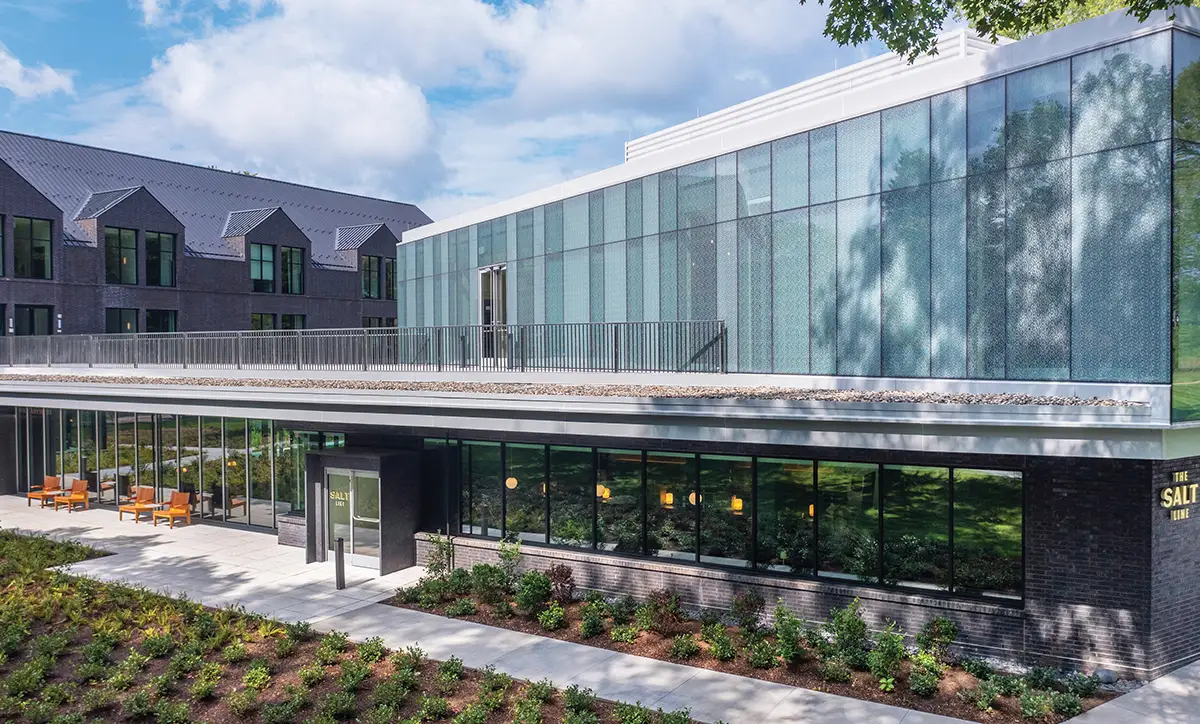
Greg CEO Photography
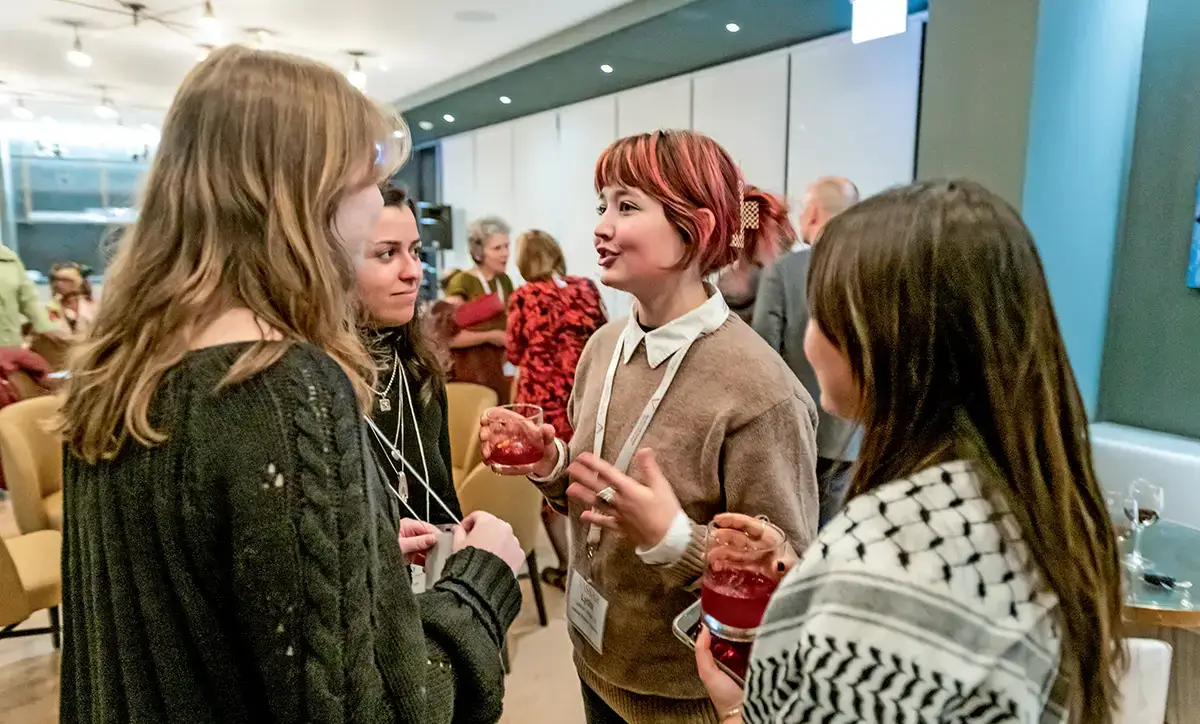
Karl Rabe
The panel on the future of work was moderated by New York Times Pulitzer Prize–winning reporter Steve Lohr P’17. Lohr was joined by Maria Flynn, President and CEO of the national nonprofit Jobs for the Future, and Aneesh Raman, Chief Economic Opportunity Officer at LinkedIn. Flynn and Raman recently co-authored an op-ed in the New York Times that focused on the need for a liberal arts approach to successfully navigating a rapidly changing job market.
Raman predicted that by the year 2030, more than 70 percent of all jobs will change dramatically or cease to exist. “Robots will perform the physical labor, and artificial intelligence will replace many intellectual jobs,” he said, “but we’re missing a critical piece. Our social abilities are not covered, so there will be an emerging and growing value on people skills—managing people instead of managing work. All of that change will be anchored on skills that the liberal arts teach.”
The final panel of the day, “Architecting a Sustainable, Community-Oriented Future,” was moderated by Professor of Art Yvonne Elet. Elet was joined by the Institute’s architect, Fred Fisher; Karen Van Lengen ’73, a practicing architect and architecture professor at the University of Virginia; and Caroline Alsup, an architect who is serving as Headquarters Project Manager at Scenic Hudson, a local nonprofit organization that promotes sustainable growth in the Hudson Valley. All of the panelists agreed that The Institute for the Liberal Arts can play a role in fostering dialogue that promotes best practices in building and urban planning.
Saturday afternoon, attendees engaged in a dynamic exploration of upcoming Signature Programs. The students, faculty, and community residents who will host them stood ready at tables sprinkled throughout the Institute to provide previews of future forums. One of the presenters, Molly Shanley, Professor Emerita of Political Science, will co-host a two-day conference that will explore ways of promoting partnerships to increase graduation rates in Poughkeepsie-area schools. Shanley will be joined by Associate Professor of Political Science Taneisha Means, Professor of Education Erin McCloskey, and Assistant Professor of Mathematics and Statistics Andy Borum.

Kelly Marsh
Karl Rabe

Kelly Marsh
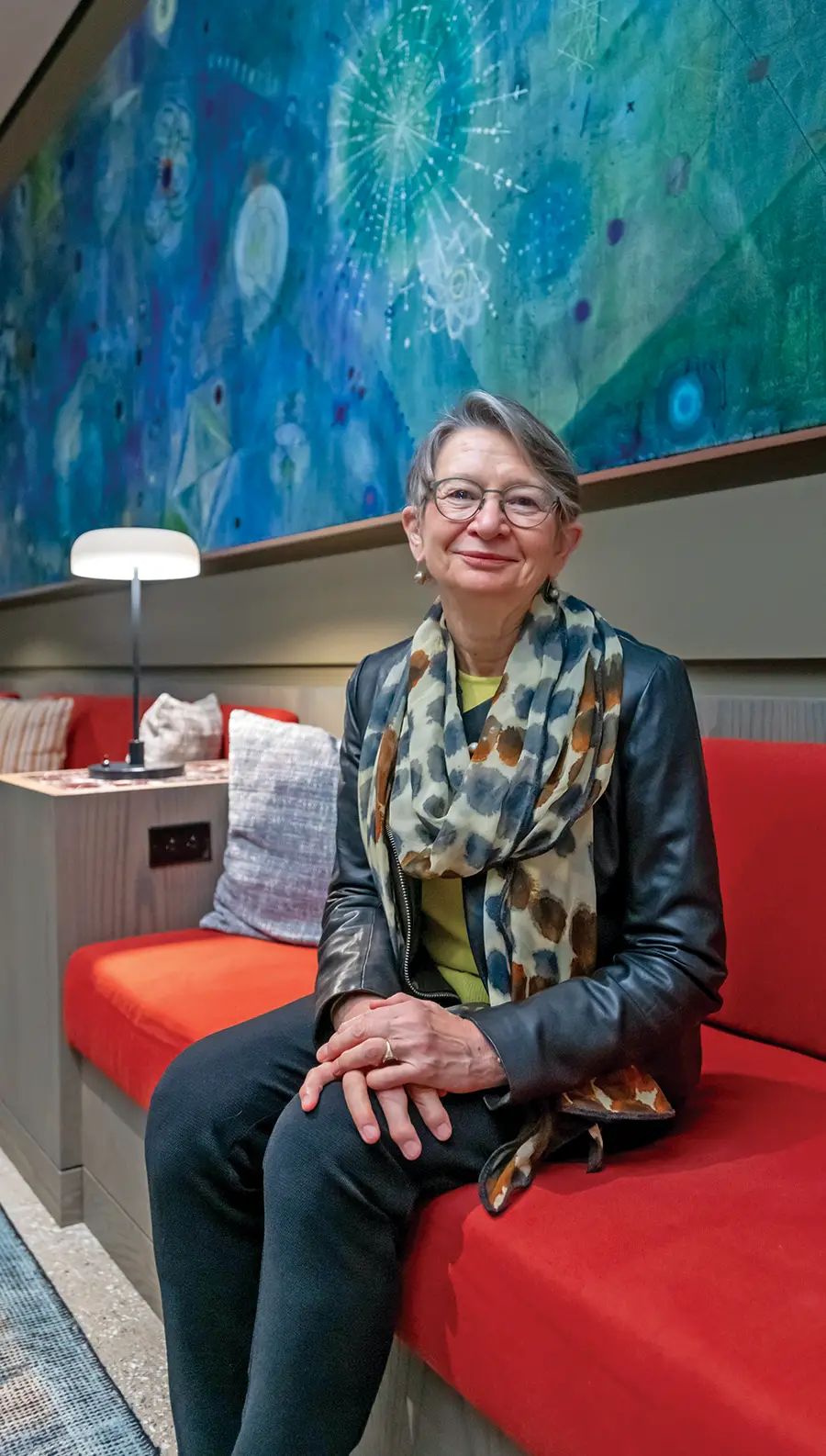
Karl Rabe
Outside of the Institute, students protested to urge the administration to divest from military investments. After the Friday evening panel, President Bradley asked audience members how many had ever participated in a protest. A majority of the hands went up. Engaged Pluralism is an ethos at Vassar, she assured those in attendance, and it includes the right to make one’s voice heard, even in the face of differences.
The Institute is expected to be a place where thought leaders, academics, and students alike can exchange ideas and discuss the most pressing issues the world faces today. Photographer Andrea Baldeck ’72, who attended the Vassar Institute launch event, said she supported all of its creators’ goals. “This place represents a whole new dimension for Vassar,” she said. “It embodies the values we all hold but takes it to a whole new level of community engagement. How marvelous to be able to open your brain to engage with like-minded people as well as people you may disagree with, to have meaningful dialogue on meaningful topics.”
Baldeck is one of several alums whose artwork is on display throughout the building. “I was so pleased to be asked to provide some of my work to this project,” Baldeck added. “I hope some of the photographs provide some serenity to guests here, and you always hope your ideas will spark others to take those ideas elsewhere.”
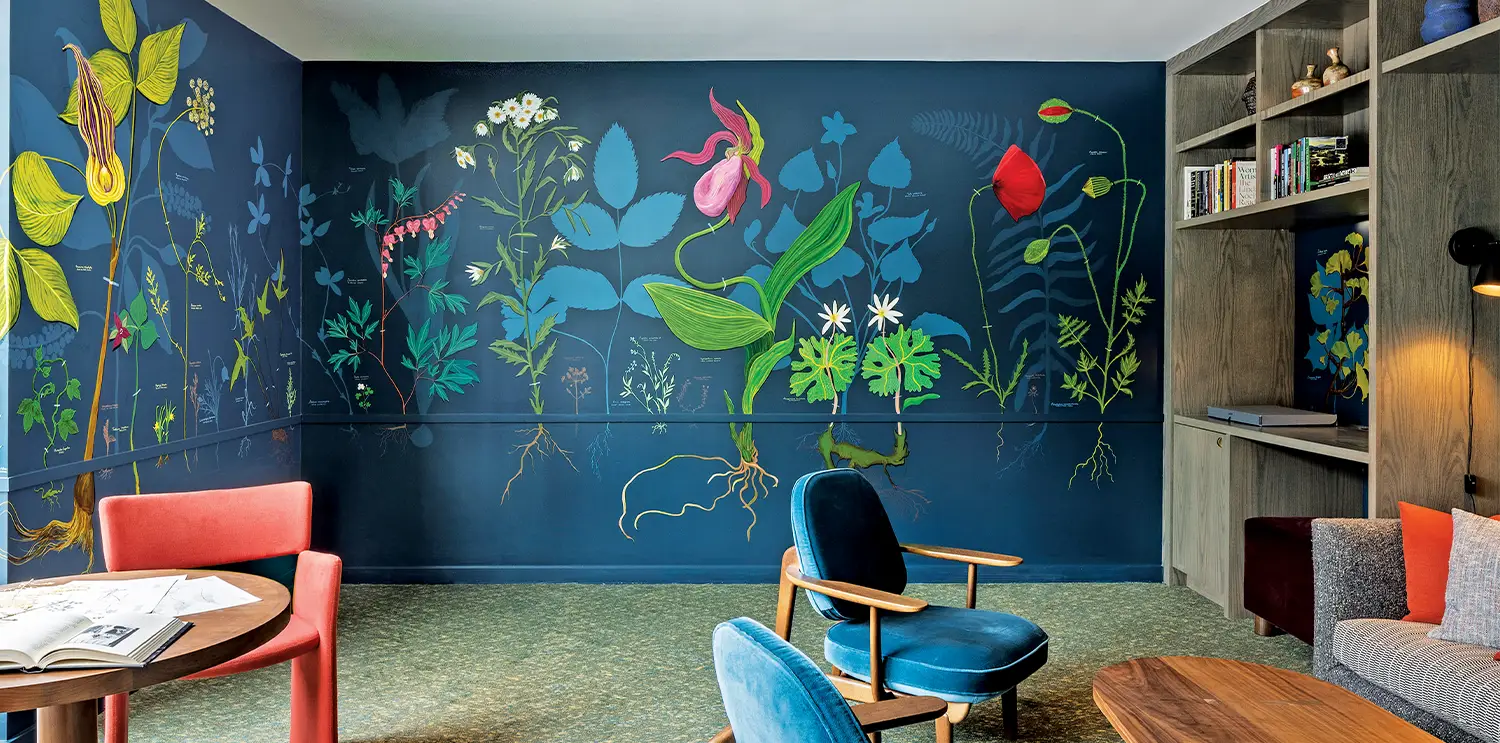
Sean Hemmerle © 2024
Art Seen
ight acclaimed contemporary artists with roots in the Hudson Valley have their works featured at the new Vassar Institute for the Liberal Arts; The Heartwood at Vassar, a boutique hotel; and the farm-to-table restaurant, The Salt Line Hudson Valley. The shared lobby, each of the hotel rooms, the restaurant, and the Institute feature more than 160 pieces of artwork in various media from an eclectic group of artists. The artists—Andrea Baldeck ’72, Laura Battle, Mark Dion, Nancy Graves ’61, Mara Held, Ransome, Amy Talluto, and Julia Whitney Barnes—all have Hudson Valley roots and were inspired by regional surroundings.
The building’s artwork—curated by staff from Vassar’s on-campus museum, the Frances Lehman Loeb Art Center—responds to the mission and rich history of collecting at Vassar, and creates a visual dialogue between art and science objects. “From professors and administrators to classes and individual students, the College benefits from prolonged engagements with contemporary artists, including those from local communities,” said the Loeb’s Mary-Kay Lombino, Deputy Director and the Emily Hargroves Fisher ’57 and Richard B. Fisher Curator. “The artwork on display provides an enriching, new visual experience that we expect visitors far and wide will enjoy.”
A new, commissioned work by artist Mark Dion, “The Vassar Atheneum,” was created specifically for the space. The work, which was three years in the making, delves deeply into the history, ideology, and methodologies of collecting practices at Vassar and speaks to the College’s mission and traditions.
A major component of the installation are two large-scale, custom-made cabinets featuring documents from Vassar’s vast holdings of material culture and archives. The cabinets create a semi-enclosed area of the facility’s lobby, which allows for conversation and exchange. The contents of the cabinets highlight not only the College’s deep commitment to excellence in the sciences and humanities, but also the rich history of student culture and interdisciplinary learning at the school.
“These projects demonstrate that historical objects and collections have a role to play, even at times for works of art created just yesterday, whose traces will be left for future generations to treasure and criticize, but, also, hopefully, to preserve,” said artist Mark Dion.
A work located in the second-floor “snug,” a cozy lounge at The Heartwood, brings nature indoors with “The Botanist’s Mural,” a room-sized wall mural by Julia Whitney Barnes, who often uses historical processes and plant collection as inspiration for her art. The mural draws inspiration from the Vassar College Herbarium, which dates back to when the school welcomed its first class of students in 1865. The Herbarium holds over 15,000 specimens of vascular plants, bryophytes, and algae—and for this enormous piece, Whitney Barnes spent years poring over hundreds of specimens, and incorporated 63 plants from its extensive collection as well as her own garden in Poughkeepsie.
Other works either commissioned by or pulled from the Loeb’s collection for the building include: Hudson Valley artist Laura Battle’s “How long is your past, how far is your future,” a painting inspired by astronomer and alum Vera Cooper Rubin ’48 that was made for the 2016 Loeb exhibition Touch the Sky: Art and Astronomy; and artist Ransome’s “Quilter Rosie,” a painting that honors his African American heritage and depicts his grandmother, Rosie, a matriarch and a quilter from the American South. Located in The Salt Line is Nancy Graves’s “Bendigo,” a work that layers boldly colored motifs suggesting plants, cast shadows traced from the artist’s own sculptures, prehistoric drawings, and early pictographic language. Another of her works, “Five Fans, Lampshades, and Lotus,” is located on the first floor of the building.

©Laura Battle
The Artists
Laura Battle has spent several decades as an artist exploring the potential of geometry to offer an optically charged mental space in which to explore universal visual language. Her work is informed by diagrams of the universe, mathematical configurations, codes and symbols, maps and charts of all kinds, esoteric manuscripts, Arabic geometries, forces in nature like the ebb and flow of water, and by the work of innumerable artists.
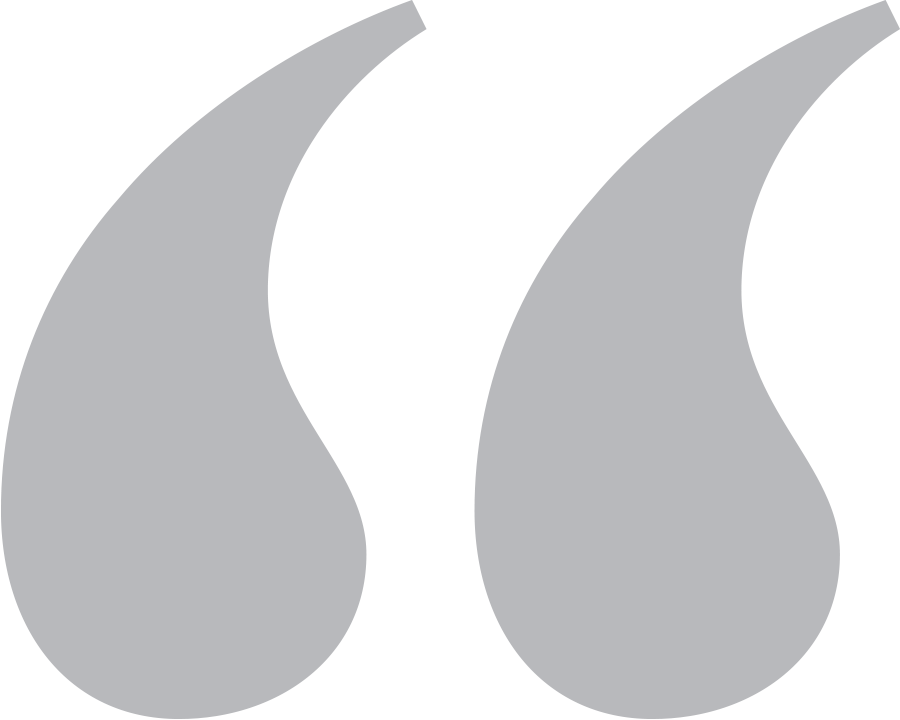
Nancy Graves ’61 (1939–1995) was an American artist of international renown. She became an accomplished sculptor, painter, printmaker, and video artist and is considered one of Vassar’s most recognized artist alums. Graves experimented with the intersections between art and science. She is best known for her brightly colored, abstract compositions in various media.
Mara Held is known for energetic yet delicate paintings on linen and paper, depicting lyrical organic forms in vibrant colors. Her intricate line work and patterning evoke varied sources from plant life growing on ancient forest floors or pelagic forms found in coral reefs to Japanese woodcuts and psychedelic posters. Her work has been the subject of many solo exhibitions in New York City and abroad and included in group shows nation- and worldwide.
Amy Talluto was born in New Orleans and earned her BFA from Washington University in St. Louis and her MFA from the School of Visual Arts in New York. In 2018 she was awarded a NYFA/NYSCA Artist Fellowship in Painting and was an Artforum Critics Pick for her solo exhibition at Black & White Gallery (Brooklyn). She has recently shown her work at Jeff Bailey Gallery, the Berkshire Botanical Garden, the Samuel Dorsky Museum, Geoffrey Young Gallery, and Wave Hill Gardens.
Ransome is a contemporary artist whose practice is both personal and universal. His work focuses on images that center on his African American lineage, traced to formerly enslaved Africans of the American South who migrated to northern cities along the East Coast. The pictorial narratives are personal, yet the symbols used are universal and interplay with larger social, racial, ancestral, economic, and political history that speaks to current issues.
Julia Whitney Barnes is an artist living in Poughkeepsie, NY, who works in a variety of media including cyanotypes, watercolor, gouache, oil paintings, stained glass, murals, and site-specific installations. She spent two decades in Brooklyn before moving to the Hudson Valley in 2015. Whitney Barnes was recently awarded a glass commission for NYC Public Art for Public Schools/Percent for Art unveiled in fall 2024. She has exhibited widely in the United States and internationally.
For more information about The Vassar Institute for the Liberal Arts, The Heartwood at Vassar, and The Salt Line Hudson Valley, visit https://www.vassar.edu/institute.
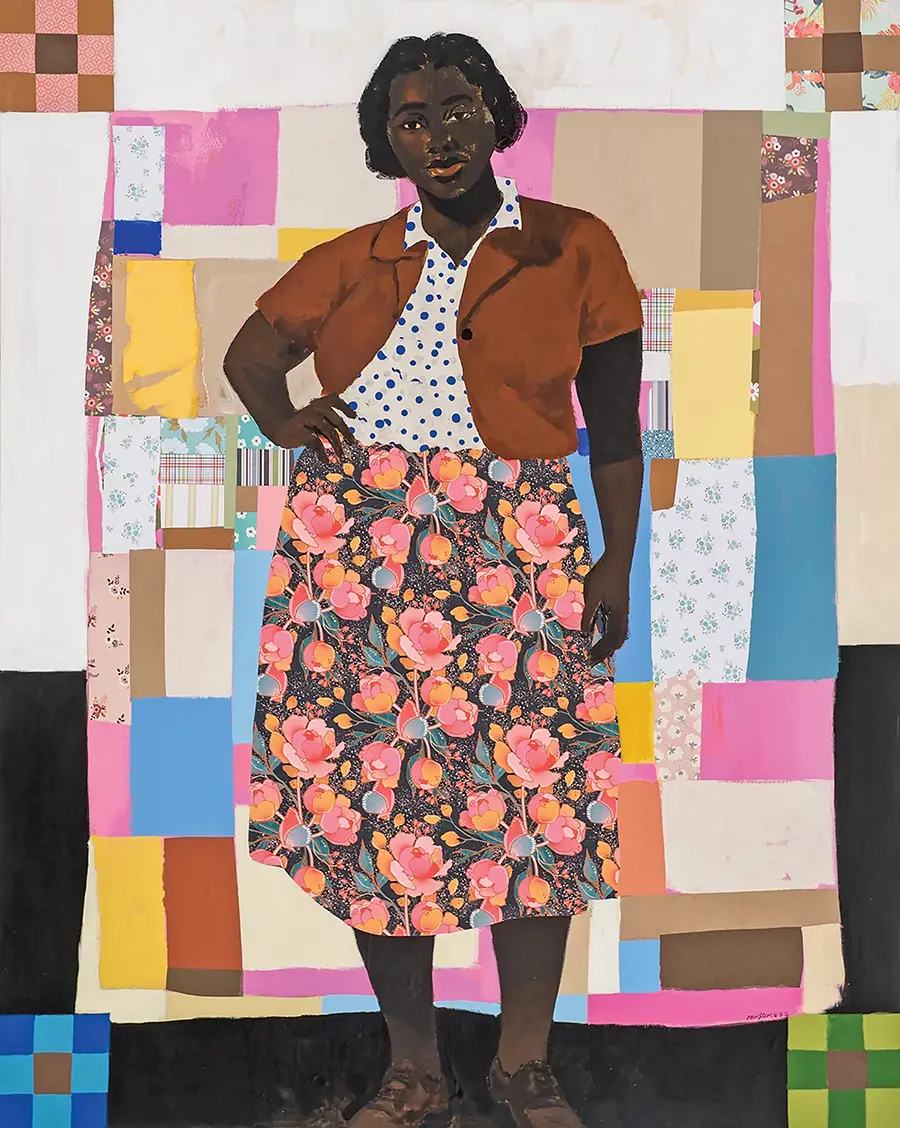
©Ransome

©Nancy Graves
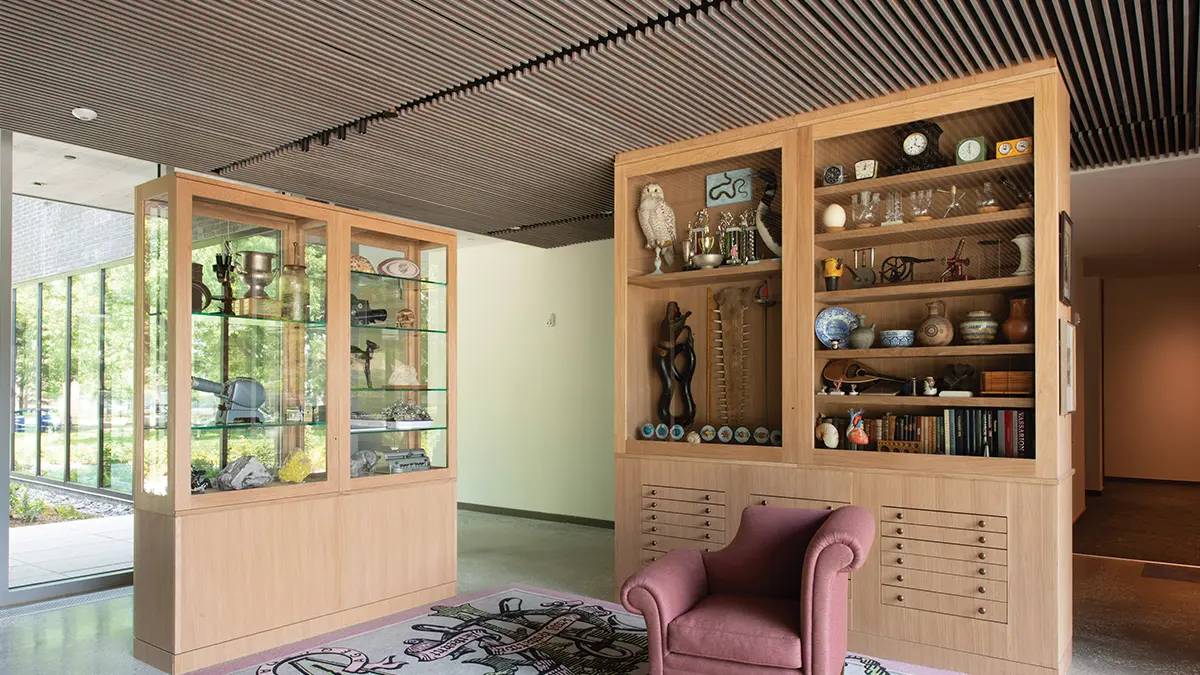
Jeffrey Jenkins
Contemporary Artists Take on Reproductive Health at the Loeb Art Center

Courtesy of the Whitney Museum of American Art, ©Joanne Leonard
Organized by the Museum of Contemporary Photography (MoCP) at Columbia College, Chicago, this exhibition iteration is uniquely presented at the Loeb. The exhibition has been curated by MoCP Chief Curator and Deputy Director Karen Irvine and Curator of Academic Programs and Collections Kristin Taylor, with local oversight by Jessica D. Brier, Curator of Photography at the Loeb Art Center, and made possible through the generous support of the Friends of the Frances Lehman Loeb Art Center Exhibition Fund.
“In bringing this exhibition to Vassar, it is important to me that we consider—and provide support for—our campus community and the larger surrounding community in presenting this material,” Brier said, noting that “many of the experiences referenced by the artists in the exhibition are deeply personal and will likely prompt a variety of responses for visitors.” She added that over the past year, the Loeb team worked “to design new ways of supporting visitors through the physical experience of the exhibition, opportunities for personal and collective reflection, public programs, and cross-campus partnerships. It is our hope that the exhibition will be a hub for the important work that these partners do in the realms of reproductive health, justice, and rights.”
The exhibition launched on October 3 with an opening reception featuring a conversation between artists Krista Franklin and Joanne Leonard and curators Karen Irvine and Kristin Taylor. It will be on view through February 2, 2025.
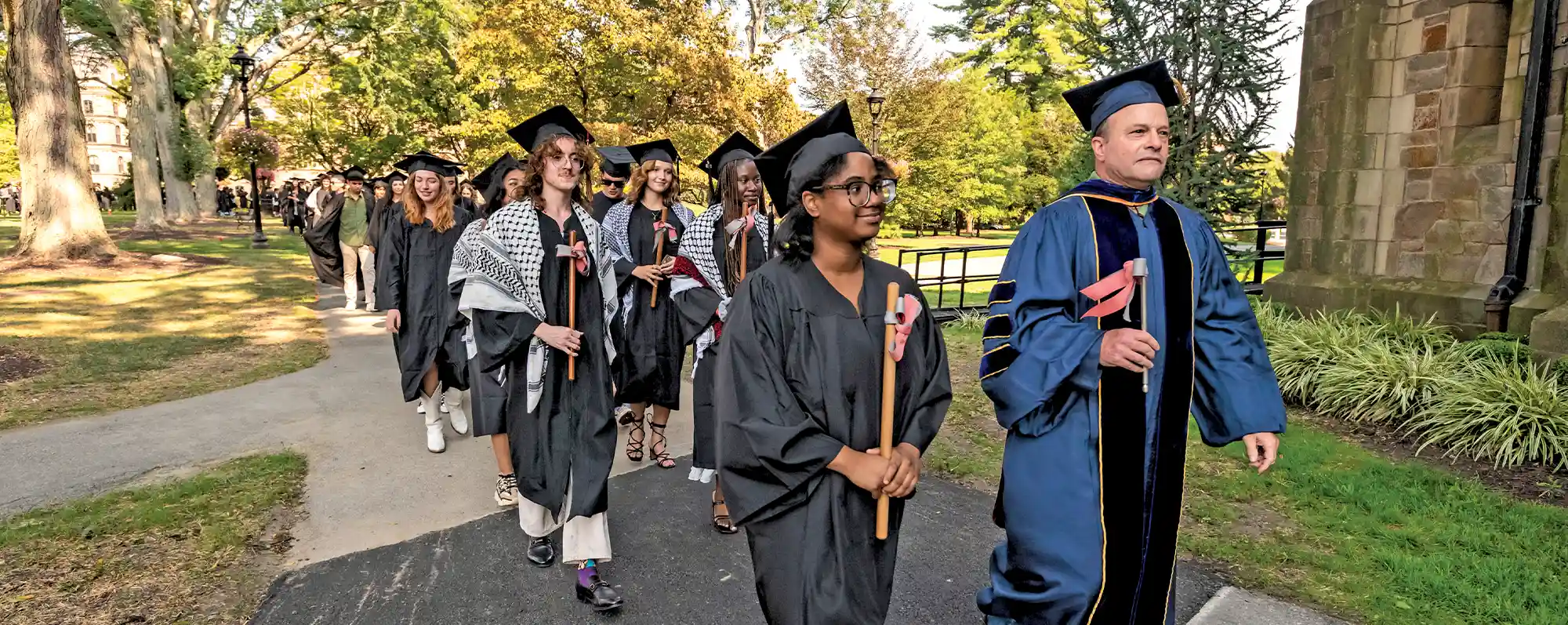
Karl Rabe
Convocation 2024
President Elizabeth Bradley set the tone for the event in her welcoming remarks, noting that the current state of “global tragedy, unrest, and instability” poses challenges for all of us. “Yet, as we are shown again and again, our futures are inextricably linked with each other,” Bradley continued. “And liberal arts education—which liberates the mind and opens our eyes to a broader, more nuanced perspective—can help us, can create community around learning, and can sustain us in our collective aspirations and our hope. Convocation reminds us of this underlying truth: that we are in this together.”
In his address to the approximately 1,200 in attendance, Professor of Political Science Himadeep Muppidi said the decades of political struggles in his native India—and the current rise of intolerance and hate here in the United States—had reinforced his belief that a liberal arts mindset, which he termed “globality,” was the key to combating people’s fear of those who look or worship differently.
Muppidi opened his talk by relating an experience he had on the day Prime Minister Indira Gandhi was assassinated by her Sikh security guards in 1984. He said he had taken a bus to the neighborhood where the prime minister had lived. On his return trip to Jawaharlal Nehru University (JNU), where he was a student, Muppidi saw angry mobs on the street who were intent on seeking revenge against anyone who was a Sikh. When the bus driver noticed there was a Sikh teenager on the bus, he advised the young man to hide under a seat. The teen did so and then exited the bus one stop before members of a mob boarded the bus.
Muppidi said the incident had caused him to reflect on how little he understood about the political dynamics of his country. “The driver understood things about the political situation that I, a student of politics, was barely conscious of,” he said. “I had been trained to think of mobs as composed of ignorant and illiterate people acting on irrational passions. Violence, I had assumed till then, emerged only from the unenlightened, but the leaders of these mobs, the people who planned and organized these attacks, were educated and modern Indians.”
When he arrived back on the JNU campus, Muppidi discovered the students, faculty, and staff had made plans to protect themselves from the violence that was happening in New Delhi. “The thoughtful actions of the students, faculty, and staff turned JNU into an island of sanity in a sea of political madness,” he said. “It was the globality-oriented education of JNU that made the crucial difference.”
Muppidi said that while JNU “was the most intensely political space I have ever known—with student groups representing a range of ideologies—it was also deeply nonviolent.” He said the reason for this was rooted in an observation made by Palestinian-American philosopher Edward Said, who observed, “No one today is purely one thing.
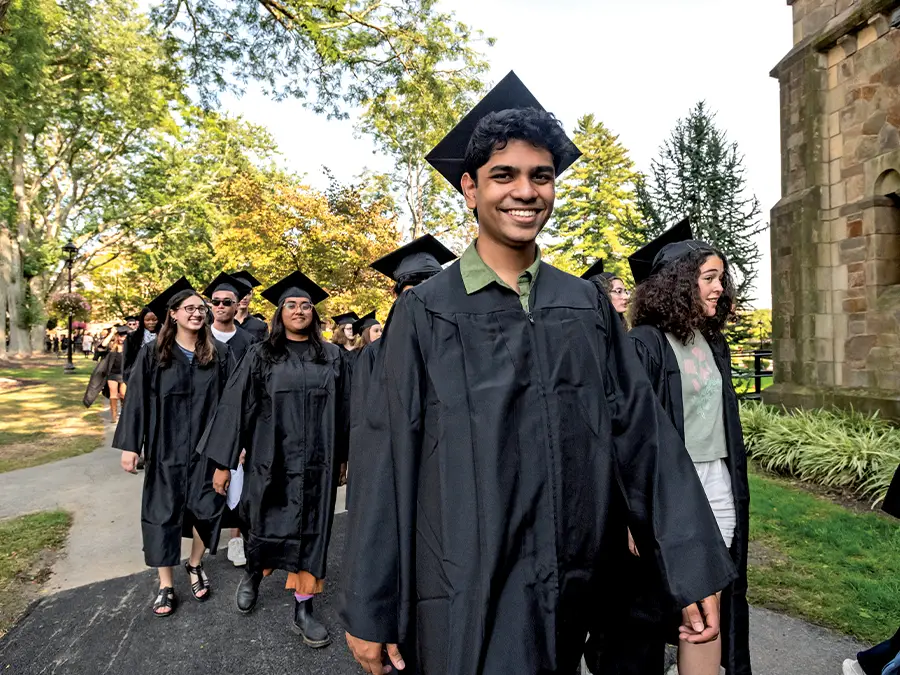
Karl Rabe
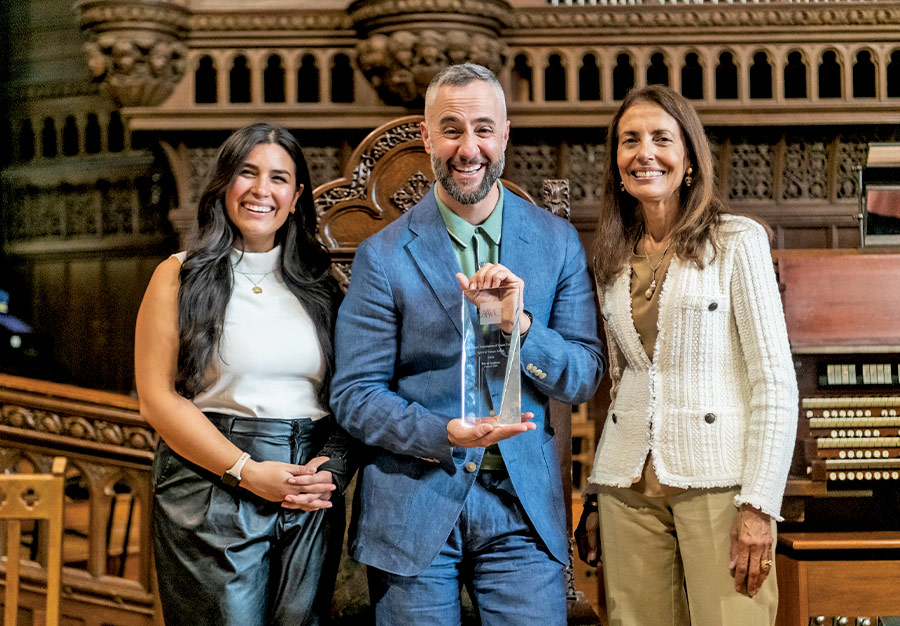
Karl Rabe
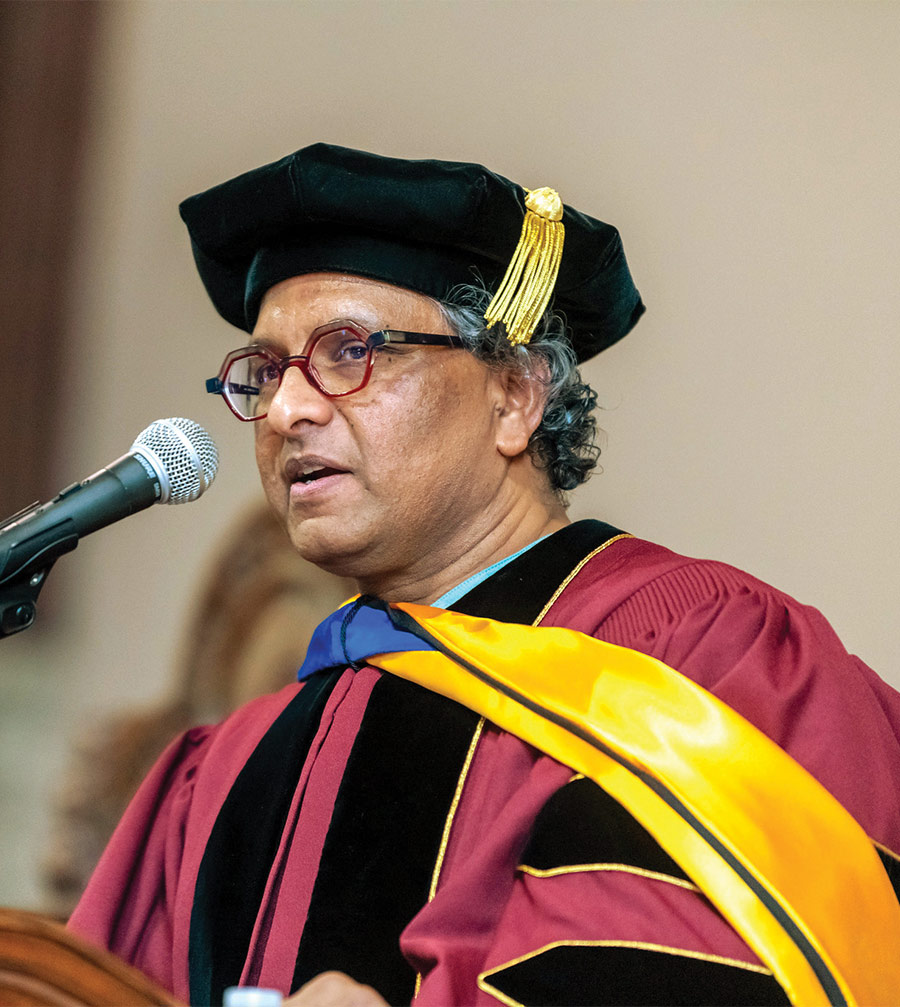
Karl Rabe
Muppidi asked the students in the audience to keep Said’s words in mind as they continued their academic journeys. “Seniors: I hope you have taken full advantage of the opportunities available here, through a liberal arts education, to craft an imaginatively wealthy life ahead,” he said. “If not, you have two full semesters to make up. First years: Immerse yourself in the globality, in the finer political, ethical, and aesthetic sensibilities, in the diversions and diversities, offered by the liberal arts community here. It is good for you, good for the political communities you are part of, and good for the world.”
Before Muppidi’s talk, members of the Alumnae/i Association of Vassar College presented David Ambroz ’02 with the AAVC’s 2024 Spirit of Vassar Award. Ambroz, who was homeless for part of his childhood and underwent abuse in foster homes, has been an outspoken advocate for those combating child poverty and working for reforms in the foster care system. In 2015 President Barack Obama presented him with a White House Champion of Change Award.
In presenting Ambroz with the Spirit of Vassar Award, AAVC President Monica Vachher ’77 noted that he was “not exactly your typical college freshman” when he arrived on the Vassar campus. “He had been a four-year-old begging for food in Grand Central Station with his mother and then became a champion of reform of the foster care system.”
In his acceptance speech, Ambroz exhorted the audience to join him in advocating for America’s 10 million children living in poverty. “Other than the laws of physics, everything is a choice. Child poverty is a choice. … I want us to make a different choice. I want us to make real what is the spirit of Vassar, which in my mind is a vision of a just and humane world.”
Earlier that day, in a talk he gave in the Jade Parlor, Ambroz had mesmerized an intimate gathering of students, fellow alums, and a few of his former professors as he read a chapter from his memoir about wandering the streets of Manhattan on Christmas night as a homeless five-year-old. His voice breaking, and at times altogether halting, Ambroz described what it was like to be one of the “night ghosts” seeking warmth from the fleeting blast of air from a subway grating. “Night is the worst time to be outside without a home,” he recounted. Ambroz also described how difficult it was to apply to college, when, as a newly emancipated foster child, he had barely anything the applications asked for—from a high school diploma to parents. While almost all of the schools sent back his application materials, “Vassar sent me a love letter,” Ambroz recalled, “which I still have.”
Students in attendance at Convocation also heard words of welcome and advice from Vassar Student Association (VSA) President Emily Doucet ’25. “I challenge you to explore a part of Vassar you haven’t experienced before,” Doucet said. “Many of us in the senior class have leadership positions that give us the opportunity to make Vassar better than we found it. It’s a place that needs to work for you, so let’s make it a year to remember.”
In case you missed it…
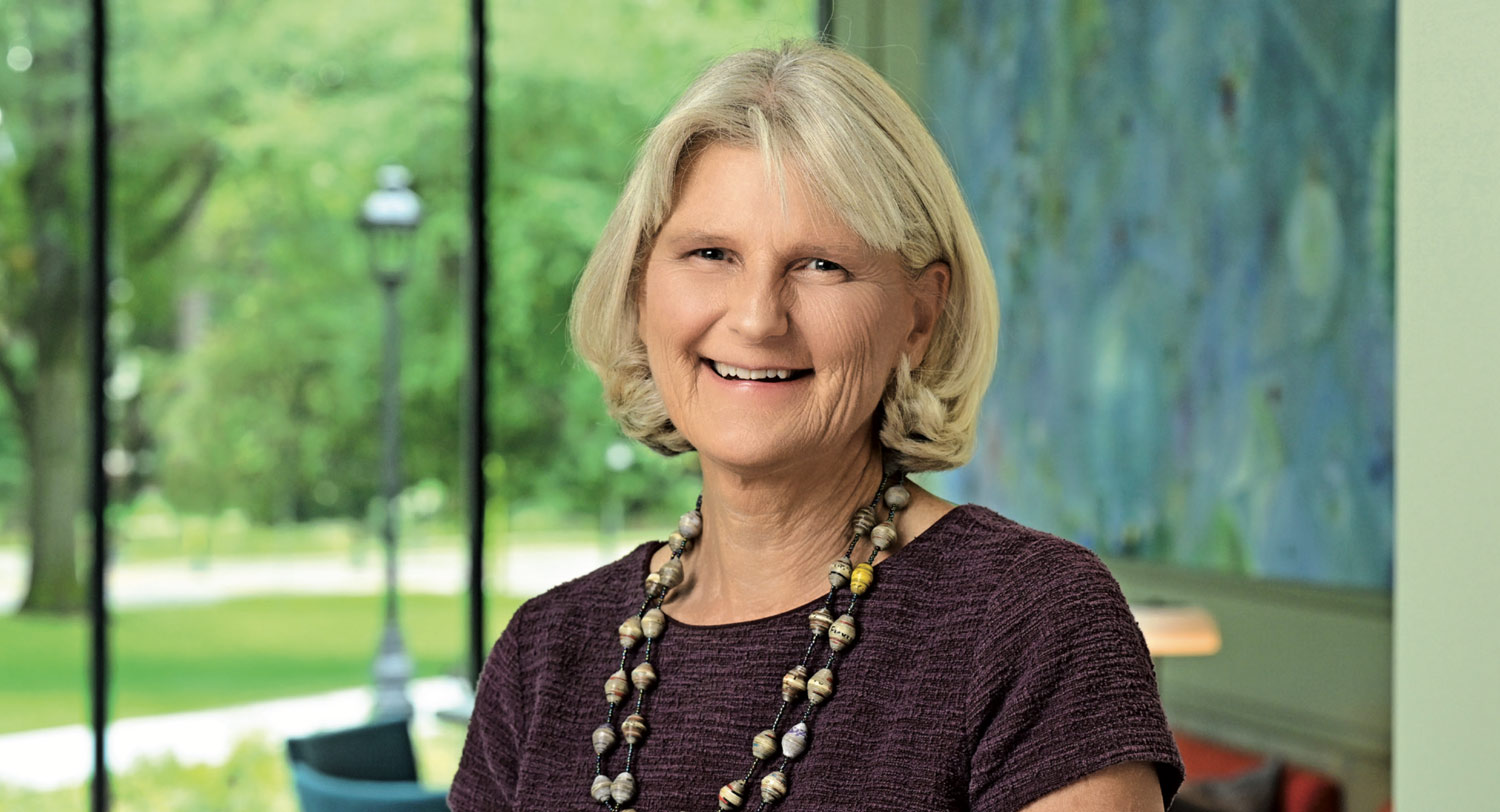
5 Questions for the President of Vassar College
By Josh Moody
Vassar College President Elizabeth H. Bradley joined Inside Higher Ed via Zoom for a wide-ranging conversation about the College’s commitment to the liberal arts, how higher education can win over an increasingly skeptical public, and what the sector should expect from Donald Trump’s second term in the White House. Her responses have been edited for length and clarity.
Tell me about the Institute for the Liberal Arts. What led to its creation and what is its purpose? And broadly speaking, how do you view the state of liberal arts in American higher education?
But when we talk about the liberal arts at Vassar, we are referring to a three-part approach to education. One part is the coursework, which is meant to be broad, not narrow. People are supposed to take courses in the sciences, the social sciences and the humanities, the arts, language, et cetera.
The second part is the pedagogy. The teaching style is inquiry-based, meaning students will not be lectured at, they won’t be told to memorize everything, they will be engaged in the conversation themselves, helping push boundaries on what they’re thinking and what the faculty are thinking, and really engaging those students heavily in their own education.
The third part of it is the culture. We try to deliver this in a culture that emphasizes equity in the classroom, where all voices can be heard, that emphasizes openness to new ideas and critique of the status quo. But I want to add not just the critique of the status quo but also the critique of the critique of the status quo, because the learning mind is one that can never know the answer and continues to be in pursuit of the truth. That’s what we consider the liberal arts education.
You co-wrote an op-ed for us back in August in which you discussed a breakdown in dialogue on campus. What can professors and especially presidents do to address this breakdown?
Learning is so messy. People make mistakes before they correct their mistakes, and that, by the way, is education. So I think we can’t overreact. We have to be patient, realizing this takes time.
The other thing that’s needed are faculty who are in a support structure that allows them to spend adequate time with a reasonable number of students. If you’re one faculty person, you have 60 students, and you’re trying to teach a huge curriculum, you’re just not going to have time to make those students feel engaged. I think the investment we talked about in that op-ed is fundamental. And I think presidents can behave in a way with students that fosters dialogue. That means you have to spend time with students face-to-face, you have to ask them what they think, and when they tell you something you don’t like to hear, you have to be patient with them and say, “OK, let’s evaluate that. Why don’t we think about that in other ways, too?” rather than just shutting it down. You have to create a relationship—I think it’s almost as simple as that. Create a relationship which is built on some amount of empathy and trust and hope.
What do you think led to this breakdown in dialogue? Is there an inflection point that you see?
The fact that a lot of our communication is now done very quickly and not face-to-face kind of sucks out the ability to say, “Wait a minute, we need some time. Let’s have a cup of tea together.” It makes the exchange so parsimonious—you don’t get all the body language and the facial expressions and the intonation of the voice, which all has information in it that builds empathy and trust. So the lack of that challenges us more.
A question I’m asking just about every college president these days: What do you expect from a second Trump administration? What are the immediate changes and challenges for the higher education sector?
We kind of have to act at two speeds at once, which is hard. We have to be totally ready to go and also just wait. My expectation is there will be a lot more dialogue about this. Institutions of higher education are already, and have been for some time, self-examining, asking, “What are we doing right? What do we wish we could do better?” We produce public goods like research and educated people who can foster a great economy. But what else do we do that has unintended effects? What are areas where we have not been able to appeal to a broad American public? We’re thinking about that and trying to understand it.
There is a lot of anxiety among presidents over the unclear regulatory environment ahead, business challenges, social tensions, and so on. But what are you optimistic about? What gives you hope?
To come full circle, the Institute, where we began, also gives me hope. We just opened six weeks ago or so, and two weeks ago, we had great opening ceremonies and a wonderful panel on [artificial intelligence] and the future of work. The take-home message was that at the precipice of this enormous explosion in AI, the most important sort of human-valued jobs and characteristics will be empathy, creativity, being strategic about how groups work, and working across differences.
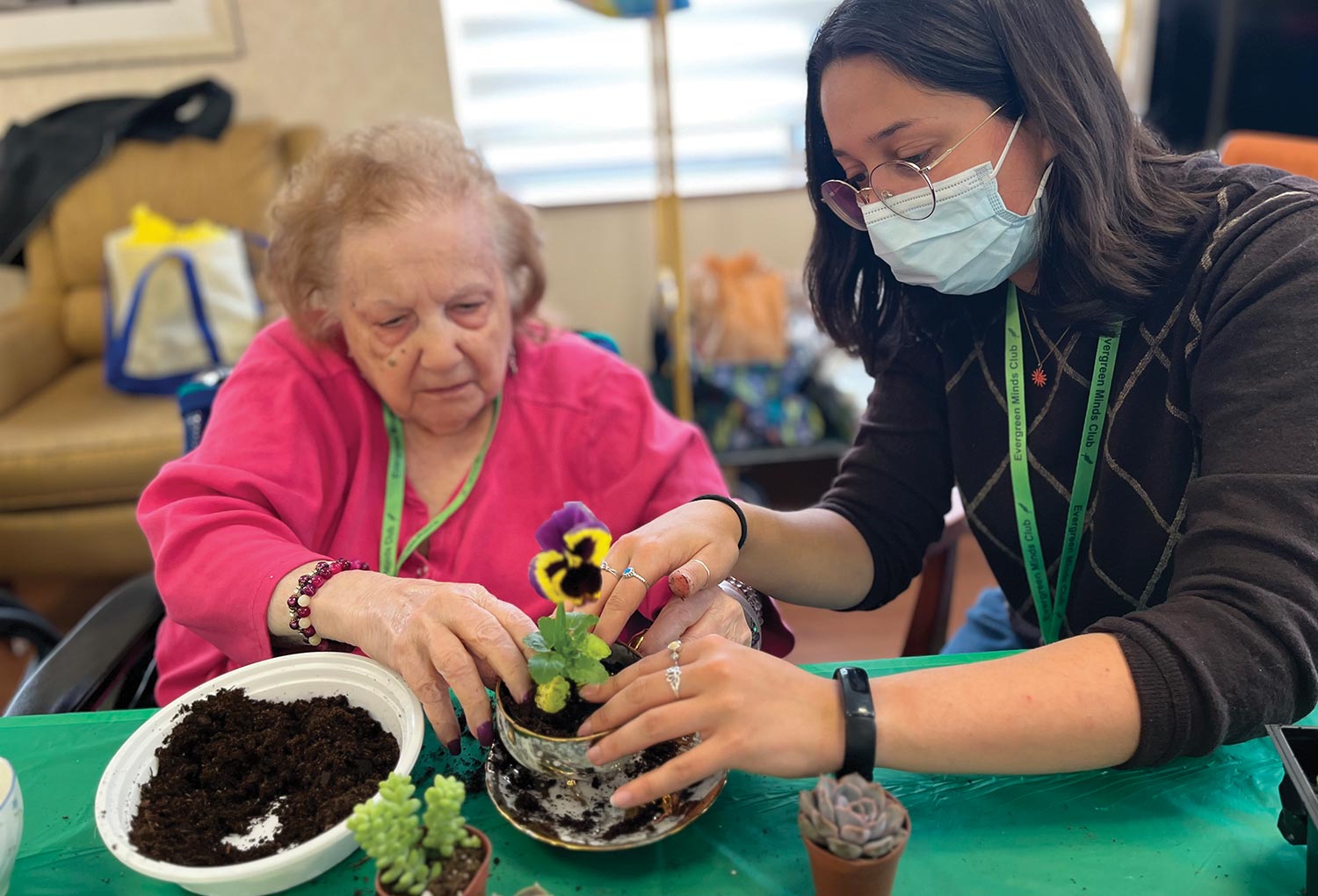
Community-Engaged Learning
A Link to Community and Real-World Experience
These programs provide students with opportunities to extend their learning beyond the classroom and meaningfully engage with Poughkeepsie, Dutchess County, and the greater Hudson Valley. Whether tutoring local schoolchildren or working with a nonprofit organization, Vassar students can apply their classroom knowledge to real-world contexts that benefit others.
Connecting Students with Nonprofits
“Community-engaged learning within a liberal arts setting is—and should be—a vehicle in which individuals explore their own identities, discover their passions, explore what justice means to them, and ultimately understand their place in this world,” Elizabeth Cannon, Director of OCEL, said. “My hope as an educator and practitioner in the field is that students graduate with self-awareness, critical analysis skills of the root causes of social injustices, and the knowledge, tools, and agency to create a more just world.”
The OCEL originated as the Field Work program in 1949, emphasizing civic and community engagement, and evolved from the 1990s to 2017 by integrating various disciplinary theories and practical experiences. In 2017, it was officially renamed OCEL, enhancing the collaboration between Vassar and local organizations.
Today, the program still fosters those partnerships, working with organizations focused on a variety of issue areas ranging from food insecurity to housing justice to legal access. In the 2023–2024 academic year, 195 Community-Engaged Learning students worked with over 85 local and community-based organizations.
Six core programs make up OCEL: the mentorship- and reflection-based Civic Engagement (aka VassarVotes), the Community Fellows summer program, Community-Based Research, Community Service Work-Study, and Community-Engaged Curriculum.
The Community-Engaged Curriculum initiative, funded by a Mellon Foundation Community-Engaged Intensives in the Humanities (CEIH) grant, allows a reimagination of how curricular initiatives can support high-impact learning experiences, by giving faculty the ability to develop a new course or reinvent an existing one that addresses an issue identified by the community.
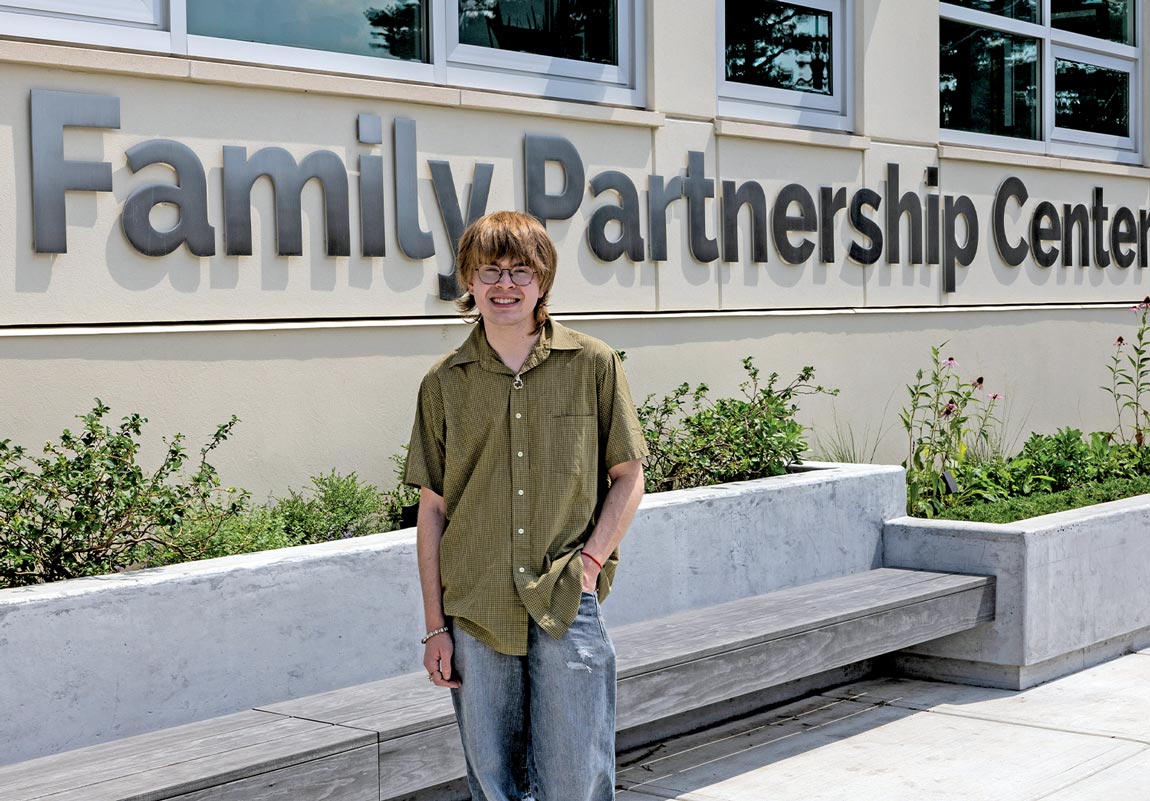
Jake Lefort ’27 works with Vassar’s after-school program, VAST.
Buck Lewis
Sasha Zweig ’25 worked with Evergreen Minds, a nonprofit that provides those living with dementia and their caregivers opportunities for stimulating experiences in nature and the expressive arts. “I had learned about some aspects of dementia in my neuroscience classes, but I wanted to have more hands-on interaction with people,” she said. “This experience was incredibly powerful and empowering. I learned things I wouldn’t have been able to learn just in a traditional lab setting. I learned about teamwork, listening, empathy, and the power of engaging with folks often forgotten. I was able to really connect the dots between my classes.”
Habitat for Humanity of Dutchess County, Poughkeepsie Farm Project, Dutchess County Pride Center, Exodus Transitional Community, and The Art Effect are a few of the other organizations with which OCEL has partnered.
“I chose to do community-engaged learning because I knew I wanted to do more work with the local community but had no idea how to get involved,” Nicole Ezell ’25 said. “While liberal arts education has been good for studying theory, CEL has helped me apply it in real life. As a political science major, I can see how the politics I study impact the communities I work in.”
Community Partnerships
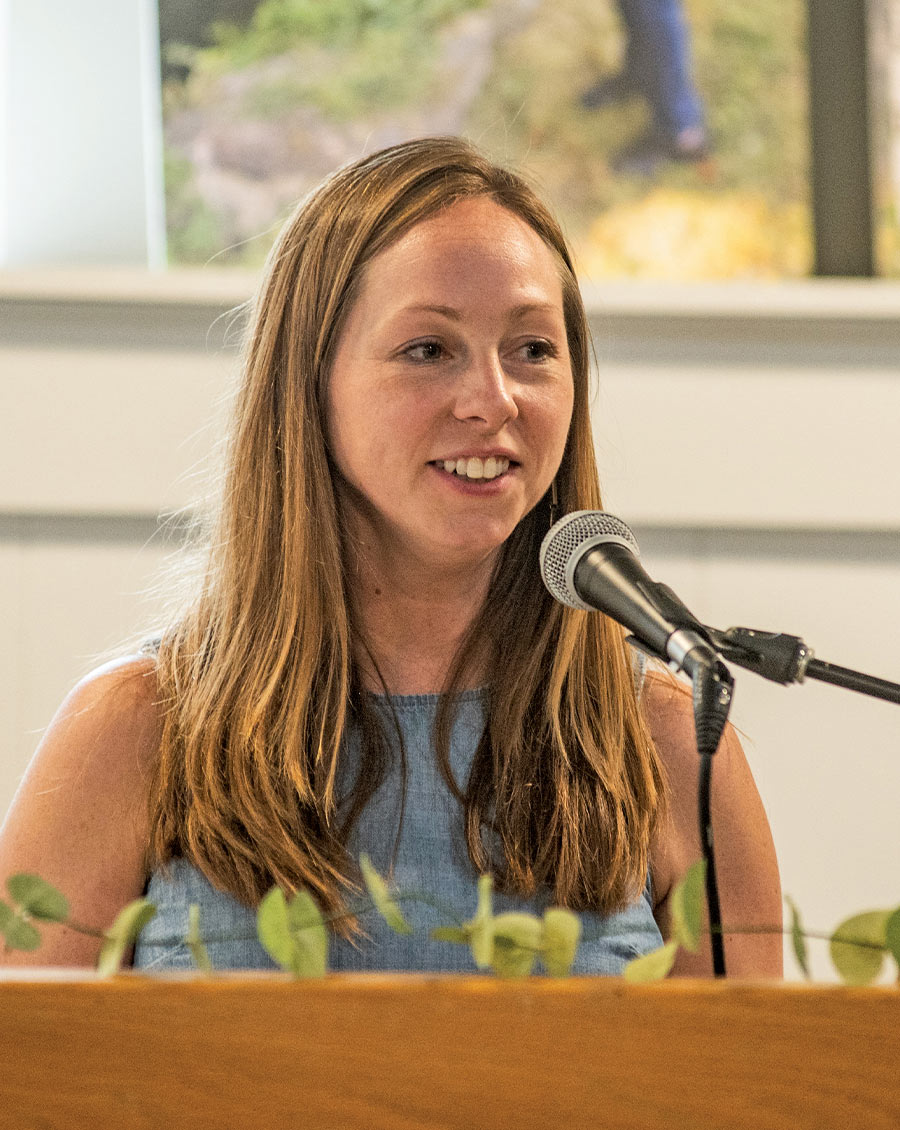
Elizabeth Cannon is the Director the Office of Community-Engaged Learning.
Kelly Marsh
VEC comprises three programs, each offering unique experiences for both Vassar students and local schoolchildren: Vassar After-School Team (VAST), Vassar English Language Learners Program (VELLOP), and Exploring College (EC).
VELLOP sends student volunteers into local districts to help schoolchildren learning to speak English. The VAST program pairs students with middle schoolers for after-school homework help, mentorship, and other activities.
“VAST gave me a love for the community,” Jake Lefort ’27 said. “My student never really had homework, and she was coming to VAST for good food—besides her cafeteria food—and for the community. These are kids who have beautiful ideas. It’s inspired me to do more work in the community, to try and get to the root of some other problems facing Poughkeepsie.”
What begins as a two-week summer residential program, Exploring College is an introduction to college-level material, Vassar itself, and the college application process, and acts as a team-building initiative. During the academic year, the program mentors meet with students three timesa week to support the college application process.
Kayla Hawkins ’27 was a student in the Exploring College program before attending Vassar. Now, as a mentor in the program, she’s helped students navigate the college experience, something she’s deeply grateful that her mentors did for her.
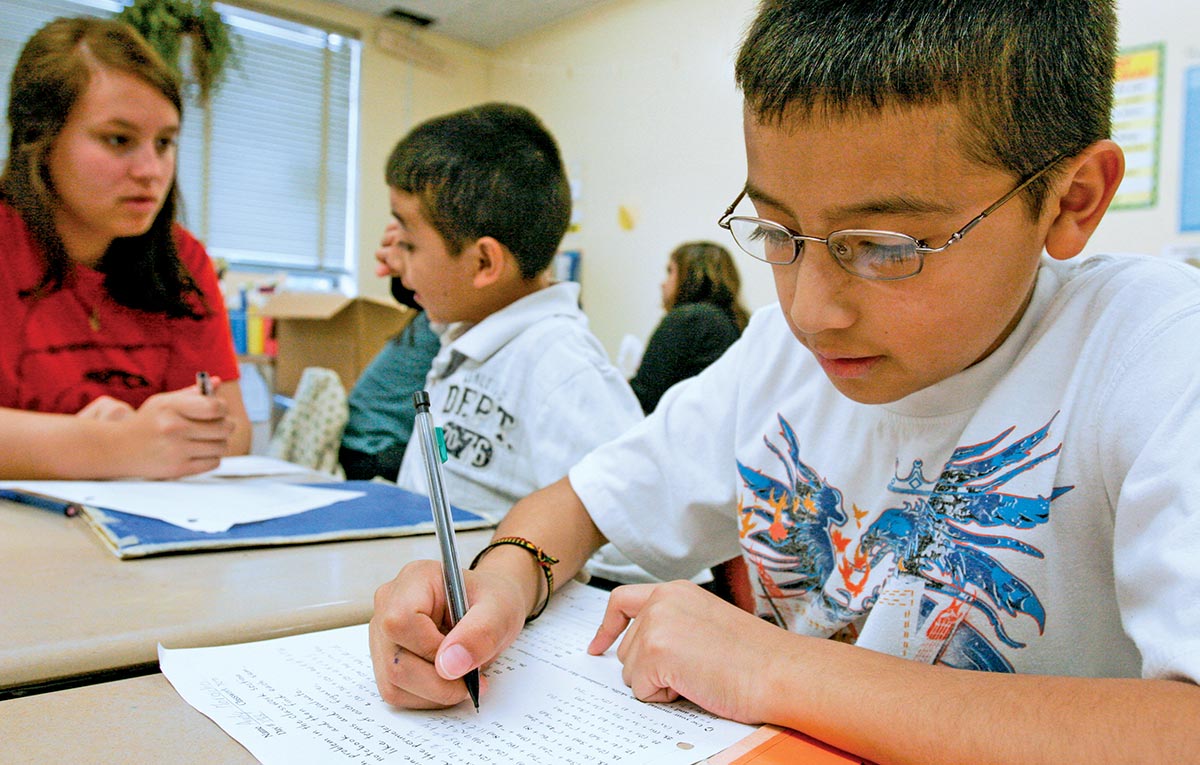
Vassar students in VAST provide after-school homework assistance to local school children.
Johanna DeKrey
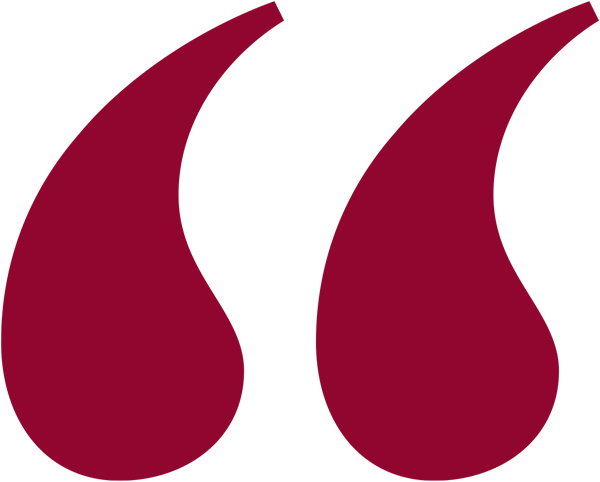
“Programs like EC provide a space of community for these students that they don’t commonly have access to,” Hawkins said. “Working in EC helped me navigate a new space like Vassar without being divorced from my connection to my hometown.”
Real-World Collaboration
NaJa Jackson ’18 was in the Exploring College program as a high schooler and became a mentor while at Vassar.
“This program opens students’ eyes to the college experience, yes, but it also gives parents a chance to see how life will be when or if their student moves away for college,” Jackson said. “Many people focus on the academics, but college is learning how to balance academia with mental health.”
Now a Poughkeepsie High School English teacher, Jackson hosts a couple of VEC students in her own classroom.

Naja Jackson ’18, a former participant in Exploring College at Vassar, now teaches in Poughkeepsie and says her students greatly benefit from Vassar’s assistance.
Karl Rabe
Through these important programs, Vassar students are sharing their skills and discovering more about themselves all while exploring and helping the area that surrounds the College.
“Our student’s expertise at research has assisted Habitat Dutchess in expanding our deliverables for our Advancing Black Ownership Initiative,” Jennifer Radicone, COO of Habitat for Humanity of Dutchess County, said. “He increased our capacity by assisting in data research on national, county, and local municipal levels. We greatly enjoy participating in OCEL and have a returning student and a new one this semester!”
To learn how you can support OCEL and VEC, visit campaign.vassar.edu/the-campaign or contact Gregg McCarty via email at gmccartywang@vassar.edu or by phone at (845) 437-5409.
Vassar’s Exploring Transfer Program Inspires Initiatives at Other Colleges
Haverford and Bryn Mawr colleges are planning to launch a program for community college students modeled after Vassar’s Exploring Transfer program.
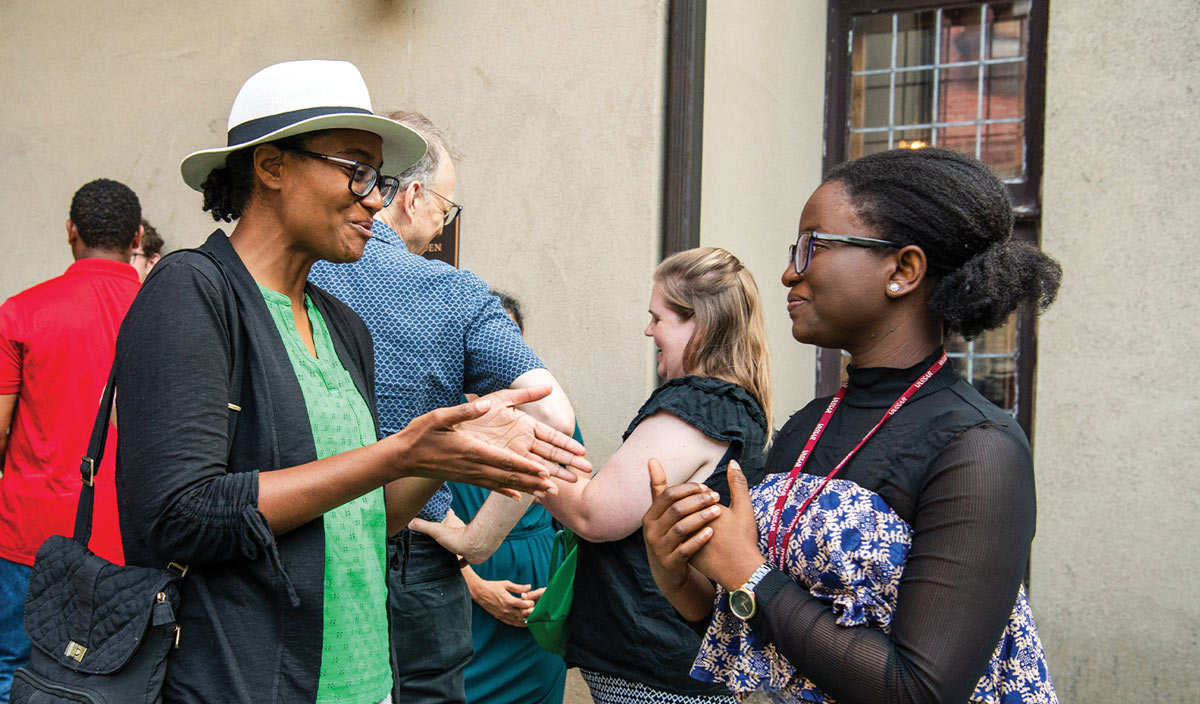
Dean Wendy Maragh Taylor, left, congratulates a 2024 ET graduate.
Kelly Marsh
According to a recent study conducted by the College, Exploring Transfer (ET) has been spectacularly effective. While only about 17 percent of all community college students ever attain a four-year degree, more than 70 percent of those enrolled in Exploring Transfer have done so.
Armed with these findings, President Elizabeth Bradley and a team of faculty and administrators launched Exploring Transfer Together to encourage other liberal arts colleges to consider creating ET-like programs of their own. That effort paid its first dividends this summer when administrators at Bryn Mawr College and Haverford College, both located in suburban Philadelphia, announced plans to host a joint program in the spring of 2025. The five-day session for 15 community college students will be held on both campuses and will be co-administered by Cheryl Horsey, Chief Enrollment Officer at Bryn Mawr, and Raquel Esteves-Joyce, Assistant Vice President for Student Diversity, Equity, and Access, at Haverford.

Both Horsey and Esteves-Joyce said their respective colleges had policies in place to encourage applications from community college students and that the pilot program had the wholehearted support of their respective college presidents—Bryn Mawr President Kimberly Wright Cassidy and Haverford President Wendy E. Raymond.
Vassar’s support included funds from a grant the College received from the ECMC Foundation to promote the Exploring Transfer Together initiative.
Marianne Begemann, Dean of Strategic Planning and Academic Resources, who co-taught one of the courses at Vassar’s first ET session in 1986, said she had long appreciated the value of the program. “Eighty percent of community college students say they want to graduate from a four-year college but fewer than 20 percent actually do,” Begemann said. “As a a nonprofit institution, Vassar should play an active role in contributing to the social good, and the College has been dedicated to doing so through this program.”
Countering Injustice
Vassar Develops Policies and Programs to Encourage, Support, and Build Relationships with Native Americans
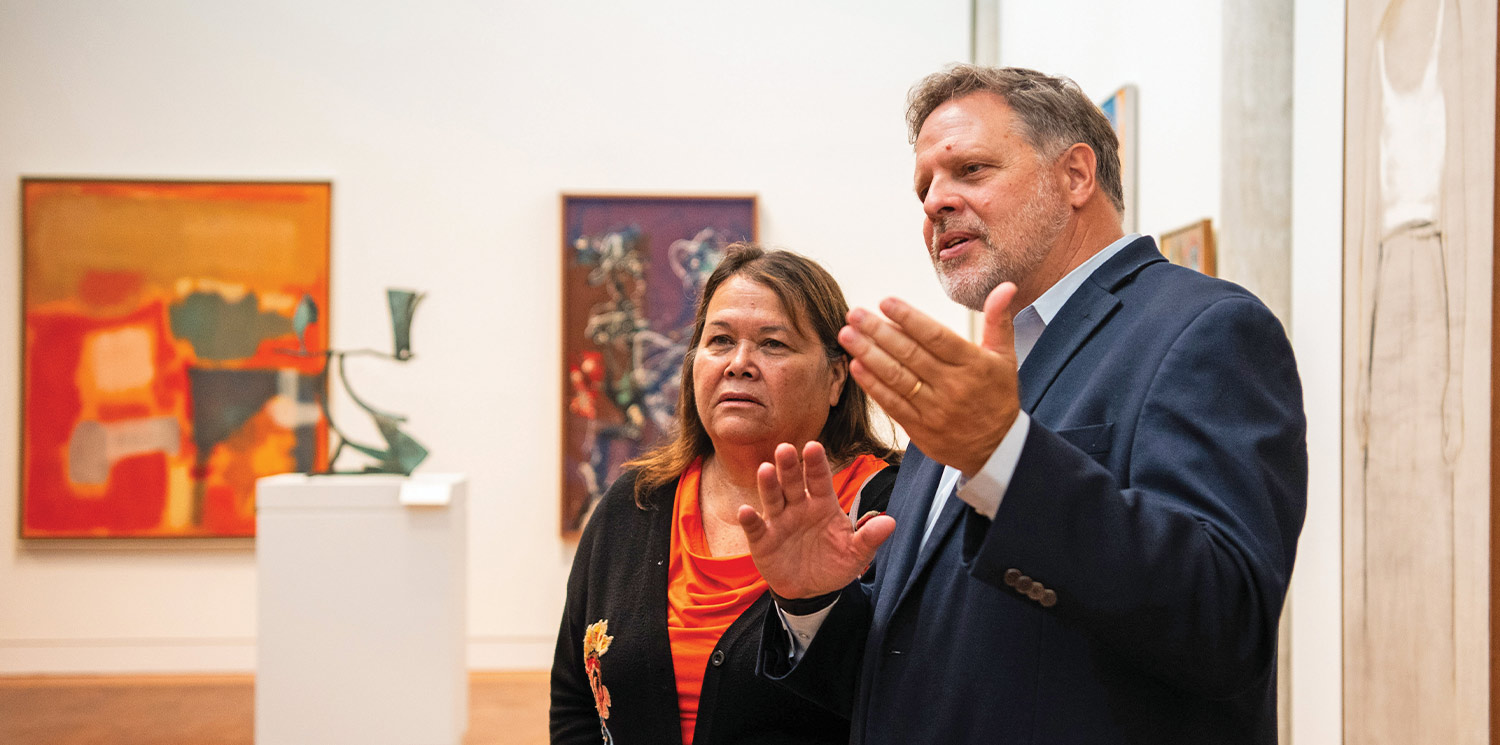
Kelly Marsh
One of the key components of the effort to confront past injustices is contained in the College’s Land Acknowledgement, which declares that Vassar sits on land improperly seized from the Stockbridge-Munsee tribe of the Mohican Nation, as well as the Delaware Nation and Delaware Tribe. The Land Acknowledgement concludes by declaring that simply stating that the College has benefited from this injustice “is hollow without our efforts to counter the effects of structures that have long enabled—and that still perpetuate—injustice against Indigenous Americans. To that end, we commit to build and sustain relationships with Native communities; to expand opportunities at Vassar for Native students, as well as Native faculty and other employees; and to collaborate with Native nations to know better the Indigenous peoples, past and present, who care for this land.”
It was this portion of the Land Acknowledgement that led to a daylong visit to the Vassar campus last month by Stockbridge-Munsee Tribal Liaison Sherry White. White was invited by Bart Thurber, Director of the Frances Lehman Loeb Art Center and a member of the Native American Advisory Committee. Thurber said he was spurred by the concluding sentences of Vassar’s Land Acknowledgement to travel to the Stockbridge-Munsee Reservation in Wisconsin, where he first met White this summer. The trip was facilitated by a Vassar alum, Gwendolyn Saul ’01, a cultural anthropologist at the New York State Museum in Albany that collects contemporary works of art by Indigenous communities affiliated—both historically and currently—with the state.
Thurber attended the 48th Annual Stockbridge-Munsee Mohican Powwow with Loeb intern Maya Armus ’25 and Ian Shelley ’22, the Loeb’s Collections Curatorial Fellow. “I would anchor our visit to Wisconsin and Sherry White’s visit to Vassar to this last portion of the Land Acknowledgement,” Thurber said. “That was the genesis of the commitment to help strengthen Vassar’s relationship with the Stockbridge-Munsee in this way.”
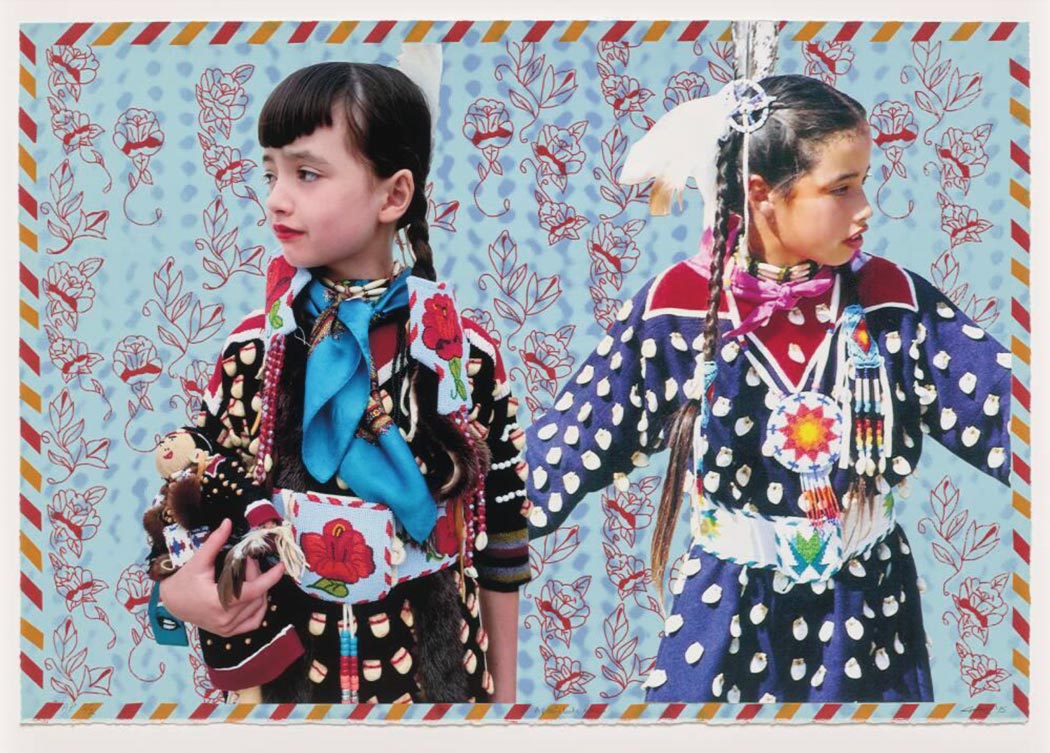
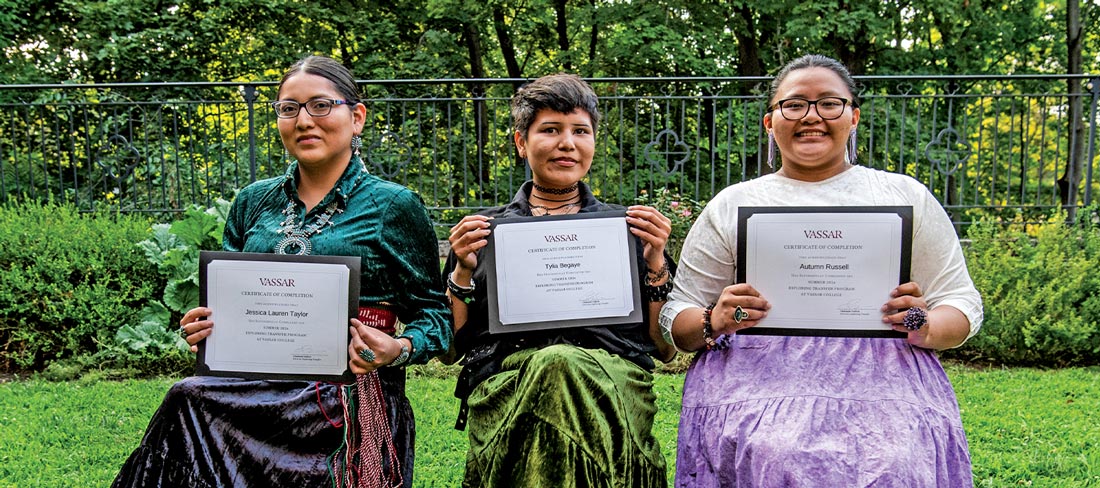
From top: The Loeb’s latest exhibition showcases artwork by Native American artists. The piece “Apsáalooke Roses,” 2016, by Wendy Red Star (Apsáalooke, b. 1981), is composed of inkjet prints mounted on color lithograph. Several students from Diné College, a Navajo institution in Arizona, participated in Vassar’s Exploring Transfer program this summer. The College hopes the exchange will encourage other Native students to take part.
From the top: Courtesy of the artist / Kelly Marsh
“This exchange was a significant step in promoting mutual understanding and partnership between Vassar and the Stockbridge-Munsee Tribe,” White said. “The ongoing dialogue and collaboration aim to enhance educational opportunities and cultural exchange for both communities.”
NAISA Co-President Peter Campbell ’26, a geography and economics major from Brisbee, AZ, and a member of the Hopi tribe, said he and White talked about inviting Stockbridge-Munsee high school students to Vassar “to give them a firsthand experience about what college life here is actually like.” He said NAISA’s principal goal is to raise awareness about Native American culture, thus there is no requirement that its members be Native Americans themselves. “A lot depends on having people who aren’t necessarily Indigenous to be part of this,” he said. “We welcome everybody into the group.”
President Bradley said White’s visit was an example of the College’s commitment to engaging with Native Americans on a personal level. “Native Americans have been marginalized by our government and our society and culture, and the College is always looking for ways to promote equity and inclusion,” she said. “We want to ensure that this can be their home, too.
“In addition, Vassar is all about primary sources for learning,” the President said. “How can we understand our history without these voices?”
Bradley noted that Vassar has included students from Diné College, a Navajo institution in Arizona, in its Exploring Transfer program, and she said she spoke to White about encouraging Stockbridge-Munsee students and faculty members to take part in the program, as well. “We know we all can benefit from gaining their perspective,” she said.
Professor of English Molly McGlennen, who helped establish the Native American Studies Correlate, said she and Bradley had talked to White about reaching out to Stockbridge-Munsee high school students to arrange College visits and other support. McGlennen added that she is excited about the growth of the Native American Studies curriculum. “Assistant Professor of Political Science Mallory Whiteduck and I are co-teaching a new course entitled Native American Visual Sovereignty, and we are also in the middle of a nationwide search for a new tenure-track position in Native American Studies,” she noted.
Thurber said he and others at the Loeb intend to continue to build the relationship with the Stockbridge-Munsee tribe. “Our goal is to keep the dialogue going,” he said. “I talked to Sherry about returning with another student, and possibly a faculty colleague, for the powwow next year.”
Who Were the Pioneering
“She-Wolves” of Wall Street?
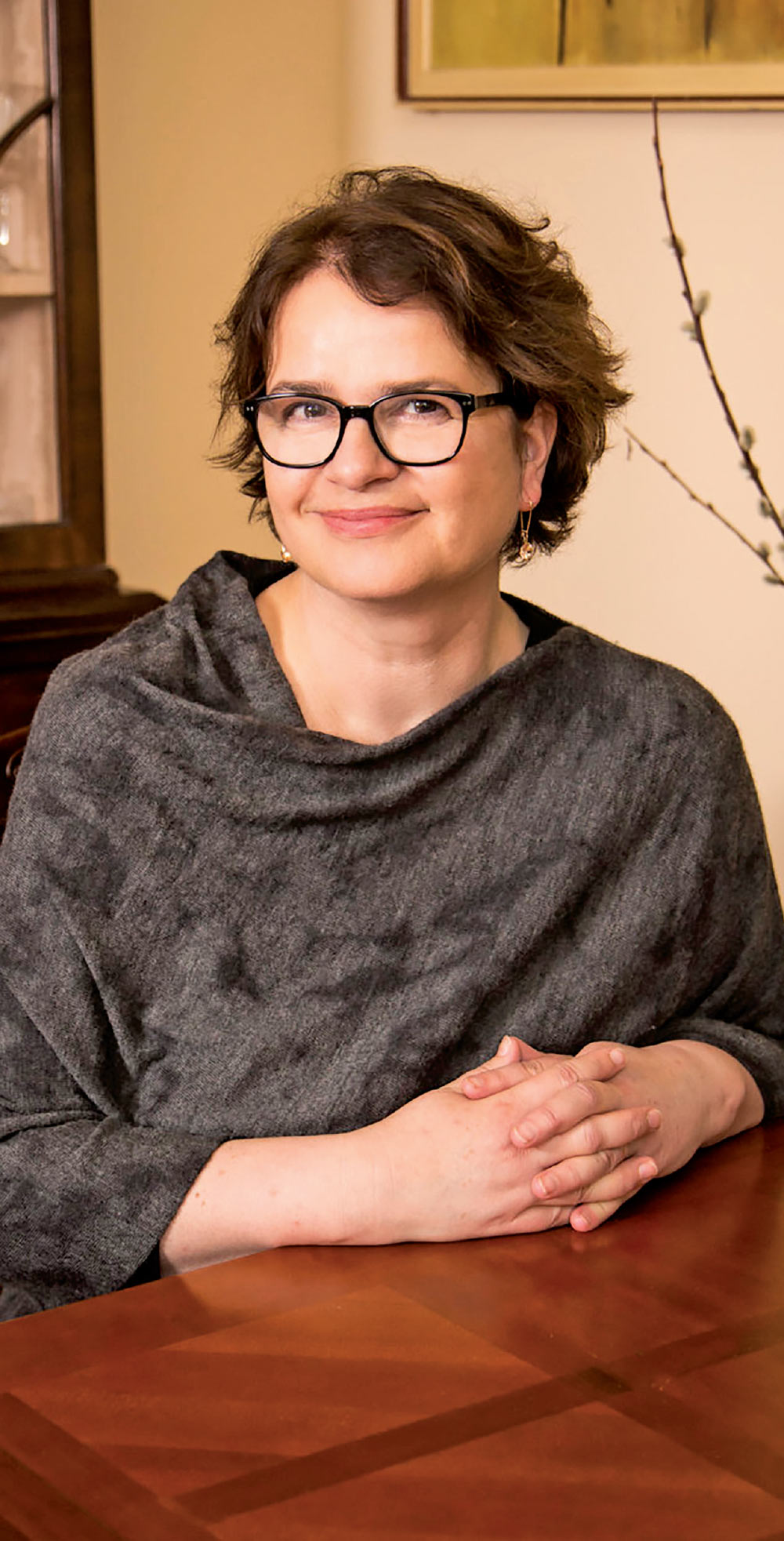
What originally piqued your interest in the female pioneers of Wall Street?
You go as far back as the New York Stock Exchange’s beginnings in 1792, but your book focuses on the period from the 1960s to September 11, 2001. Why did you choose that timespan?
But returning to the timeline, I think those 50 years were simply fascinating. The first women to arrive experienced a Wall Street vastly different from what it is today: It was men—all men. There were “No ladies” signs on the area’s dining clubs, two-martini lunches, much after-lunch groping, and all of this within what was a very secluded enclave on the tip of Manhattan. The area was peppered with small brokerage houses alongside the major firms, and it was at these small partner-owned brokerages where women got a foothold.
Almost all of them started as secretaries and looked and listened and began to climb that steep and treacherous ladder, a climb that usually began in the research departments as analysts, recommending stocks to their firm’s clients, in large part because they could sign their reports with initials, thereby passing as men.
Many of these early women were college dropouts from the outer boroughs of New York, who found themselves almost accidentally on Wall Street but, in the process, discovered a place where, with thick skin and chutzpah, you could actually go beyond the secretarial pool. When in the early 1980s Wall Street exploded onto America’s stage, and it suddenly became the place to be, a new generation of women came pouring in—a very different type of woman—and tensions ensued. And one can say the same for the early 2000s. It’s a very dynamic story.
Tell us about one thing you discovered during your research that truly surprised you.

You interviewed many “she-wolves.” Is there an anecdote that singularly encapsulates what the women of Wall Street faced at the beginning of this era?
Whom did you enjoy speaking with the most in the course of your research?
Did you encounter any Vassar she-wolves?
But I received an interesting email from Mark Higgins and Bethany Bengtson, who are writing a piece on Hetty Green, a rare and iconic woman on Wall Street in the 19th century; a successful investor, she was both America’s wealthiest woman and a famous miser (she would stuff old newspapers under her dress to keep warm and save on heating), but also a charitable person. She left her fortune to her children, but with no heirs of their own, in the early 1950s, her daughter left her mother’s money to 63 organizations, including Vassar College!
What has changed for today’s women of Wall Street, and what hasn’t?
As the historian Judith Bennett argues (in a book chapter that we teach in Introduction to Women, Feminist, and Queer Studies), there is change and there is transformation. But change should not automatically be mistaken for transformation. In other words, don’t be fooled by change (lots of women on Wall Street now), and assume there’s a radical transformation taking place.
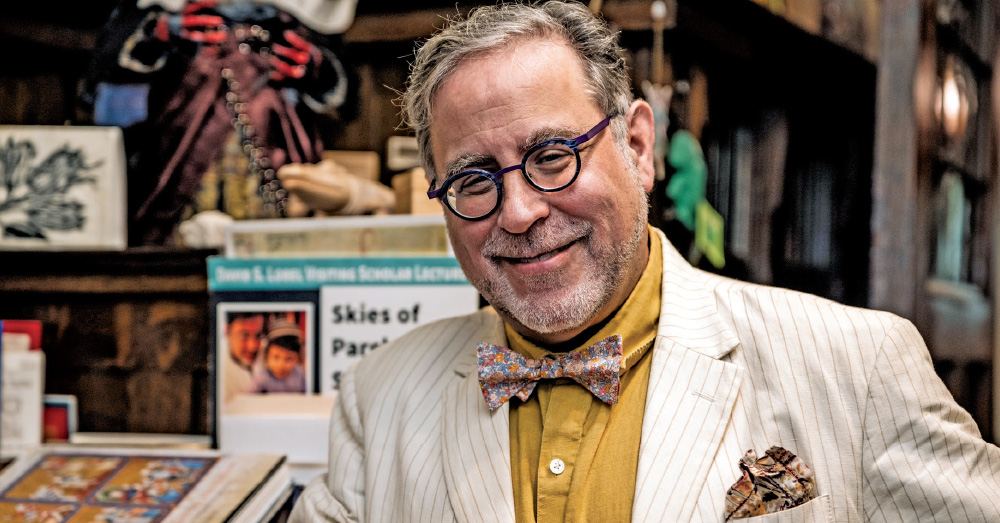
Award-Winning Director of Jewish Studies Nurtures Students of All Backgrounds
However, as his students and virtually anyone who has ever met him can attest, simply describing Marc Epstein as a scholar of Jewish history and culture is woefully inadequate. As Director of Vassar’s Jewish Studies Program, he works with fellow faculty members—including his spouse, Professor Rabbanit Ági Vetö—to shape a vibrant and diverse curriculum for Vassar students, many of whom are not familiar with Judaism at all. “I like to think that Jewish Studies can provide a way of looking at issues facing all of humanity, starting with its ancient history and traditions and leading to horizons unknown,” Epstein said. “Jews were a tiny people who changed the world, and who have been making history ever since.”
Vetö, who also coordinates Vassar’s Hebrew Language Program, teaches courses in Hebrew Bible, Jewish law, the idea of the Land of Israel before the creation of the Jewish state, and a course that examines anti-Judaism and antisemitism, a topic that became particularly significant in the wake of the October 7, 2023, attack on Israel and the subsequent war in Gaza. “Students have a hard time talking about this, so it’s important that we help make them comfortable doing so,” she said.
But perhaps Epstein’s most significant impact on students’ lives doesn’t happen in the classroom but rather in his home adjacent to the campus where he and Vetö host dinners and wide-ranging discussions, often two or three nights a week. “It’s something I’ve always done,” said Epstein, who earned his PhD at Yale and started teaching at Vassar in 1992. “I did it because some of my very best experiences in college involved getting to know my professors and being invited into their homes. We want our students to feel a connection and know that we will support them in whatever they are going through.
“We pick students up at the train station, we get their prescriptions filled at the pharmacy, and talk to them any time they are in crisis,” Epstein continued. “We are here to listen. We’ve been through a lot ourselves, so we’re in a place where we can offer advice.”
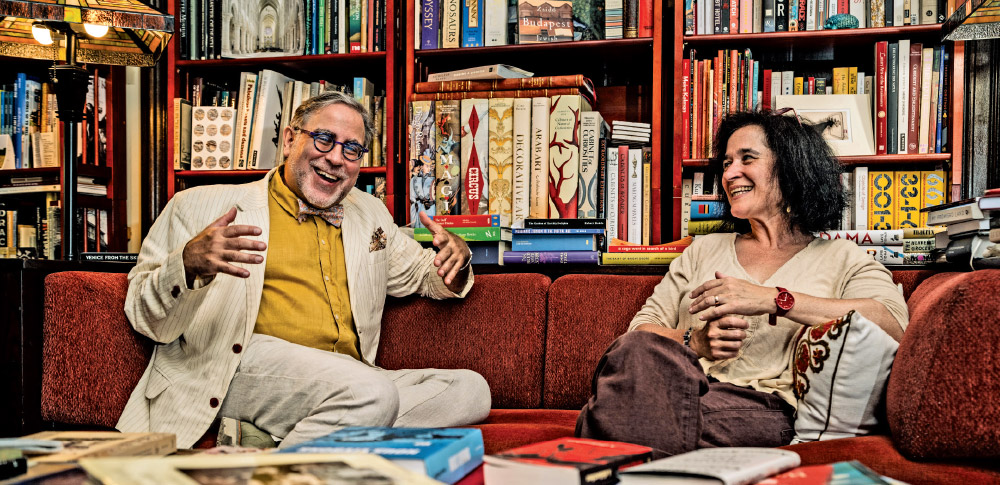
Lucas Pollet
One of Cahn’s classmates, Theo Burstyn-Paul ’27, said he had not planned on taking part in Jewish life on campus when he first enrolled, but that changed almost immediately when his roommate, Sean Miller ’27, returned from the lecture Epstein had given at the start of the semester. “Sean came back to the room and said, ‘This guy is incredible, we have to take his class,’” Burstyn-Paul said. “And Sean’s not even Jewish. He’s from a small town in New Hampshire, and I don’t think a single Jew lives there.”
Burstyn-Paul, who describes himself as a “Jewish agnostic,” said he has always felt safe on the Vassar campus, although he was affected by some events in the wake of the October 7 attacks in Israel. “Some of the language that was used in the protests on campus caused some anxiety, but I don’t think students have the intent of being antisemitic,” he said.
During those stressful moments, Epstein served as a thoughtful, calming presence, Burstyn-Paul said. “He’s someone who pushes you to think deeply, and he’s incredibly open to all views and beliefs; he just wants to foster your learning.”
Two Vassar alums who recently made a significant gift to the Jewish Studies Program, Judith and Edward Grinspan (both Class of 1974), said they too were captivated by Epstein’s warmth and enthusiasm as they were trying to decide how to commemorate their lifetime relationship with the College. “After October 7 happened, we wanted to do something to foster Jewish life on campus,” Judith Grinspan said. “We met Marc during our 50th reunion, and he invited us to his home for dinner. I was immediately struck by his intellectual power and his enthusiasm. He seems like one of those people who can engage with anyone.”
The Grinspans said they learned that Epstein often teaches courses that involve trips to Europe, so they decided to create a fund that would cover the costs of students who otherwise could not afford the trip. “We were just blown away by Marc, so we decided to make this gift,” she said.
Eloise Grossman ’25, a student who was enrolled in a class of Epstein’s last year that included a trip to Venice, echoed Grinspan’s comments about her professor’s warmth and enthusiasm. Grossman said she first met Epstein shortly after she transferred to Vassar from Northeastern University. “I wanted to take Marc’s class on Western mystical traditions, and I needed to find out if courses I had taken at Northeastern qualified as the necessary prerequisites,” she said. “When I contacted Marc, he wanted to know all about why I had transferred and started emailing me about other professors here that I might like. It was obvious he was really interested in me as a person, and my relationship with him and with Ági has grown ever since.
“I wouldn’t say I have become more religious after meeting Marc,” she continued, “but I have become more interested in Jewish history and traditions, and as a result, I feel more connected to my own family.”
Epstein said proselytizing has never had a place in his home. “I’m 60, and I’m still developing my own religious beliefs,” he said. “If I’m changing, I can hardly ask my students to choose one particular path.”
Epstein smiled as he recalled the teachings of the 12th-century Jewish scholar after whom his recent award was named. “Maimonides called upon Jews to live a distinctively Jewish life enlivened by logic, pragmatism, and a profound sense of inquiry,” he said. “I like to think Ági and I can model how to walk in his footsteps—how to be proudly Jewish and fully in the world.”
Two Newly Retired Coaches Are Still Fan Favorites
he championships and personal accolades that come along during decades of coaching can be rewarding, but it’s the deep and lasting relationships forged with their student-athletes that matter the most.
That’s how two of Vassar’s longest tenured coaches, Jonathan Penn and Ronald Stonitsch, summed up their careers as they began their retirement. Penn coached men’s and women’s volleyball from 1996 to 2011 and continued as the women’s coach until 2023, posting more than 500 victories. While he has stepped down as a coach, he continues to work for the Department of Athletics and Physical Education. Stonitsch took over the reins of the men’s and women’s cross country teams in 1982 and retired as assistant cross country and track coach at the end of the 2023 season.
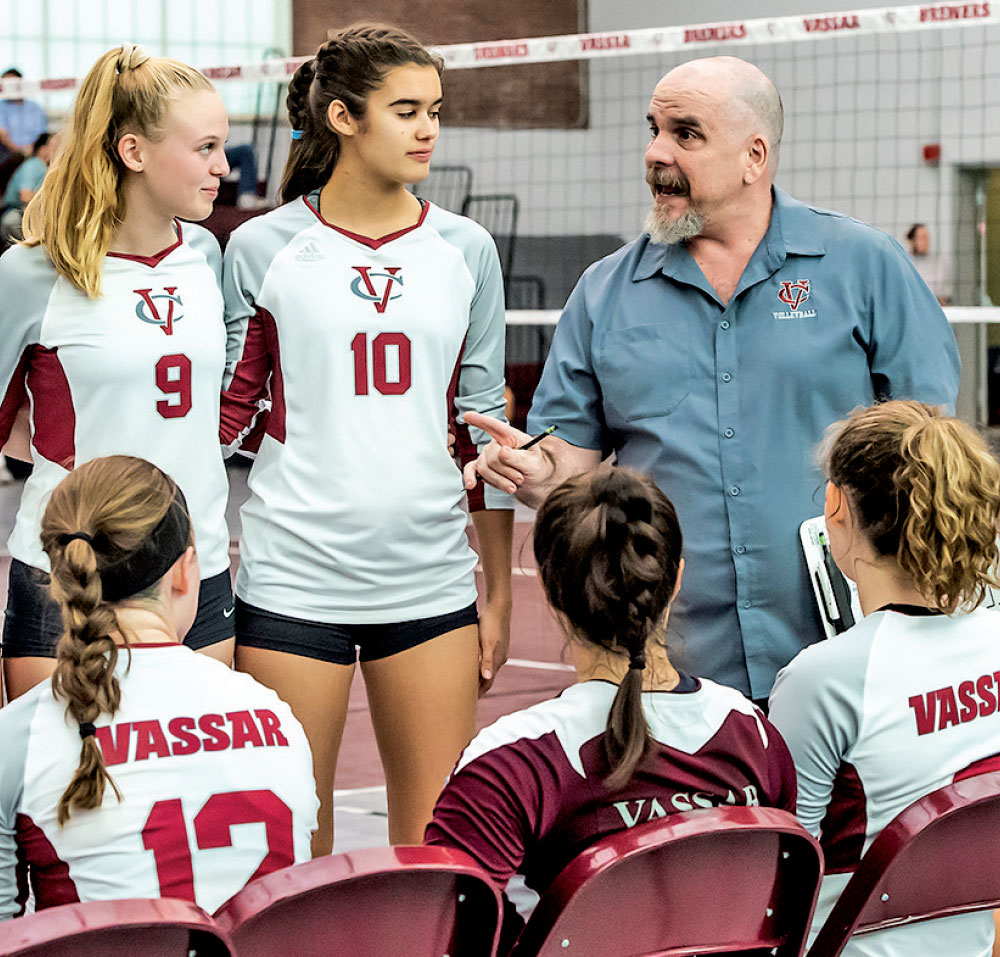
Stockton Photo, Inc.
Penn, who played volleyball at Penn State University, said volleyball has been a part of his life since childhood. His godfather was Chuck Nelson, a member of the USA squad in the 1964 Olympics in Tokyo, “and when I started out, my goal was to coach the men’s national team,” he said.
Landing the job at Vassar took him on a much different path, and Penn said he soon realized it was the right one. “I didn’t know what I was looking for until I found it,” he said. “The students at Vassar are amazing. Of the 10 best conversations I’ve had in my life, at least seven or eight of them have come at a team dining table or on a team bus. I performed wedding ceremonies for two of my players and was asked by another to walk her down the aisle. Many, many alums have become dear friends.”
Two of Penn’s former players, Princeton Head Men’s Volleyball Coach Sam Shweisky ’01 and former women’s player Lauren Gass ’06, said Penn has continued to be a major influence in their lives well beyond their time at Vassar.
“Jonathan’s had an extraordinary 28 years of passion and leadership,” Shweisky said. “He always cared for you as a person, beyond what happened on the court, and I try to carry that example with me in my own coaching. He’s continued to be a sounding board for me.”
Gass, who played in three NCAA tournaments during her four years at Vassar, said Penn had a profound effect on her life early in her college career. “I struggled with academics when I first came to Vassar, and I was thinking of transferring to the University of Michigan,” she recalled. “Jonathan talked me out of it. He told me it was okay to struggle sometimes, to not have all the answers. He said I had a great future at Vassar, and he was right. He was someone you could talk to about anything, not just volleyball.”
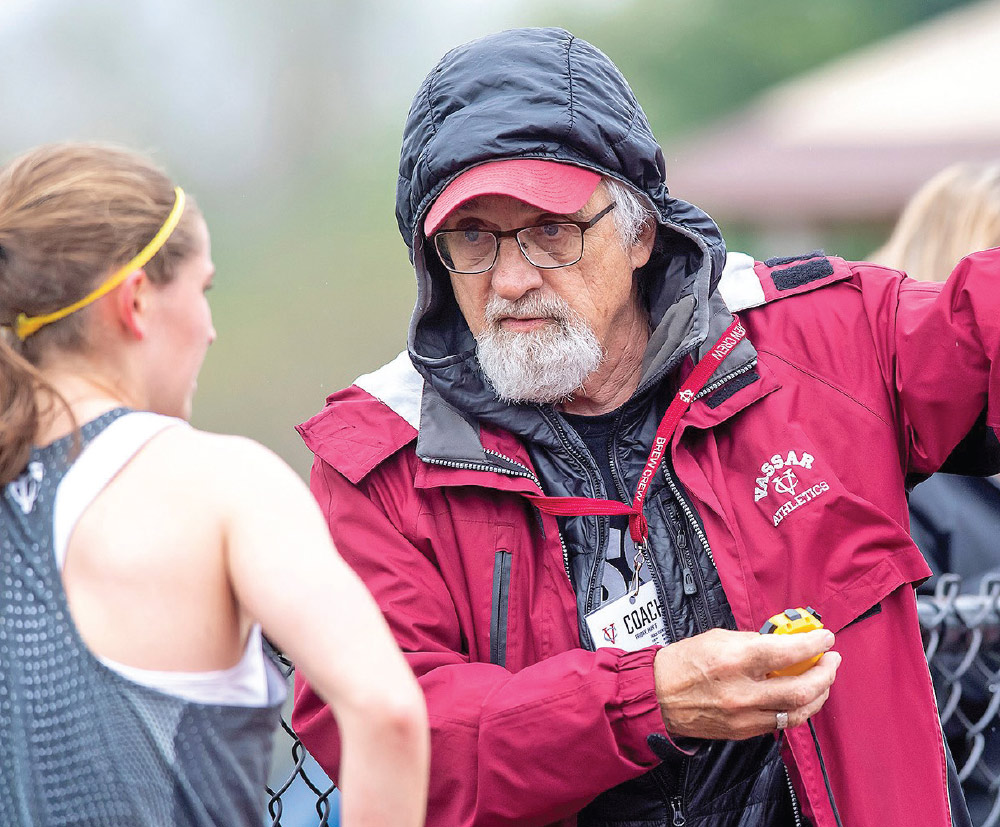
Stonitsch appealed the ruling, noting that the lines had been blurred on a muddy section of the course and Busch had merely followed a couple of the runners ahead of her. After several weeks of discussion, the NCAA reinstated her as an All-American. But Stonitsch didn’t stop there. He nominated Busch for the NCAA Honda Inspiration Award, citing a physical condition that kept her from sweating and cooling her body down during races. Busch won the award.
“Ron was the perfect coach for Vassar at the time,” Busch said. “Sure, it was competitive, but it was like being in a family. We knew Ron wanted to win, but none of us ever felt anything was expected of us—we could decide for ourselves.”
Stonitsch, who was an eight-time All-American as a distance runner at C. W. Post College, said he treasured the relationships he had forged with his runners. “I’m grateful to so many of them, not just for their friendship but for all they do to help us recruit,” he said. “It’s a competitive market; we need everybody to help us.”
Current Cross Country Coach James McCowan ’99, who earned All-American honors while competing for Stonitsch, said his mentor had managed to create a unique culture for the team while holding down another full-time job as a counselor for the U.S. Department of Labor. “Ron couldn’t be there for practice every day, so he instilled a sense of responsibility in all of us on the team,” McCowan said. “He was a father figure for me back then, and he still is.
“We may have had some different coaching styles,” McCowan continued, “but what’s always been clear is how much Ron cares about the students he coached and about the team and about Vassar, and that all comes from a place of deep love.”
Vassar Community’s Generosity Scores a Win for the Brewers
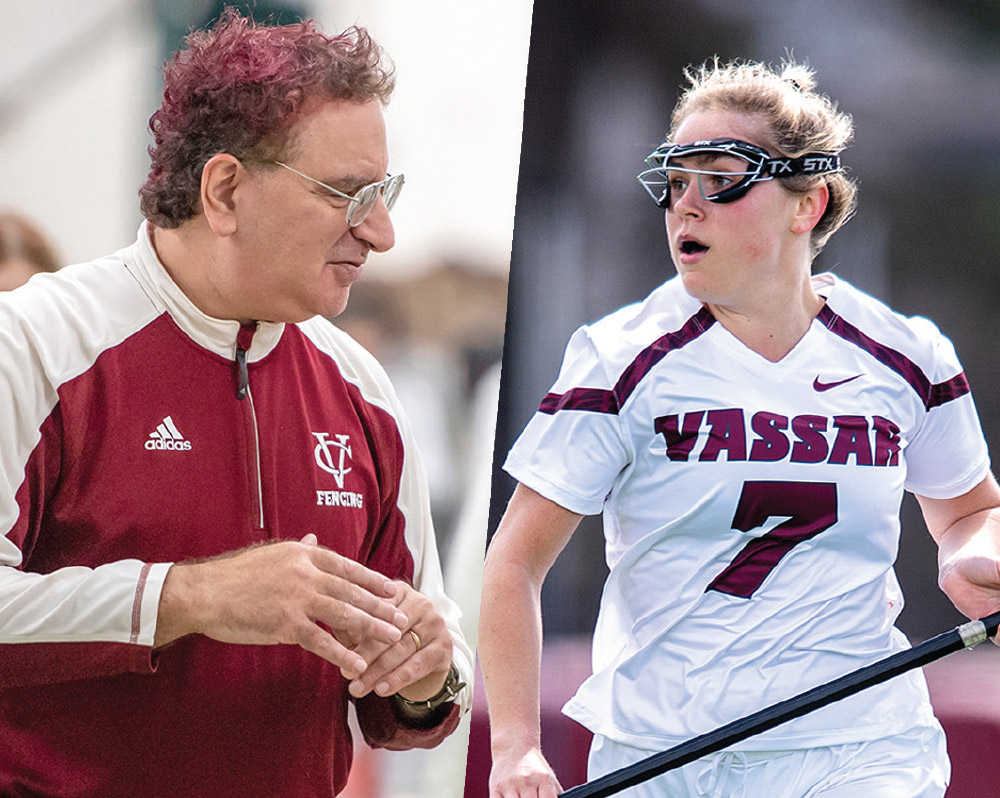
The annual campaign enables the College’s 29 intercollegiate athletic teams to purchase training equipment, conduct winter and spring training trips, and enhance the sports medicine and strength and conditioning staff in the Department of Athletics and Physical Education.
Teams set their own donor goals, and each squad retains 80 percent of the money raised by its supporters. The remaining 20 percent funds programs and equipment that benefit all student-athletes.
“We are incredibly grateful for the tremendous support from our friends, family, alums, and fans,” said Director of Athletics and Physical Education Michelle Walsh.
This year, the men’s lacrosse team raised the most money, $71,942, from 452 donors. “The whole Vassar athletic community had a spectacular Day of Giving,” Coach John McCreery said as the final gifts were tallied. “Our students, parents, friends, and alums were energized this year and love supporting the Brewers. Michelle Walsh organized a talented committee of people who devoted their time to create a spirited fund-raising campaign that directly affects the experience for our student-athletes at Vassar.”
The team will use the funds raised this year for new equipment, trips to play teams out of the region, and team bonding experiences, McCreery said.
Taking Vassar’s Values up the Ladder
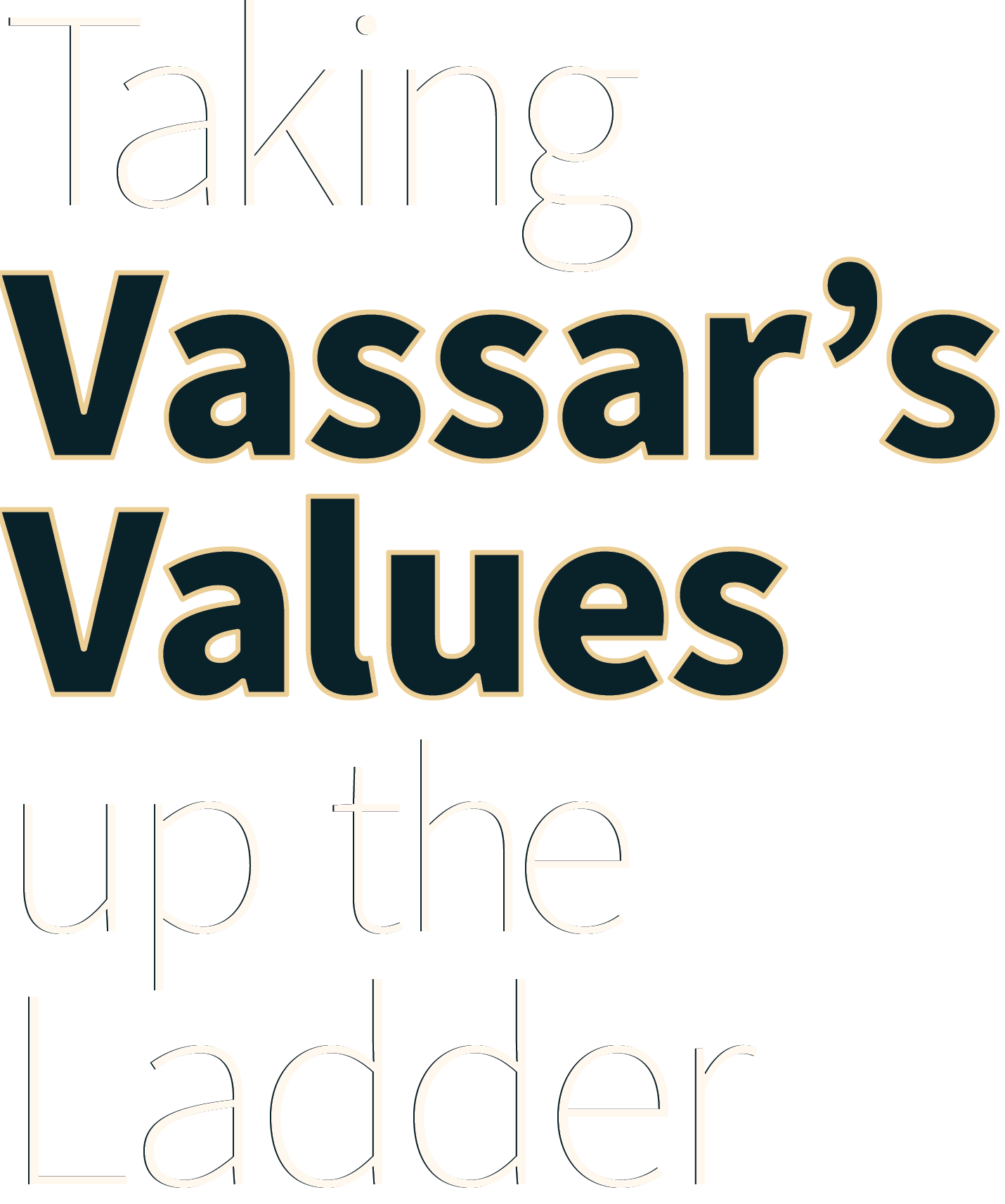
Their answers may surprise you, not least because they bear little resemblance to what you might find in the curriculum at a typical MBA program. Instead, their reflections have more to do with the so-called “soft skills” they learned at Vassar—staying curious and open, writing well, thinking clearly and deeply, and doing work that feels satisfying in a personal way.
That may not sound like a formula for corporate success, but there are nearly 500 Vassar alums who hold a CEO title or its rough equivalent. As the alums we interviewed make clear: There is something in the Vassar ethos that can stick with you all the way to the top of the ladder.
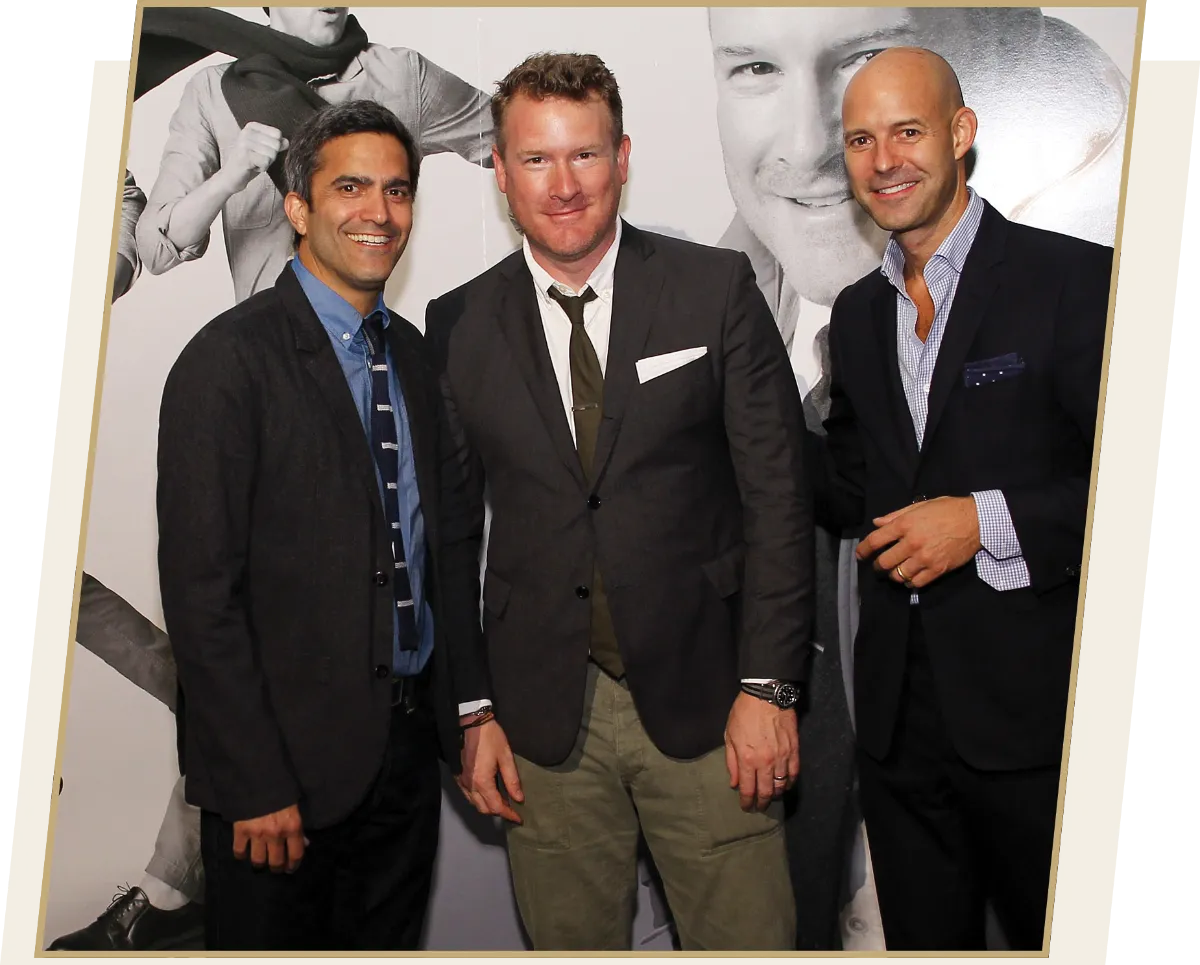
Mark Breitbard ’90
President and CEO, Global GAP Brand
fter a career marked by a proven ability to drive transformation and innovation, Mark Breitbard now leads one of the world’s most iconic apparel brands. Over his more than 25 years of retail leadership experience, he has served in numerous product, creative, and management roles at major global brands. He has held leadership positions across Gap North America and was instrumental in its resurgence. As CEO and President of Banana Republic, he stabilized the business and launched new models, including a rental subscription service, Style Passport, and a partnership with thredUP, the world’s largest fashion resale platform. Since taking the helm at Global Gap Brand in 2020, he has helped to turn the brand around by instituting new positioning and a new operating model. Previously, Breitbard had served in leadership roles at Old Navy, Levi Strauss & Co., and Abercrombie & Fitch.
After graduating from Vassar with a degree in English, he earned an MBA from the Haas School of Business at the University of California, Berkeley.
Like many people, my path was windy. And my becoming a CEO had more to do with my interest in fashion than in wanting to conquer the business world. During my first job working for a beverage company in London, I realized that I had more interest in what people were wearing than what they were drinking. And so, after I went to business school, I applied to several apparel companies and landed a job at the GAP. That was in 1997, and I felt as if I was in exactly the right place, which, for me, means I’m doing something I’m super interested in that I also happen to have an aptitude for. That’s what makes it fun. I ended up leaving the GAP and coming back, then leaving and coming back again. I kept coming back because there was something about the values of the brand that appealed to me. Most important, I’ve always felt that I could bring myself to work there—not just a little piece of myself, but who I really am. I want everyone I work with to feel as if they can do that, too.
We are deeply committed to inclusivity. We also have customers, offices, distribution centers, and stores not just all over the country, but all over the world. That means we are always trying to find common ground. Recently, we had a company forum where we brought in a Democrat and a Republican who work together in Washington, DC, to come talk to us about how they deal with their differences. What was interesting is how much they agreed on, despite their political viewpoints. It helps to have a guiding mission—which has always been to bridge gaps to create a better world.
Your vintage question is good. Thrifting is definitely a trend we are tapping into. Besides doing a vintage collaboration with Sean Wotherspoon, who sources GAP items for us from the ’90s, we now have literal vintage GAP in some stores. That’s one piece of the equation. The other piece is how we work and what we do in the communities we are in. We are using more sustainable fabrics, fibers, and ways of working. It’s equally important to engage with the people in our supply chain. One way we do that is through our P.A.C.E. and RISE programs. P.A.C.E., which stands for Personal Advancement and Career Enhancement, offers women who work in our supply chain practical educational skills; we’ve since expanded that with RISE, which stands for Reimagining Industry to Support Equality, a program where we offer life skills to adolescent girls. Between the two, our focus is on empowering girls and women. Since 2007, when we started P.A.C.E., we’ve trained millions of our women partners around the world.
I’ve always been attracted to the creative world, but I also have a business side. It’s a right brain, left brain thing. I think the liberal arts education you get at Vassar sets you up for that—for being able to apply creativity to business. At work, I love that I go from a meeting on budgets and numbers and forecasts to one where I’m looking at prints and color palettes.
My Vassar professors also made a big difference in my life, whether it was Ann Imbrie in the English Department, or the year I spent with Don Foster studying Shakespeare, or Eamon Grennan, who was my advisor for my thesis on James Joyce’s Ulysses. They were more than professors to me—there was a real depth to those relationships. That’s because the faculty created an environment where you could have open, back-and-forth conversations. I’ve carried that into my leadership style. I want to be able to speak from the heart and create space for other people to do that, too—so we can all have creative, courageous conversations.
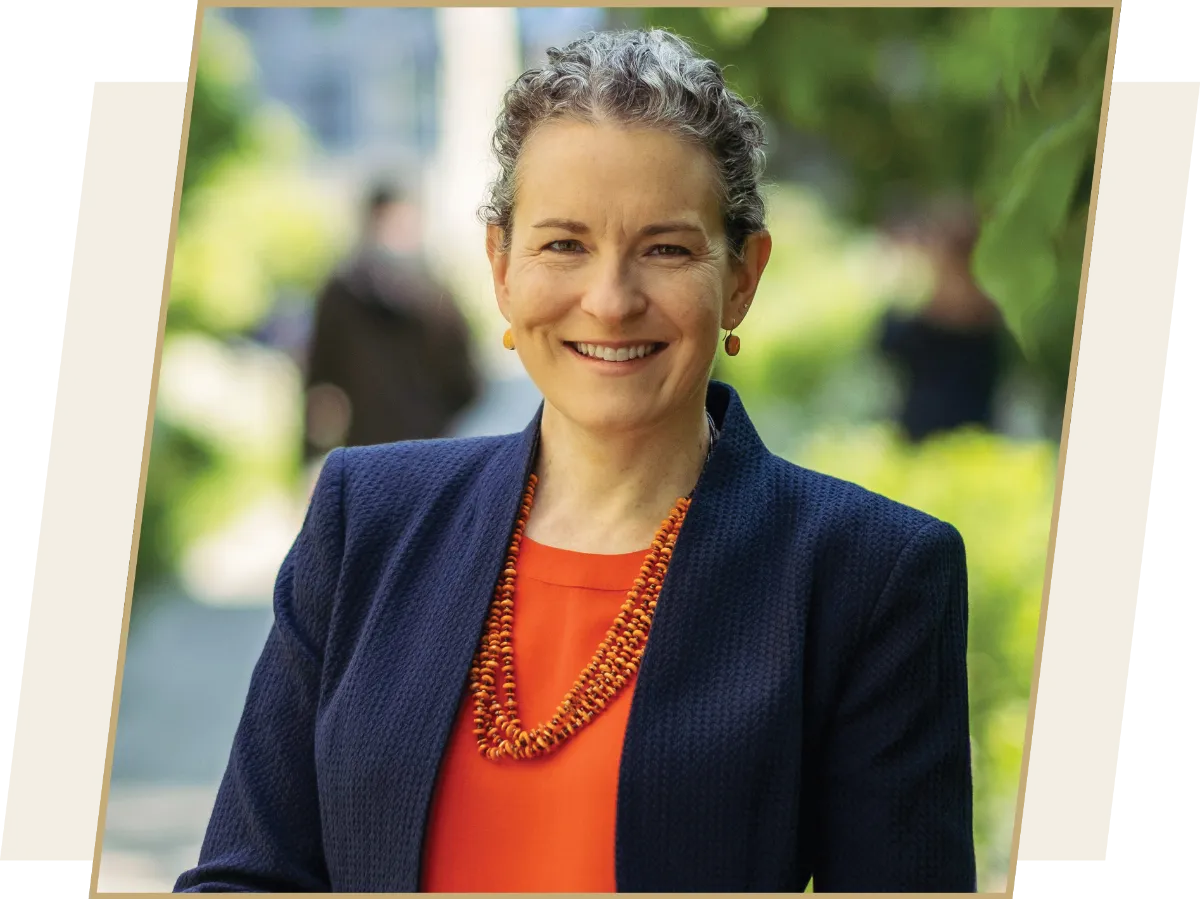
ANNE GREEN ’93
CEO, G&S Integrated Marketing Communications Group
s a business leader and communicator, Anne Green is known for her curiosity, empathy, and a drive to make strategic connections for clients, as well as her ability to cultivate a vibrant and growth-oriented culture for employees at G&S. In addition, Green is an accomplished and prolific media trainer and coach to those who wish to sharpen their presentation skills.
Green’s work as CEO and a partner at G&S is informed by 30 years of experience in integrated marketing communications. In this role, she is responsible for ensuring excellence across all areas of the agency, which offers services and counsel to clients in sectors as diverse as healthcare, professional services, financial services, technology, and home and building.
Green was previously President and CEO of CooperKatz & Company, Inc., an award-winning agency she helped to build for more than two decades before it was acquired by G&S in 2018. She began her career with the global communications company Burson-Marsteller.
After graduating with a degree in English from Vassar, she went on to earn an MA in American literature from New York University. She serves on Vassar’s Board of Trustees.
In my teens and in college, I always thought I’d be a literature professor. I was an English major at Vassar with correlates in women’s studies and vocal performance. At the same time, I knew I didn’t want to go straight from undergrad to get my master’s degree and PhD. I wanted to work, and the summer after my sophomore year, I was privileged to be able to take on an internship at a former nonprofit called the Center for Communications. The next summer, I applied for—and got—one of ten spots for a competitive internship in the New York City office of [the integrated public relations firm] Burson-Marsteller, this time for a nice stipend. I’d never really heard much about the marketing and communications field. Vassar prepared me for it without my knowing it, by helping my writing, my public speaking, and teaching me how to absorb information quickly and think on my feet.
After I graduated, I did end up going to get my master’s and PhD and even passed my orals and wrote one chapter of my dissertation. But I also kept freelancing in the communications field. At the time, there was growing pressure in academic hiring—basically, the message we were getting from professors is that it would be very hard for those of us in humanities disciplines to secure a tenure-track job in academia. But more than that, I was discovering that leading client services in integrated marketing communications really fed me—if you’re intellectually curious, it’s a fascinating field that combines multiple disciplines (marketing, public relations, paid media, digital) and covers so many subjects.
I was around for one of the first seismic shifts in communications, which was the ability to instantly write to the web via early blogging platforms like TypePad; the revolution of the general-purpose Internet; and of course, the two-way communication of social media.
AI is another, even bigger seismic shift. It’s going to change the way we work and the tools we use. There is amazing potential here for so many aspects of my field. Yet it can also make it more difficult to recognize misinformation, when something that is shared is inaccurate, and disinformation, when someone actively spreads lies for a purpose that suits them. The best way to guard against either of these is education, awareness, and active self-engagement. We all need to be aware of what we are reading and ask ourselves some pointed questions, including: What is the source of this? What is its purpose? Does it seem AI generated or fraudulent? Is it trying to make me feel a heightened emotion like anger? Those are some of the big tells. But it can be easy, even for professionals, to get pulled into a fiery comments thread by foreign actors or bots using AI at scale. Unfortunately, it’s in the interest of many people in the world to have us all at each other’s throats. I say to my team and my clients that we all have to resist this and be smarter.
There’s one story I always tell because it’s part of my organizational leadership today—and part of understanding what it means to guide a community of people in a pluralistic and now quite polarized society. My freshman year, in 1989, I took Women’s Studies 101. Our readings included Bell Hooks and Audre Lorde, who were among the voices critiquing second-wave feminism through the lens of race. That was the first time I realized that a social justice movement could replicate oppression. It was my first deep learning on the need to hold space for multiple truths at one time. I still draw on those lessons I learned at Vassar every day of my life, especially when I’m trying to expand representation in my industry.
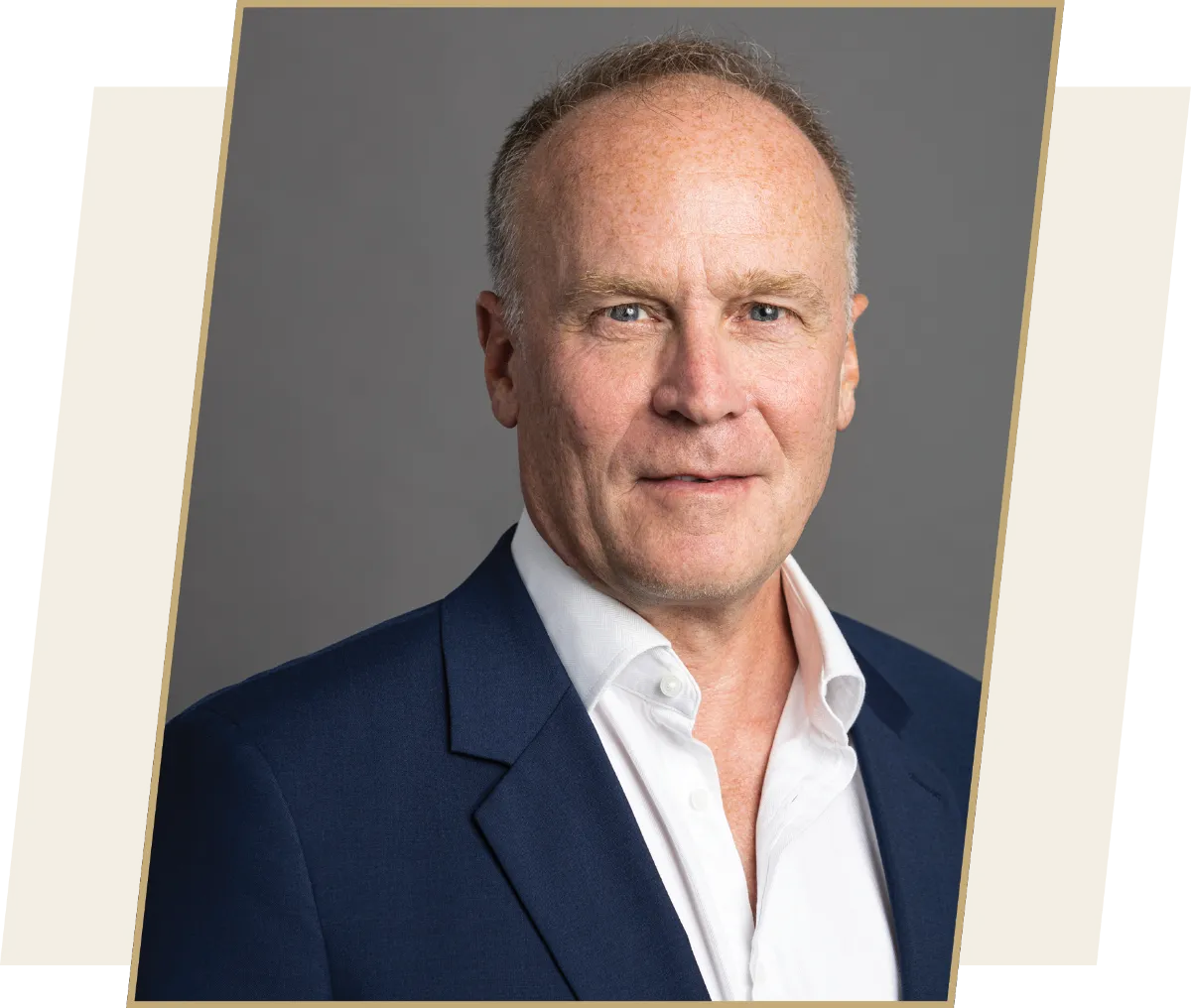
KEVIN SARA ’82
Chairman and Chief Executive Officer, Nur Energie Ltd
Partner, RIVE Private Investment
Partner, RIVE Private Investment
evin Sara’s comprehensive coursework in science and technology at Vassar and his close connection to nature on campus helped propel the entrepreneur onto his current career path: investing in “cleaner” energy. Sara is responding to Europe’s move away from fossil fuels and its quest to lower carbon emissions by creating alternatives to fossil-fuel-burning power plants. His background in investment banking guides him as he leads the renewable energy company that structures and finances solar power plants, primarily in Southern Europe and North Africa. In his work at RIVE, he applies the same knowledge and skill set to invest in a wider variety of energy transition assets, including EV-charging networks and grid-scale battery storage systems.
At Vassar, Sara majored in physics and minored in Science, Technology, and Society. Then the German-born New Yorker, who grew up in Belgium, earned his MBA from École Nationale des Ponts et Chaussées in Paris. He worked for a decade in international finance, covering the technology, media, and telecommunications industry. After that, Sara became an angel investor in renewable energy and clean-tech companies before founding Nur Energie.
In Tunisia, Nur Energie’s affiliate TuNur is developing solar and renewable hydrogen projects for the domestic and export markets, which includes developing submarine export cables to transfer renewable energy between Tunisia and Italy, and Tunisia and Malta.
I became a CEO because I decided to be an entrepreneur and start a company, and the founder usually ends up being CEO. I began my career on Wall Street—I was in investment banking at Salomon Brothers—then transitioned to more of an investing role at Nomura, the Japanese bank. Eventually, I thought, maybe I could apply these skills to something more socially interesting and beneficial. Right before I started Nur, I was in the fund management business where I was funding startups and early-stage companies. I thought, “I think I could do that myself.” I was concerned about the environment and felt we needed to transfer to technologies that were more respectful of nature and the environment. It seemed to be the most hands-on way to make a contribution. So, I founded a company in a sector I was familiar with, where I had a lot of contacts and relationships.
The most challenging thing is setup—finding investors, finding employees, and getting the whole thing going. At Nur Energie, we’re very focused on things that make sense from a scientific point of view and projects that make economic sense. We contribute to some scientific research projects, as well. We’re not just chasing money.
The most important thing is to understand that every little bit counts. So, it’s just a question of personal dedication to small things, and all the small things add up. For instance, companies can have policies and programs that facilitate commuting in alternate ways, like by bicycle. Working as a partner at RIVE, I find that incentivizing the companies themselves to be more sustainable is absolutely critical. We won’t invest in companies that don’t have sustainable strategies, very specific internal goals on sustainability, and a system in place for monitoring and reporting.
The academic program permitted an intellectual development that enabled me to understand a very complex and changing field. I was really able to understand a lot of the issues about new and changing technologies and how they work. Because of the presence of nature on campus, especially the absolutely spectacular trees and the greens and the beautiful nature around it—the rose garden, the lake, and the farm—I never lost touch with nature. In fact, I probably got closer to nature during my four years at Vassar. That reinforced my love of and my respect toward nature, which influenced my career. Later, when I saw what we were doing to nature, that it was getting worse and worse, it caused a shift in my career. I wanted to see what I could do professionally to maybe mitigate some of the damage.

Tanay Tatum-Edwards ’12
CEO, FreeCap Financial, Inc.
rowing up in rural Florida, Tanay Tatum-Edwards watched too many smart friends and family members go to prison instead of college—including her younger brother. At Vassar, she sought out classes that helped her make sense of why so many people in her community ended up incarcerated. Courses with Professor of Sociology and now Dean of the College Carlos Alamo-Pastrana and the late Professor Larry Mamiya—who ran the Vassar Green Haven Prison Program—opened her eyes to the systemic forces driving imprisonment, including corporations that profit from the exploitation of prisoners and their families.
After learning about impact investing at the Fletcher School of Law and Diplomacy at Tufts, she decided to put her knowledge to work by founding a company that allows investors to make justice-informed investment decisions, particularly those that do not support the prison-industrial complex. FreeCap Financial has given asset managers and shareholders the data they need to understand how the largest U.S. companies manage the reputational and financial risk of using prison labor in their supply chain. Her index also shows how corporations handle second-chance hiring for the formerly incarcerated.
I wasn’t chasing the CEO title, but I was actively pursuing opportunities to be an entrepreneur. I saw a gap in my industry and realized I had the expertise and energy to help fill it, so I became a CEO when I started solving that problem. In graduate school, I worked for a financial education startup in Nairobi called Arifu, and at that moment, I knew I loved building, inventing, and business development. I actively pursued jobs at startups after graduate school. I landed at an asset management firm, and while there, I helped create a new marketing function at the company, so even in my first corporate job, I was still pursuing my entrepreneurial interest.
In the U.S. there are some 2.2 million people incarcerated—that’s over 20 percent of the global incarcerated population, and Black and brown communities, immigrants, and people who suffer from mental illness are disproportionately impacted.
A lot of companies have an incentive to lobby for harsh policies. There are businesses that source prison labor to make products at a cheaper rate. Some make money off of interactions between family members—the businesses that own the messaging apps and telephone and video conferencing technology. There are a lot of exclusive relationships, and people in prison and their families just have to pay whatever the price is. Email is something most of us take for granted. But when you’re emailing someone who’s incarcerated, you pay per message, you pay per photo you’ve uploaded and attached. It’s a pay-to-play system.
There’s been a lot of movement to try to ban these types of practices, especially since one of the most important things you can do to make sure someone doesn’t go back to prison is to make sure they have close family ties while they’re there. But the pricing model makes it very difficult to do that. For the companies that profit from these practices, a reduction in people going to prison is a risk to their business model.
Our work is about changing incentives so it’s not profitable to make money off prisons. Investors who want better policies around prisons can use our benchmarking to advocate for change at the corporations where they’re shareholders. Asset managers use our data when designing [financial] products. Wealth managers consult it as they advise clients. It helps them decide which companies to invest in and divest from.
But we’re trying to go a bit further than what the private prison divestment movement has done so far. Our work is also about making sure [formerly incarcerated] people have jobs and they’re connected to resources that will make it so they don’t go back to prison—fair-chance hiring.
This is a difficult question to answer in light of the election and having to balance my personal politics with how to keep my business operating so that we can survive through uncertainty. I always make sure I’m listening to my employees and clients around these issues so that they are supported no matter what’s happening politically. Our team is led by folks with a range of racial, gender, age, and ethnic identities, and I work to create a space where people can bring their whole selves to the office and reflect those unique perspectives in their work.
Vassar played a massive role in my success. I first learned about the prison industrial complex while taking classes with Professors Carlos Alamo-Pastrana and Larry Mamiya at Vassar. They gave me the language to understand how capitalism impacts social issues and made it possible to see a link from an industry like asset management to the social issues we all care about. Fundraising for the development office as a student was the first time I learned that I’m good at business development. As a student co-chair for Vassar’s Sesquicentennial committee, I worked closely with John Mihaly and got to see the ins and outs of how the College brought in capital to make our experience as students possible. I loved it! My liberal arts education makes me a more effective leader, innovator, and CEO. My first full-time research analyst hire for our company is a Vassar grad (Erika Folgar ’22) who started interning with me during her junior year of college and made herself indispensable.

STEPHEN FARBER ’84
CEO & CO-FOUNDER, HEALTHIVE, PBC
tephen Farber is a “reformed” investment banker who is passionate about addressing the care management of older adults—particularly those who are underserved.
He is now focused on helping patients/consumers, their families, and their formal and informal care teams navigate the processes involved in health care more effectively. HEALTHHIVE addresses critical enterprise needs driven by regulatory mandates, shifts in payment models, and gaps in care management outside of the institution across our siloed healthcare and social care systems.
Farber has an MBA in finance from NYU Stern School of Business and a JD in corporate law from Emory University School of Law.
One plan I had was to go to a liberal arts college—I wanted to get broad exposure to things because I knew that I was going to be focused on the business world later. I also knew that I wanted to be an entrepreneur, though I didn’t know how I’d get there. I just felt that the building blocks I would absorb through a liberal arts education would help me no matter what I ended up doing. After college, I went to law school and became a mergers and acquisitions lawyer. Then, I went to business school and went into investment banking.
I loved what I did but it kept me away from my family. When my mother was diagnosed with pancreatic cancer, I decided to take some time off so I could be involved in her caregiving. Even though our family had knowledge and resources—we have five doctors in the family—caring for her and getting her what she needed was a difficult process. After she died, I reassessed what I was doing and got into the health-tech field. I started to work on tackling the problem of care coordination and management to support older adults, their loved ones, and their caregivers. And that’s how HealthHive came into existence.
It’s a high-risk challenge because it’s a complex problem, but it’s also the most rewarding thing I have done. How, within a broken health system, can we help address a problem so many of us encounter? How is it that we waste $93 billion a year during a person’s last twelve months of life on treatments that they don’t want, or because their doctors don’t have a broader view of their care?
With HealthHive, we’re thinking about every person along the continuum—in terms of what they need now and what they’ll need in the future—and not just doctors but a person’s entire support network. We all need better ways of getting information and getting on the same page when someone we love is sick.
What’s satisfying is that a few years ago, I’d go into meetings to talk about my idea for HealthHive, and I’d hear, “That’s impossible.” Today, when I go into meetings, I rarely hear it’s impossible but rather just that it’s really hard. And when I’m lucky, they ask what they can do to help.
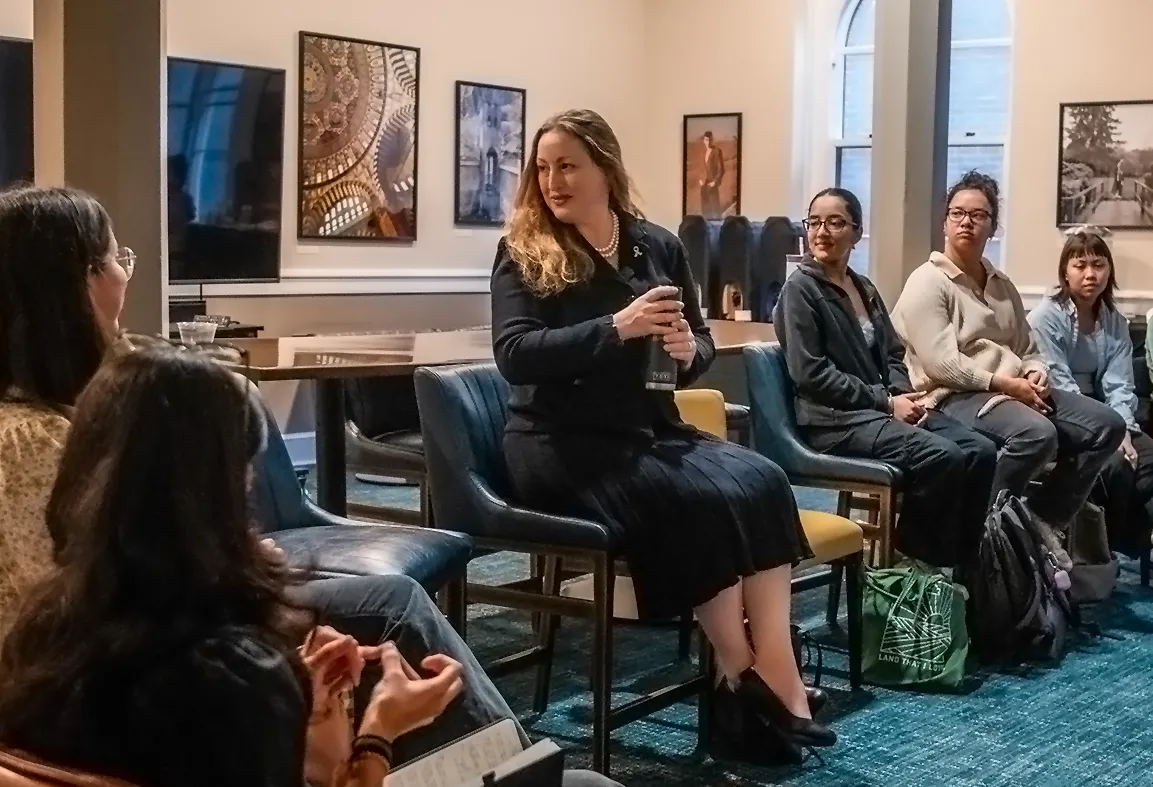
“Genius” Alum Takes Us Inside Her Work to Cure Pediatric Brain Cancer
Monje returned to the Vassar campus on October 24 to deliver a lecture about her work as the winner of the Richard Lounsbery Award, an annual prize given to young French and American scientists (age 45 and below) to recognize extraordinary scientific achievement in biology and medicine. It is administered by the National Academy of Sciences and the French Académie des Sciences. The recipient chooses where to deliver the lecture, and Monje chose her alma mater.
During her 45-minute talk, Monje took her audience on her journey from the lab bench studies of brain development to clinical trials of new strategies showing extraordinary promise for the treatment, and, perhaps one day the cure, of some of the most tragic childhood brain cancers. Seamlessly weaving what she learns from her young patients’ cancers, Monje’s discoveries have revolutionized both how we think of brain cancer and how we understand our brain’s normal function and development.
In her earliest work as a young researcher-doctor, Monje said, she and her lab partners discovered that the myelin tracts that speed up our brain processing can change and thicken because the glial cells respond directly to the activity in those brain areas.
However, Monje explained, sometimes these developing glial stem cells have mutations that convert them to cancer cells, and can lead to tumors called gliomas. She and her teams discovered that the same processes that allow us to learn and hone new skills stimulate the tumor cells to grow, expand, and form an interconnected network that feeds off the brain activity. The activity in the brain regions where the cancerous cells lurk is hijacked by the cancer cells, and the more active the brain area, the faster the tumor grows.
Using tumor tissue donated by the parents of children with these cancers, said Monje, her group is figuring out how the brain activity stimulates cancer growth and is developing ways to interrupt the connections between the tumor cells and the neurons, to slow and even halt the tumor growth.
Monje credited her creative and insightful approaches to her success as a researcher-clinician to the skills she gained while a student at Vassar. She concluded her lecture by crediting Professor of Biology Kathleen Susman and others with launching her career. When she was in high school, she recalled, she told her biology teacher she was planning to major in biology in college. “My teacher said he didn’t think I had the mind for science,” she said, “but [Susman], who was my pre-major advisor, encouraged me to pursue science, and many of the humanities courses I took also helped me with critical thinking skills that I use all the time.”
Susman called Monje’s work inspiring. “From bedside to lab bench and back again, her research is breaking new ground in both neuro-oncology and brain development neuroscience,” she said. “Her lecture showed us the dazzling science behind the therapeutic approaches she is developing and inspired all of us to be open to where our science and our observations may lead us.”
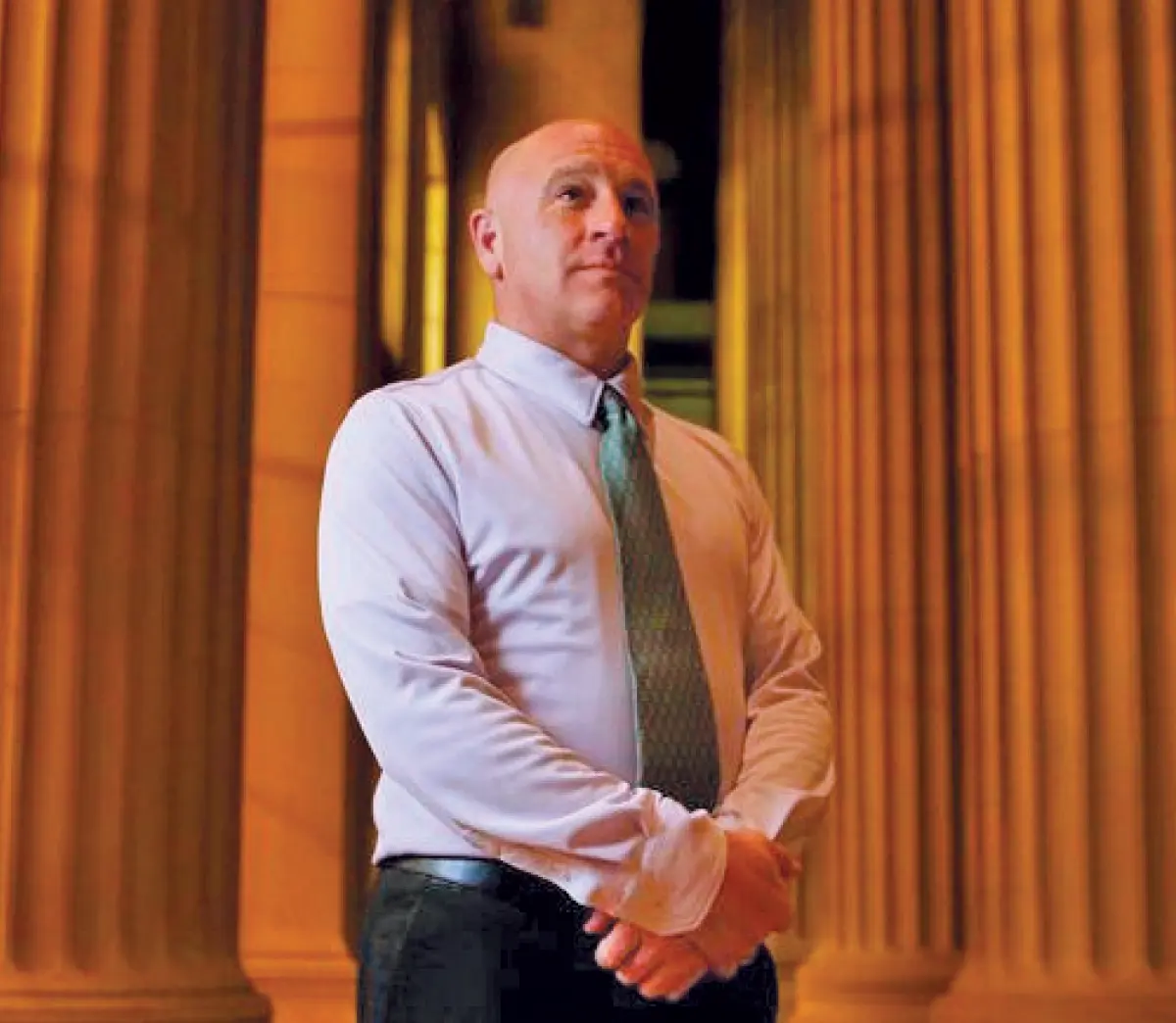
Bruce Mendelsohn ’90 Honored for Service and Bravery
The award honored Mendelsohn’s military service and his role as a civilian first responder after the 2013 Boston Marathon bombing. His decisiveness in the wake of the bombing saved the life of Victoria McGrath, who sustained injuries to her leg. After applying a tourniquet to McGrath’s wounds, Mendelsohn further exemplified the values of selflessness and courage by helping to evacuate and secure the area.
The award committee also noted Mendelsohn’s accomplishments as Resource Development Coordinator for the MassHire Central Region Workforce Board (MCRWB) and as a rugby coach for the City of Worcester’s public schools. He continues to give back to the military community through volunteer leadership positions in veterans organizations including Jewish War Veterans, The Mission Continues, and Team RWB.
“Many veterans deserve this recognition far more than I,” said Mendelsohn. “I’m honored and grateful to accept this award on their behalf.”
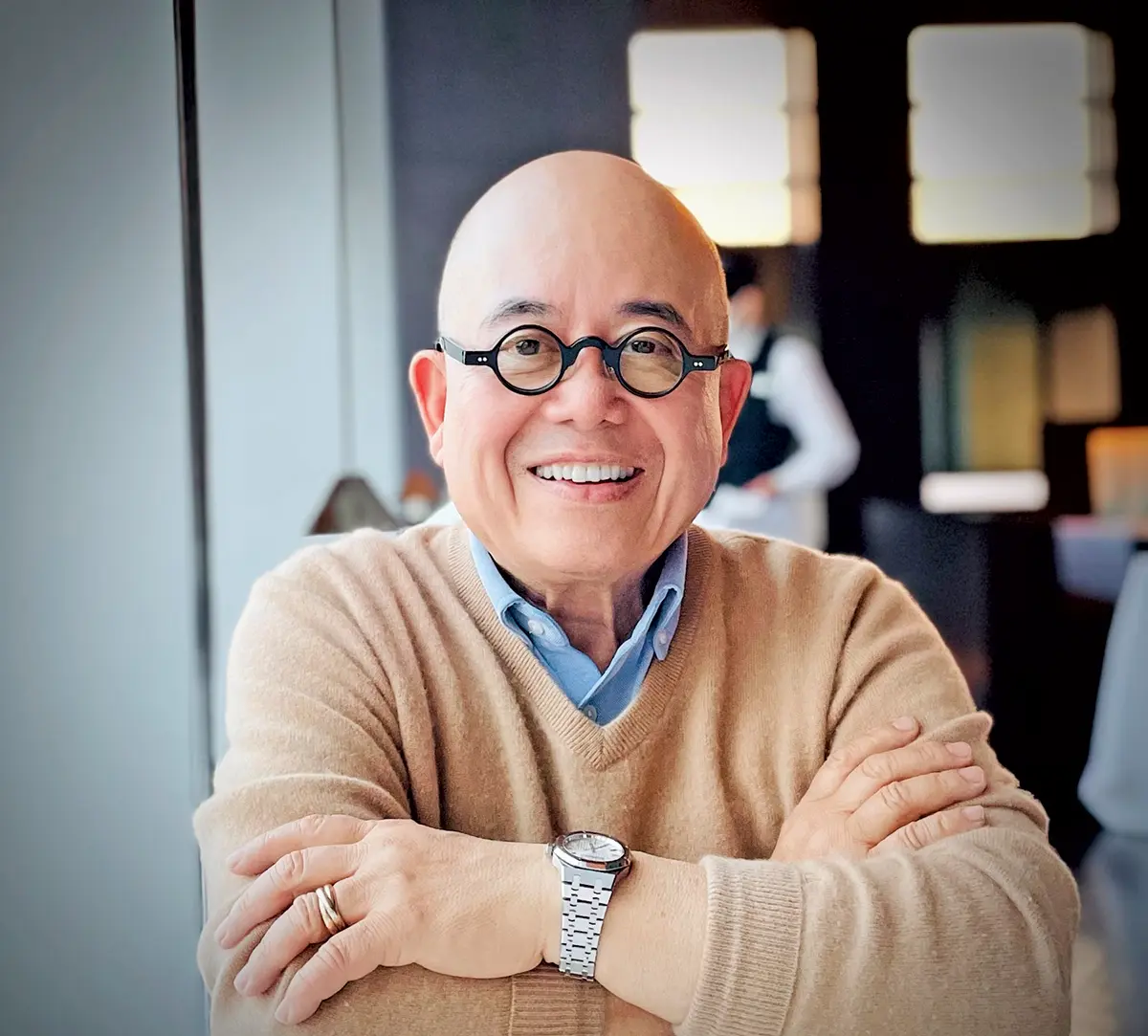
Asian Pacific Islander Justice Organization Honors Fritz Friedman ’74
After graduating from Vassar, Friedman received a master’s degree from the Annenberg School at the University of Pennsylvania. He serves as the president of his own production company, a Commissioner for Arts and Culture for the City of San Diego, and a board member of California Humanities. He held the position of Senior Vice President of Worldwide Publicity and Corporate Communications for both Sony Pictures Home Entertainment and Sony Pictures Worldwide Acquisitions.
Friedman has a long history of philanthropic and civil rights activities, including lobbying to gain benefits for more than 18,000 Filipino veterans of World War II. For these efforts, the Philippine government gave him a Presidential Citation, which President Gloria Macapagal Arroyo awarded at Malacañang Palace in Manila. He has also been a member of the California Commission on Asian and Pacific Islander Affairs and Chair of the Vassar College Asian Pacific Islander Alumni Association. He is the co-founder and President Emeritus of the Coalition of Asian Pacifics in Entertainment, the largest entertainment organization for Asian Americans in the world.
The Queen of Code
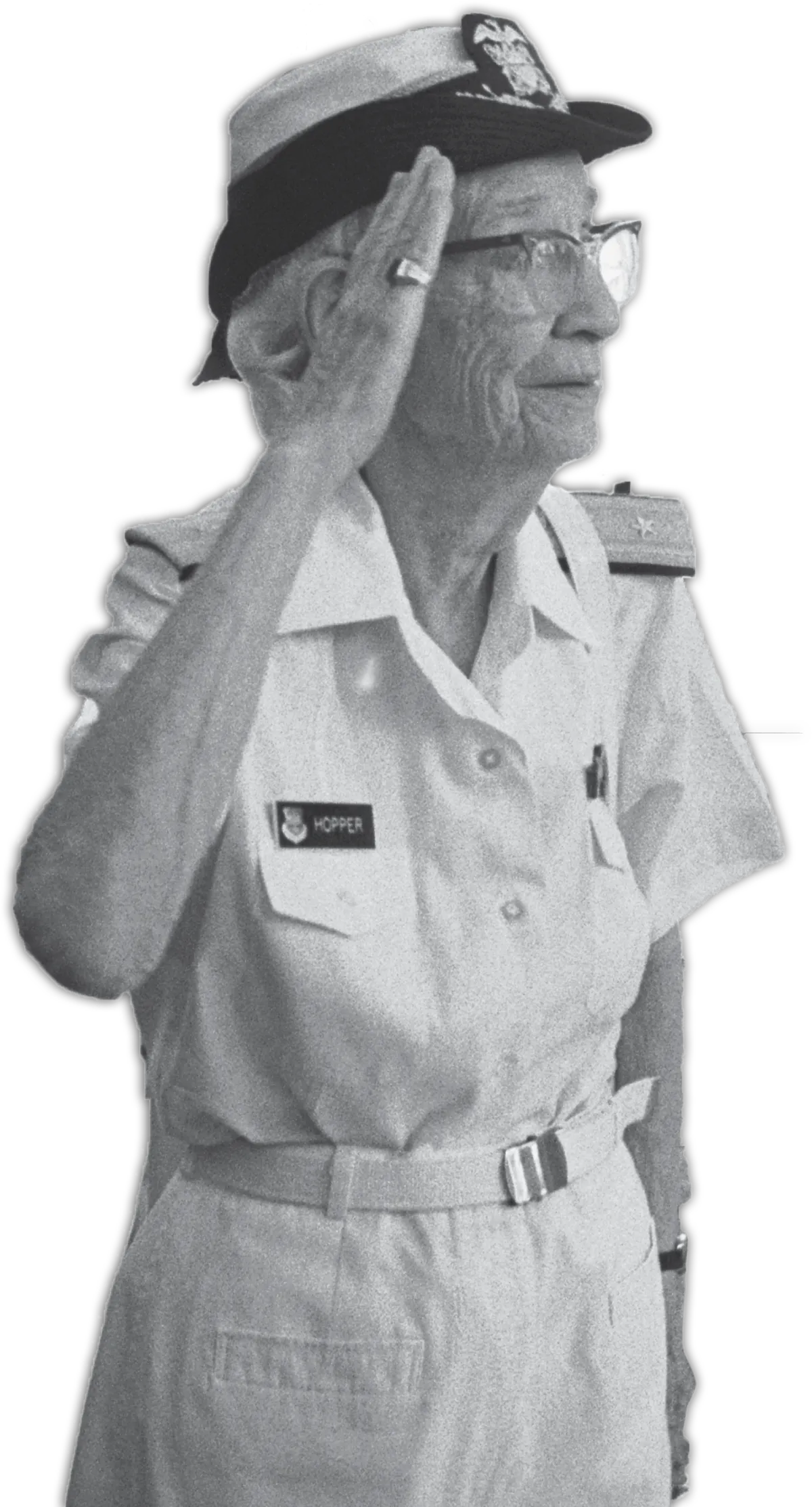
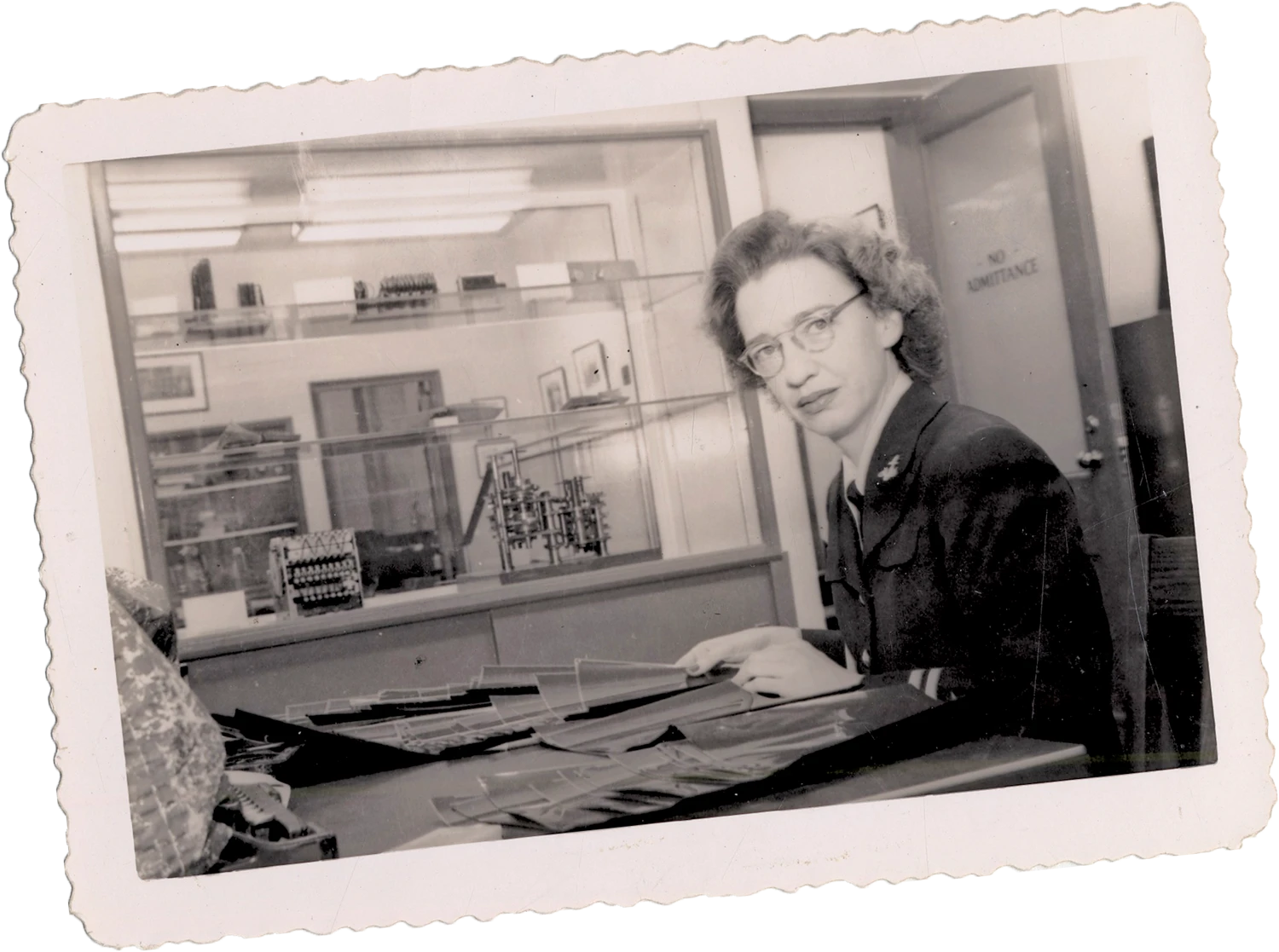
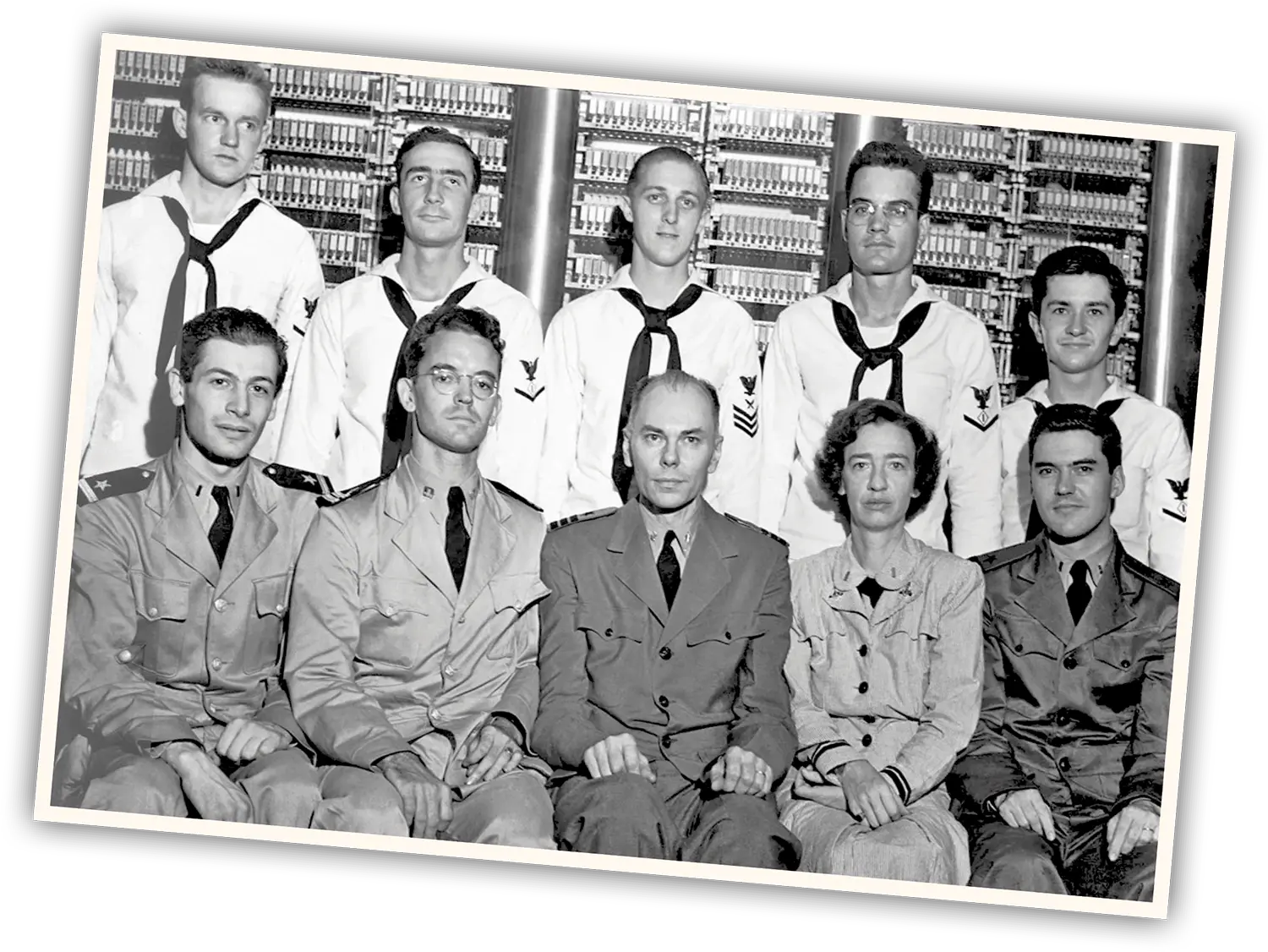

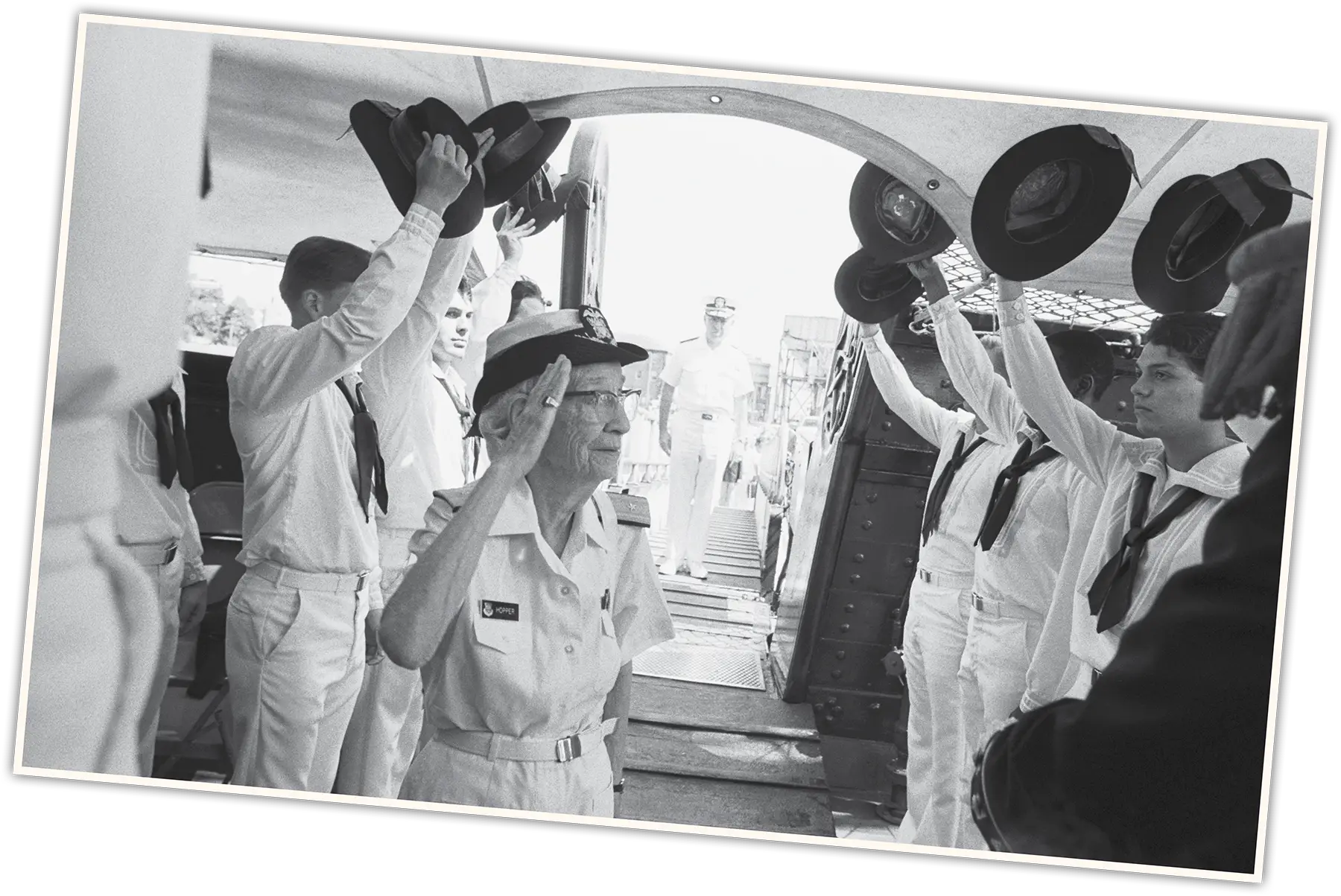
ne day this October, more than 30,000 people entered Philadelphia’s Pennsylvania Convention Center or joined virtually for a massive technology conference. At the opening celebration, attendees danced in their seats, the aisles, and on stage as Mix Master Mike, surrounded by giant screens, played the Beastie Boys and countless other tracks. The dance party lasted nearly an hour, and everywhere people looked, they saw the name of Grace Murray Hopper, Class of 1928.
The event, which 11 Vassar students attended, was AnitaB.org’s Grace Hopper Celebration for women and nonbinary people in tech. Hopper, who arrived at Vassar as a student 100 years ago, is one of the most important people in the history of early computing. Often referred to as the “Queen of Code,” Hopper created the first-ever computer compiler, which translated mathematical code to machine-readable code, and wrote the manual for the first fully functional computer. “It is impossible to overstate Grace Hopper’s contributions to the field,” says Vassar Professor and Chair of Computer Science Marc Smith.
“She’s the founding mother of modern computing,” says Alison Lindland ’00, Chief Marketing Officer at Movable Ink, a company that uses AI for customer engagement, and founder of Vassar in Tech, an alum group with more than 1,000 members. “It’s just impossible to not know who Grace Hopper is.”
Hopper, who went on to become a U.S. Navy rear admiral, was a public figure before her 1992 death at age 85—she once appeared on David Letterman’s talk show, where she joked about being even older than Ronald Reagan when the president promoted her to her Navy rank. Hopper retired from the Navy Reserve in 1966. She later returned before retiring again in 1986. At that point, she was the oldest commissioned officer in the branch.
Hopper’s legacy has expanded even further as of late, and she has become a hero to those in tech. In 2016, President Barack Obama awarded her a posthumous Presidential Medal of Freedom. Yale announced the renaming of a residential college for her in 2017. In 2020, the U.S. Naval Academy opened Hopper Hall, an academic building, and Google announced the Grace Hopper subsea cable, linking the United States, the United Kingdom, and Spain. In 2022, Nvidia, one of the world’s most valuable companies, introduced the GH200 Grace Hopper Superchip, meant to handle giant-scale artificial intelligence and high-performance computing.
Meanwhile, the Grace Hopper Program at Fullstack Academy, a 12- or 28-week coding bootcamp for women and nonbinary people that launched in 2016, counts many Vassar alums among its more than 10,000 graduates. And the annual Grace Hopper Celebration has exploded in popularity since it began in 1994. Hamida Rahimi ’26, who attended for the first time this year, said she often feels like the only woman in the room, but at the event she felt welcome. It was “lovely to see how women help another woman,” she said. “There’s no one to judge you, there’s no one to talk bad about you. There’s no pressure.”
At Vassar, Hopper studied mathematics and physics. (Her sister, Mary Murray Westcote ’30, was also an alum.) Even as a student, Hopper had a gift for teaching others. “I shall ever be grateful to Grace for her taking time to tutor me in physics when I failed the midterm,” a former classmate wrote in a 1996 letter to VQ. “With her help, I suddenly began to understand the approach to science.”

Kurt Beyer, author of Grace Hopper and the Invention of the Information Age, says Vassar is an important part of her biography. “Because her mind had multidisciplinary tools that she developed while at Vassar, her vision, then, for computing also followed that multidisciplinary mindset,” says Beyer, whose biography was optioned in 2018 with an eye toward bringing it to the silver screen.
From Vassar, Hopper joined the Navy Reserve and served in the WAVES, which put women in certain roles during World War II so men could serve on ships. The Navy sent Hopper to Harvard to work on the Mark I, an early computer that was 51 feet long, 8 feet high, and used holes punched in paper tape. Hopper wrote the machine’s manual, the first of its kind. A 1944 edition of the Plainfield Courier-News described Hopper as working on “the Navy’s formidable new electric calculating machine, a 35-ton instrument reported capable of reaching the solution to almost any known problem in applied mathematics.” The Miscellany News reported on a lecture Hopper gave at Vassar two years later, in which she said the machine calculated what otherwise would have taken more than 300 years.
Staying in the Navy Reserve after the war, Hopper went to work at Eckert-Mauchly Computer Corporation, which was building the UNIVAC, the first commercially available electronic computer. At the company, which later became part of Sperry Rand Corporation, she developed the A-0 System, a compiler that translated mathematical code into one that machines could read. Later, she helped lead the development of COBOL, Common Business-Oriented Language, one of the first high-level programming languages. It is still used today, especially in business, finance, and administrative systems. The language is even getting renewed attention as banks move old code onto the cloud. IBM estimated in April 2024 that more than 40 percent of online banking systems, 80 percent of in-person credit card transactions, and 95 percent of ATM transactions still used the language.
Lindland sees COBOL’s use of English-like language instead of mathematical code—“MOVE x TO y,” for example—as an approach that makes sense for someone with a liberal arts background. “It really comes from that humanistic approach, saying that the computer has to come to the human, not the human coming to the computer with the ones and zeros,” Lindland says. “That’s a very Vassar perspective.”
Hopper is credited with some of the language around computing that further humanized people’s relationship to tech. She popularized the concept of a computer “bug” (she taped a moth that had been causing malfunctions in the Mark II into a logbook, noting, “First actual case of bug being found”).
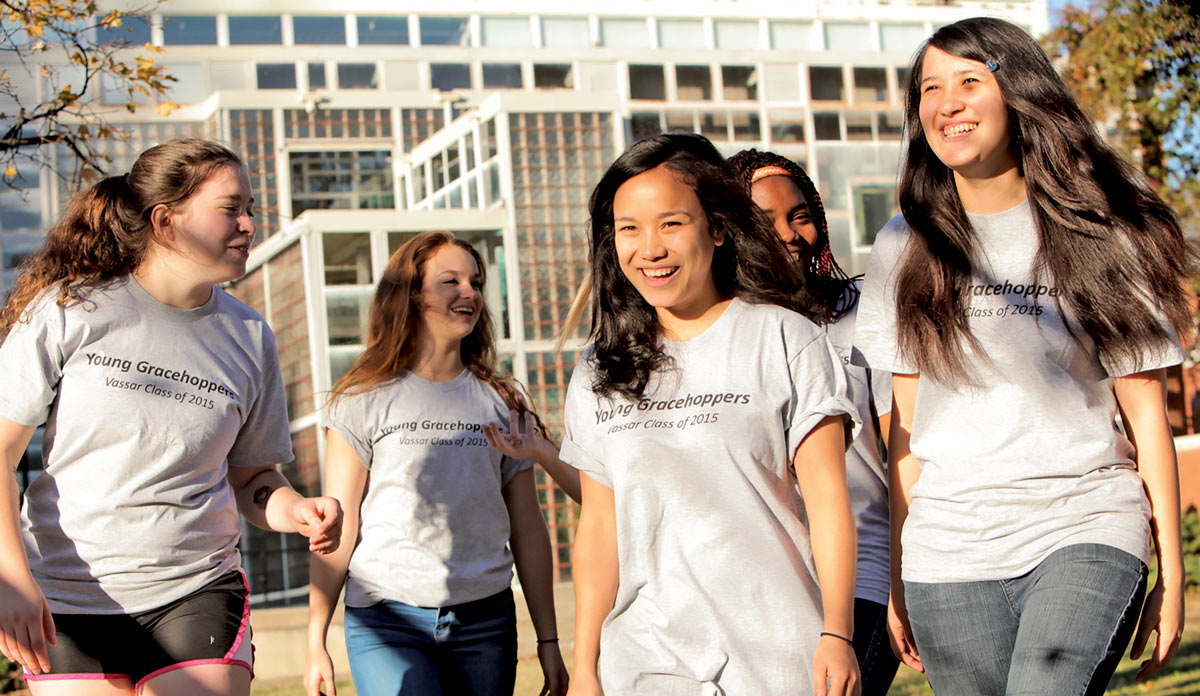
Beyer, the Hopper biographer, credits her not only with developing computing innovations, but also promoting them. “You have to invent it, you have to build it, and then you have to get people to use it,” he says. Hopper did all three of those things.
Decades after leaving Vassar, Hopper returned to speak many times and also helped convince Professor Winifred Asprey ’38, who had been one of her students, to bring Vassar into the computer age. Asprey reported that when she telephoned Hopper to ask, “Should Vassar get into the computing business?” Hopper responded, “I’ve been waiting for you to wake up.”
When Vassar’s first computer arrived on campus in 1967, Hopper came to speak, wearing her Navy ribbons. According to the Misc, she told the crowd that they were at the beginning of the computer age and only just starting to know what to do with computers.
Hopper is “in the DNA of our department,” says Smith, Computer Science Chair, who adds that students from intro-level to seniors are learning about Hopper. “It’s a source of pride in the department, and we talk about Grace Hopper all the time,” he says. These days, there is a display about her in Sanders Laboratory of Physics and a separate banner there featuring her image and her oft-cited quote about how the most dangerous phrase is, “We’ve always done it that way.”
While Hopper presided at the beginning of the computer age, we seem to be at a similar dawning when it comes to artificial intelligence. Since the public release of ChatGPT in late 2022, generative AI has become more accessible to everyday users, even as some people urge boundaries. Just as Hopper guided the public through the beginning of the computer age, new leaders could show the way through the AI one.
Reena Mehta ’01, Senior Vice President of Streaming and Digital Content at ABC News, says Hopper could serve as a model for people who work in the tech industry who “are looking for leadership that combines innovation and drive and incredible intelligence.”
Hopper remains an example of the type of leader people need.
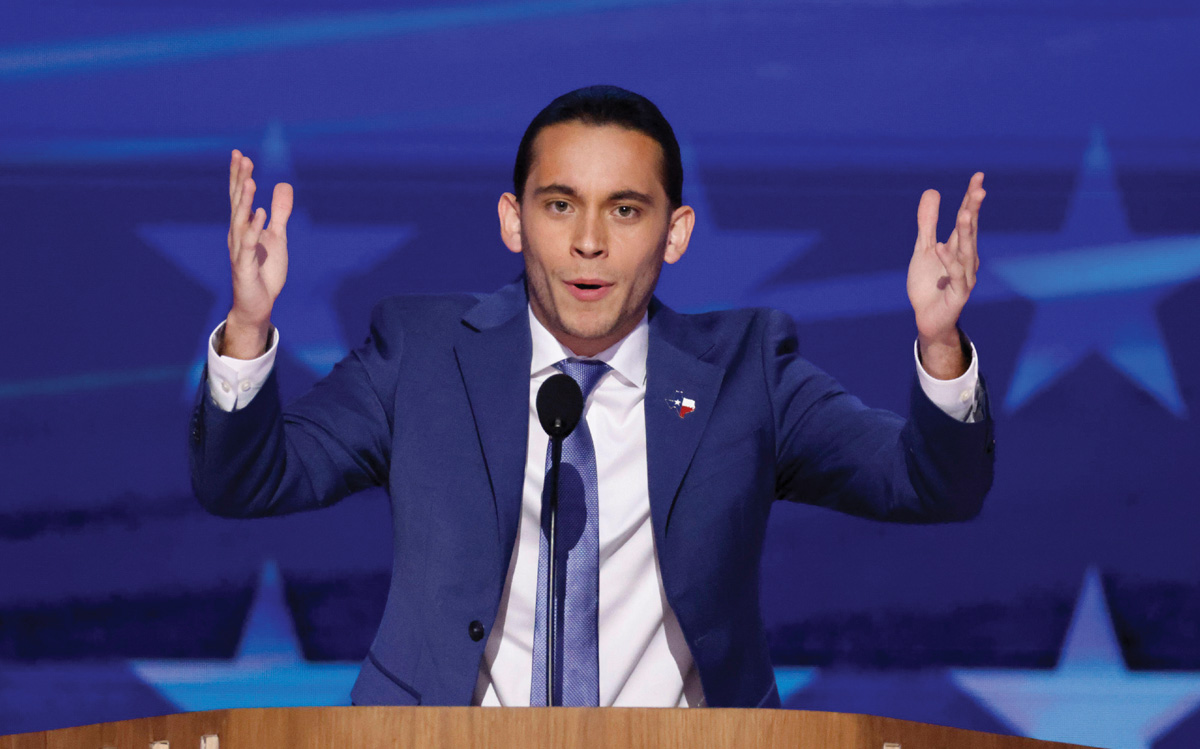
Fighting for Immigrant Rights on Social Media
Aptly themed “A Fight for Our Freedoms,” the night on which Espina spoke included remarks from top executives from Reproductive Freedom for All, Planned Parenthood Federation of America, the Human Rights Campaign, EMILYs List, and Voto Latino.
“Speaking at the Democratic National Convention was something I never imagined,” says Espina, whose invitation arrived via email two weeks prior to the event. “I was pretty nervous, as I’d never done anything like that before, but I made the most of the opportunity and made sure to represent my community in the best way possible. It’s something I’ll remember forever.”
In his speech, Espina, who was elected President of the Vassar Student Association during his senior year, highlighted the important contributions made by immigrants in today’s society, in which “the discourse has become so hateful, dehumanizing, and anti-immigrant that the positive almost never gets attention.” He reminded roughly 50,000 attendees and everyone watching at home that “welcoming immigrants is an American value—not a Democratic or a Republican value”—and “to be pro-immigrant is to be pro-America.”
Espina’s passion for serving vulnerable and marginalized communities, which dates back to his high school days of tutoring young immigrants from Central America and teaching citizenship classes in both Spanish and English, comes from personal experience. Born in Montevideo, Uruguay, to a Uruguayan father and a Mexican mother, Espina immigrated with his family to College Station, Texas, when he was five.
As a college student, Espina established not one but two nonprofit organizations. The first, Football for the Future, an initiative for which he received Vassar’s Projects for Peace Fellowship, provides free soccer camps for hundreds of low-income children throughout Central Texas. The second, the Detained Refugee Solidarity Fund, offers financial and moral support to immigrants held in U.S. Immigration and Customs Enforcement detention centers and connects them with legal advisors, lawyers, and family members.
The latter would inspire an on-campus exhibition, Dear Carlos: Mail from a Detention Complex, organized by the Consortium on Forced Migration, Displacement, and Education. Temporarily on display in the College Center, Dear Carlos featured photocopies of heartfelt correspondences between Espina and detainees along the southern border.
At Vassar, Espina also contributed to the Oviedo Project, which, by 2026, aims to produce a complete English translation and annotation of 16th-century Spanish colonist and historian Gonzalo Fernández de Oviedo’s Historia general y natural de las Indias (General and Natural History of the Indies), the first-ever comprehensive chronicle of Spanish America.
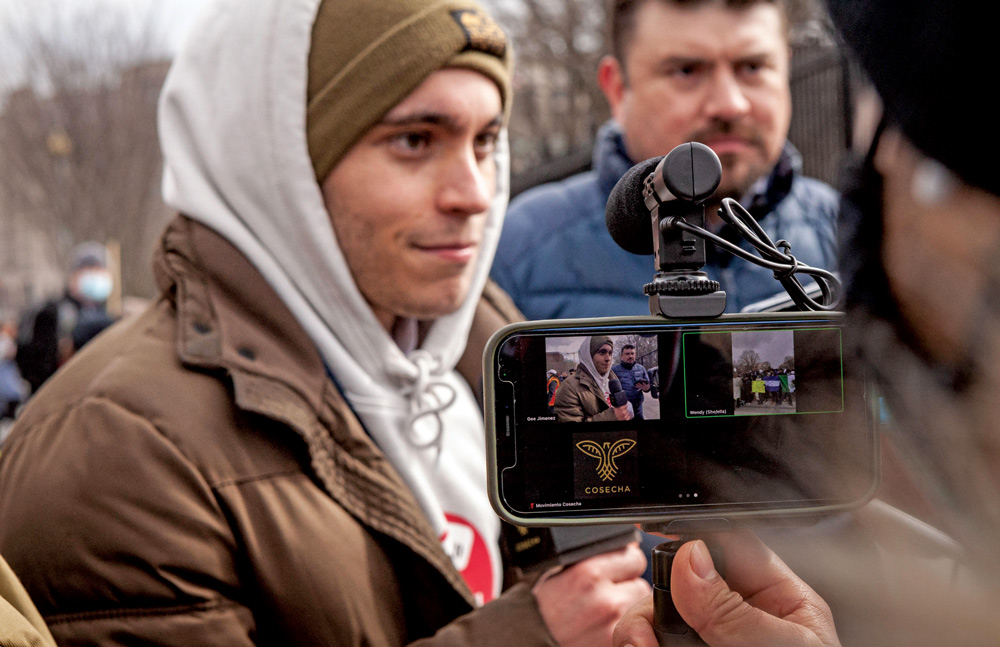
“By the end of 2020, I had half a million followers and turned social media from a hobby into my job,” he recalls. “Since then, it’s been four years of consistently making content every day, but with the same passion I’ve always had.”
For his volunteer work as a tutor and mentor under the auspices of the Vassar English Language Learners Outreach Program, Espina received the Wendy Rae Breslau Award, which honors students who have “exhibited outstanding concern for the welfare and well-being of their peers and society.” At graduation, in recognition of excellence in the study of political science, he was awarded the Julia Flitner Lamb Prize.
“I wouldn’t be able to do all of the things I’ve done and continue to do if it wasn’t for Vassar,” Espina says. “I learned how to think critically, analyze, synthesize, form arguments, and many other skills that I use on a daily basis. Vassar provided me with the resources and experiences I needed to reach my goals.”
Dubbed “a one-man Telemundo on TikTok” by the New York Times and “the TikToker bridging the Spanish-language news gap” by the Boston Globe, Espina’s videos—news and views on immigration, politics, food, and sports, delivered entirely in Spanish—inform and uplift members of the immigrant community here in the United States, many of whom get their news and information from social media platforms rather than legacy Spanish-language television networks.
“I don’t pretend to compete with Telemundo, Univision, or any other traditional media,” Espina says. “I think what social media content creators are doing is something new and innovative, and that doesn’t need to be compared with other forms of communication. We all have important roles to play, and I think we’re better when we work together.”
Earlier this year, Espina earned his law degree from the William S. Boyd School of Law at the University of Nevada, Las Vegas. He plans to use his formal education and real-world experience to become an immigration attorney.
The message for which Espina hopes to be remembered is perhaps as inspiring as his work: “If you’re prepared, educated, and have the ability to adapt, especially in times of change and uncertainty, you can accomplish things bigger than anything you ever imagined.”
Helping his family and community progress, he says, is his greatest achievement of all. “It feels humbling to be able to do all of the things I’ve done,” he says. “I’m just grateful to be in this position.”
Follow this alum @carlos_eduardo_espina on TikTok and Instagram.
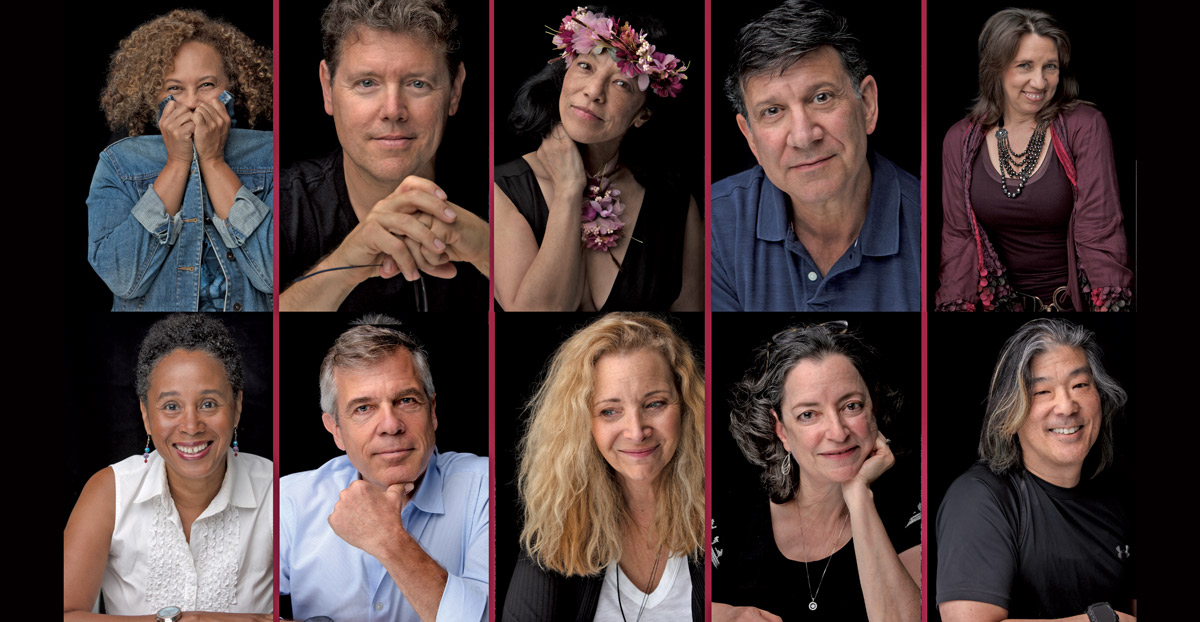
The Camera Connects
The Camera Connects
The project grew out of the class’s virtual 35th Reunion in 2020, which was the first time the Class of 1985 used the camera to connect. Johnson, who organized the reunion on Zoom and popped into the various “shuffle rooms” to ensure things were running smoothly, was touched and inspired by what she saw. “The class of ’85 kind of came together and connected and unmasked,” she says. “People were really opening up in the shuffle rooms and sharing intimate secrets with classmates they had not seen in over 35 years.”
At one point, she ended up in a shuffle room with Reichert, whom she hadn’t known in college, and an idea began to take shape. Johnson had recently been photographed as part of a Smithsonian project to photograph members of the Korean diaspora (she is of mixed heritage—Korean, African American, and Native American). She thought something similar could be done with her classmates. “It was that time period where all of our events were virtual,” she recalls, “and the thought of traveling to a classmate and reconnecting with them through the lens was sort of magical.”
Reichert was soon on board. “The project comes at a significant time for us,” he notes. “We’ve all recently turned 60. Not only do we share the emotional vocabulary of our Vassar years, we’re now sharing this milestone. To me, there’s something both poignant and comforting about this reconnection. We’re older, sure, but we’re still here, and that’s something to celebrate.”
Reichert has held portrait sessions at his studio in LA and traveled to several other locations around the country to reach more classmates. As of October, 85 people had been photographed—including Johnson’s Vassar tennis doubles partner, Lisa Kudrow. The class will hold its final session in New York City in early spring—a large turnout is expected.
Reichert, a former Mug bartender and a thespian during his Vassar days, sets the mood for each portrait session with a special soundtrack. “I put together an ’80s playlist for our Class of ’85 Portrait Project so my classmates would hopefully feel right at home, if not exactly on the Mug dance floor,” he explains.
Johnson says her classmates are opening up to Reichert’s lens, just as they had on Zoom. “What I see when I see the faces, I see people who have aged beautifully, who have let their guard down, and who feel comfortable being vulnerable,” she says.
Reichert is also moved. “I see in the faces of my classmates great beauty, wisdom, and wit: the lines of life experience,” he said. “Everyone has been so warm and generous in their appreciation for my portraits, but, truly, it’s been a gift and a revelation for me. I didn’t know most of these folks while at Vassar, and it’s been a great treat to spend time with such interesting, cool, and inspiring people.”
Wit, Wisdom, and Chronicles of Life:
Marian Heath Mundy ’51
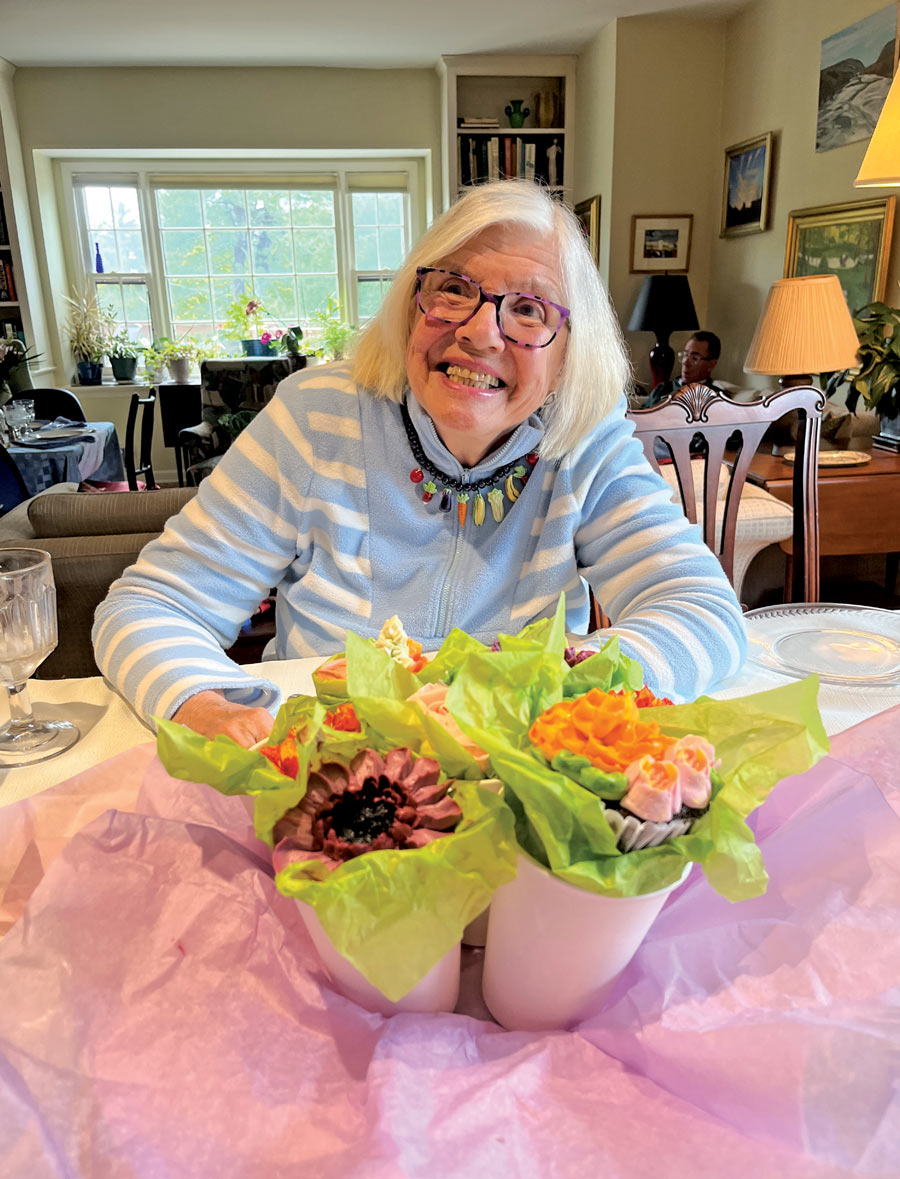
“You don’t have to have news. You don’t have to be going on a trip to Tierra del Fuego with your nephews or something like that,” Mundy said. “If you just stay home, tell us about it. People feel if they are going to send something to their Class Notes, it has to be interesting, but that’s not true.”
In addition to her humorous Class Notes narration, Mundy is an active volunteer in her community. At 94, she serves as a trustee for her local library where she helps fund-raise and participates in a women’s study group. At a recent annual fund-raiser, Mundy noted they raised $20,000 for the library.
She credits her drive to volunteer to her time at Vassar. “We were taught as women getting educated that we had an obligation to volunteer in our community,” Mundy said. “I had a pretty good time at Vassar. I was not an A student but I got a good education anyway.”
Mundy studied art history but was deeply interested in writing and journalism and was a cartoonist for the Miscellany News. During her senior year, she was selected as one of 20 guest editors for Mademoiselle magazine’s August 1951 college issue, chosen out of 850 undergraduate applicants. For four weeks, she commuted to New York City, writing and editing for the issue. While at Mademoiselle, she met First Lady Eleanor Roosevelt—but it was not their first encounter.
Earlier that year while at Vassar, a friend, whose architect father was working on a project for the Roosevelts, invited Mundy to lunch with the first lady at Val-Kill Cottage in Hyde Park.
“She was charming and a wonderful talker, and she would ask our opinion on things,” Mundy said. “She would say ‘Now, I wonder what my Vassar friends think about that?’ We were just sitting there with our eyeballs falling out. We were naturally mesmerized.”
Mundy met the first lady at Mademoiselle again weeks later.
“She greeted me and said, ‘This is the second time we’re having lunch together this month,’” Mundy remembers. “I nearly fainted.”
After Mademoiselle and graduation, Mundy set off to England to stay with her father’s family. She spent a summer in Italy, before returning to the States due to her father’s ill health—but not alone. She brought her future husband, Lawrence Mundy, whom she had met in England. Lawrence, who went on to become a resident psychiatrist, took an internship at Johns Hopkins Hospital alongside his brother. Before their wedding, he worked at Norwich State Hospital in Connecticut.
“I’ll bet you that I’m the only bride you know who spent her honeymoon in a psychiatric hospital,” Mundy said.
Together, the Mundys had six children, so Marian needed a job that allowed her to balance work and her family. After moving to New Jersey in 1957, she turned to her passion for journalism and writing.
“I’ve written articles for magazines and newspapers,” Mundy said. “I had a steady gig in a magazine called New Jersey Countryside, and then I had a column in the local paper. I wrote my column, ‘Today’s Mundy,’ for 40 years for a chain of local weeklies.”
She finished writing that column in the late 2010s—and now has six grandchildren and four great-grandchildren.
After more than 50 years, Mundy’s last column of witty musings can be found in this issue of VQ. When she called to break the news to the magazine’s editor, Elizabeth Randolph, she said in her characteristically droll tone, “I’m 94, for goodness’ sake! I think it’s alright to lay down my pen, don’t you?
“But I’ll still be around, helping out where I can,” she added.
Know of an alum from an earlier class—pre-1960—still thriving and living an extraordinary life? Let us know!
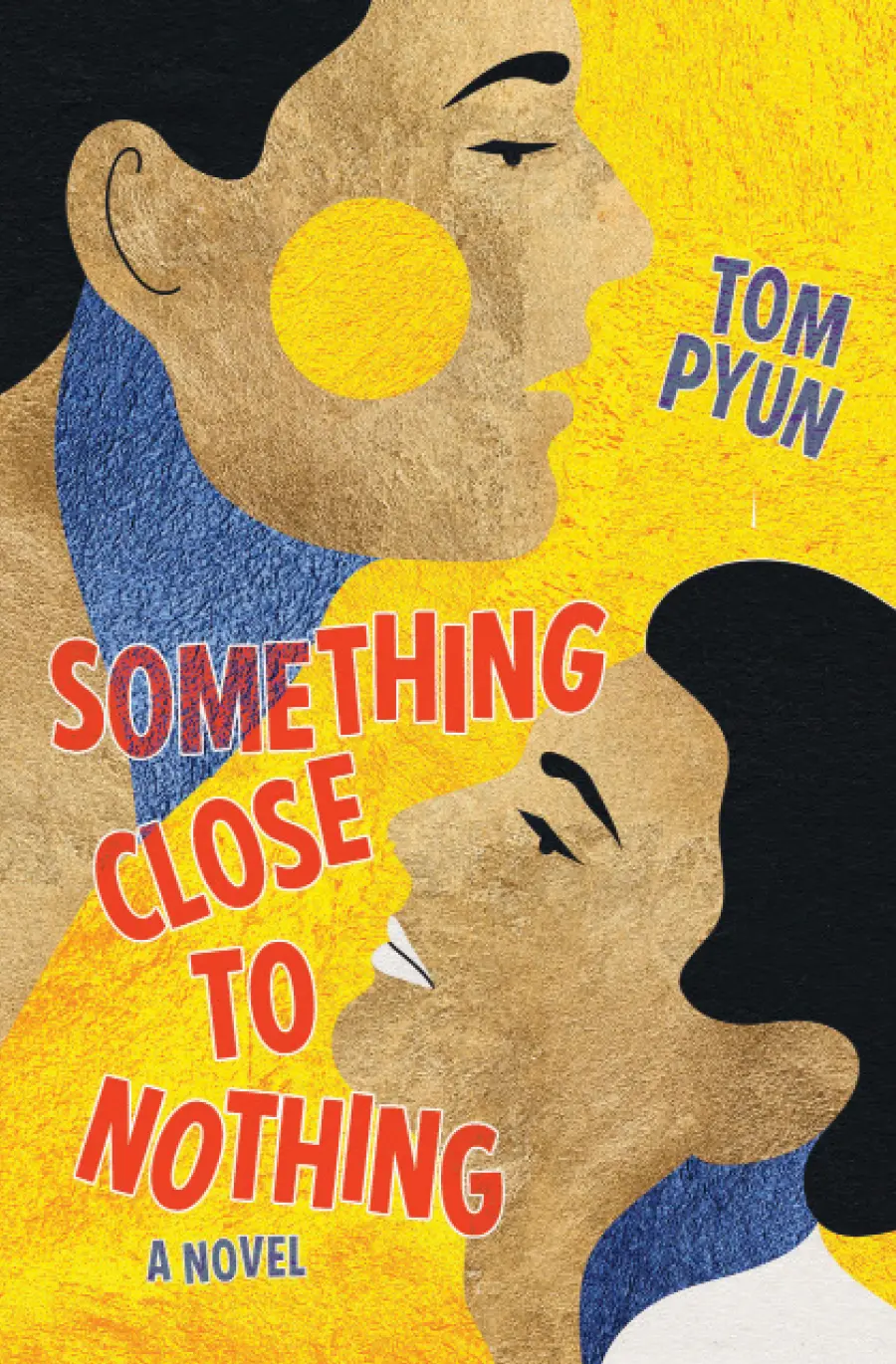
-
FICTION
Something Close to Nothing
by Tom Pyun ’99
Amble Press, 2024 - Softie: Stories
by Megan Howell ’17
West Virginia University Press, 2024 - Dying for Monet
by Claudia Riess ’59
Level Best Books, 2024 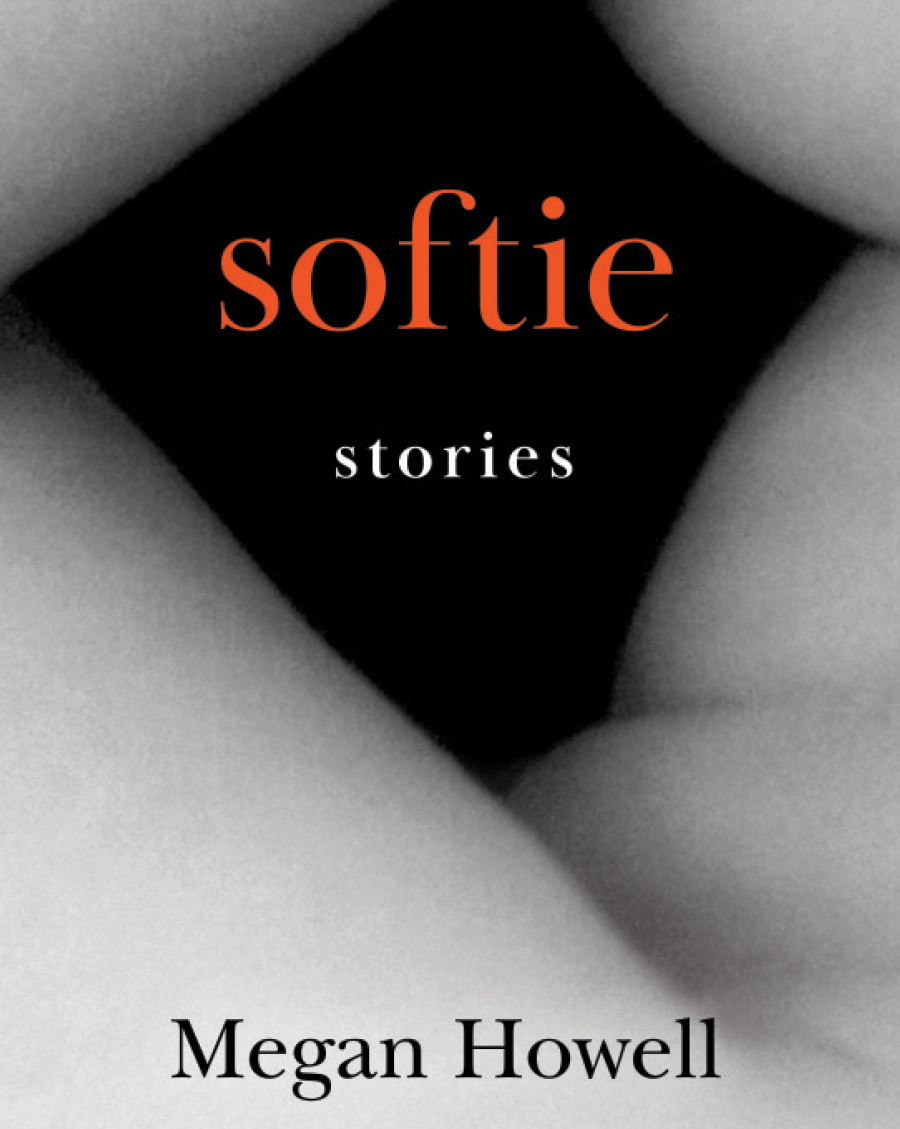
- My Parents’ Marriage: A Novel
by Nana Ekua Brew-Hammond
Womb House Books, 2024 - Splintered River
by Edward Jacobs ’75
Parisian Phoenix Publishing, 2024 - All That Glitters: A Novel
by Jeanne Rejaunier ’56
Independently published, 2024 - Song of the Wooden Sparrow
by Lourdes Tutaine-Garcia ’81
Golden Bridges Publishing, 2024 -
NON-FICTION
Civic Activism in South Korea: The Intertwining of Democracy and Neoliberalism
by Professor Seungsook Moon
Columbia University Press, 2024 - The Genius of Judy: How Judy Blume Rewrote Childhood for All of Us
by Rachelle Bergstein ’03
Simon and Schuster, 2024 - A Plausible Man: The True Story of the Escaped Slave Who Inspired Uncle Rom’s Cabin
by Susanna Ashton ’89
The New Press, 2024 - The Art of Populism in US Politics Pro-Trump DIY Popular Culture
by Associate Professor Justin Patch
Routledge, 2024 - Derek Walcott’s Encounter with Homer: Landscape, History, and Poetic Voice in Omeros
by Professor Rachel Friedman
Oxford University Press, 2024 - Dodge County, Incorporated: Big Ag and the Undoing of Rural America
by Sonja Trom Eayrs ’81
Bison Books, 2024 - The Secret Life of Mother Mary: Divine Feminine Power for Personal Healing and Planetary Awakening
by Marguerite Mary Rigoglioso ’84
Bear and Company, 2024 - Parenting Twins: The Adventure Begins
by Elizabeth Stewart ’64
Independently published, 2024 -
POETRY
Trembling
by Karen Petersen ’76
Kelsay Books, 2023 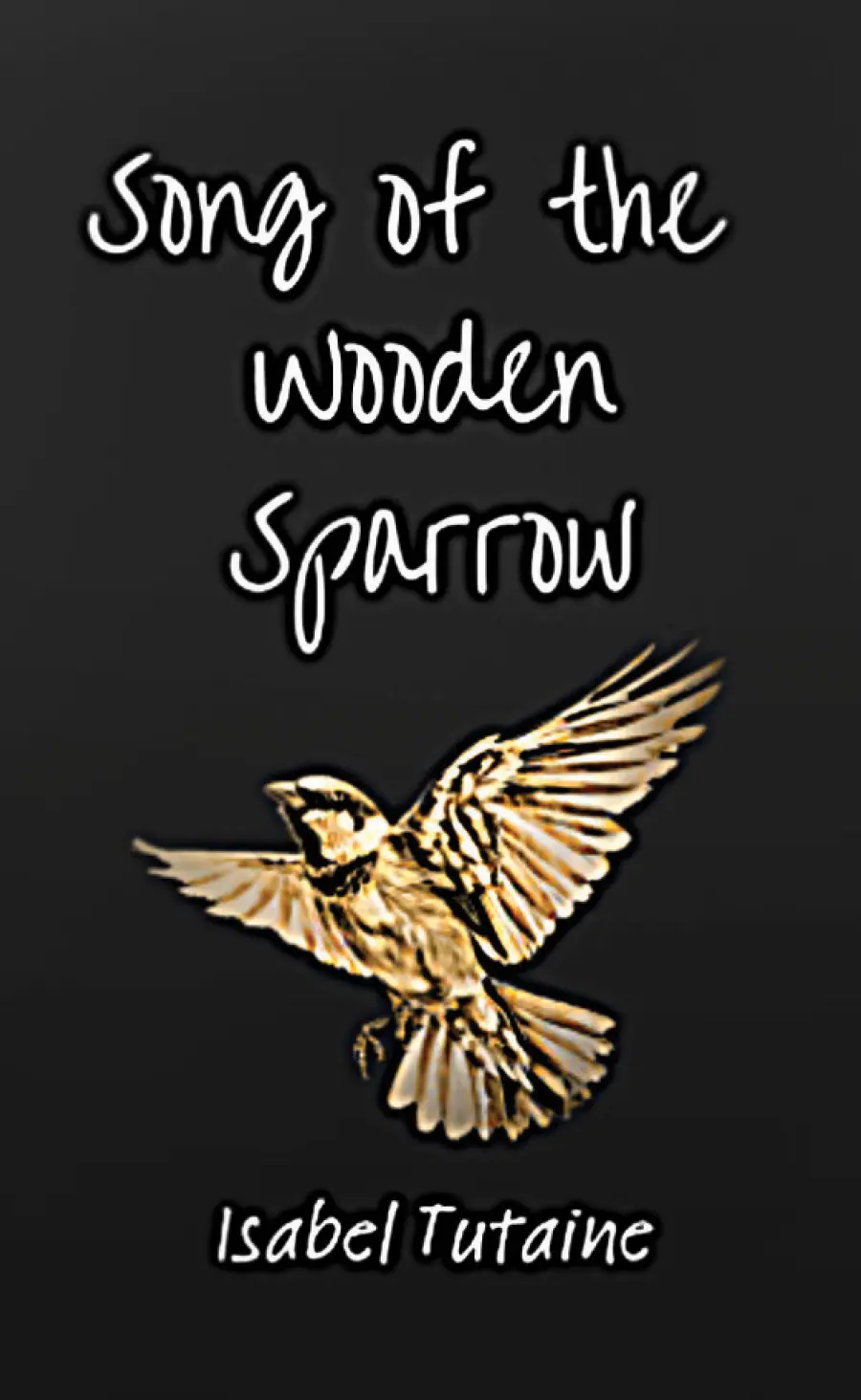
- Wamponomon: The Place of Shells
by Karen Petersen ’76
Finishing Line Press, 2024 - Bachelor Holiday
by William Huhn ’85
BlazeVOX Books, 2024 - Taxonomic Vignettes
by Alan Cohen ’72
Atmosphere Press, 2024 -
TRANSLATIONS
Dear Little Huè by Lucia Tumiati
translated by Donna Mancusi-Ungaro Hart ’72
APA, 2024 - The House at the Bottom of the Sea by Lucia Tumiati
translated by Donna Mancusi-Ungaro Hart ’72
Independently published, 2024 - Mountains on Fire: Memoir of an Italian Soldier in World War I by Vincenzo Calzia
translated by Donna Mancusi-Ungaro Hart ’72
Global publishings, 2024 - Correction: Apologies to Alan Cohen ’72, who published the book Easy in Harness: A Productive Approach to Hiring a Good Manager. The title was listed incorrectly in the last issue.
Letter from the President of the AAVC
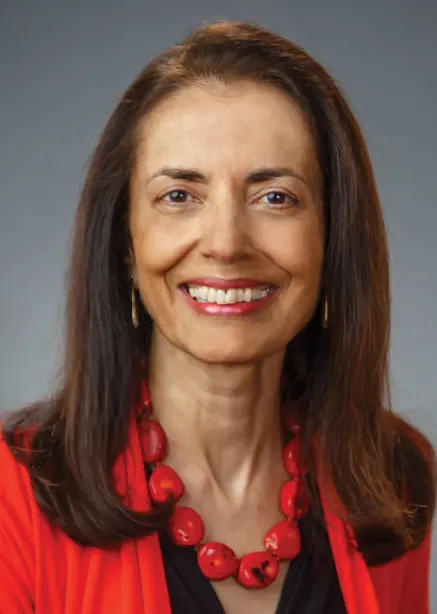
And not only can we enjoy intellectual sparks and challenge in the new Fred Fisher–designed building, but The Heartwood at Vassar hotel is lovely, as is the Salt Line, Hudson Valley restaurant, both in the same building. Standing at the bottom of the hill on College Avenue, they provide a beautiful complement to Alumnae House presiding at the top. It is very exciting to consider the many ways in which each of these special Vassar places will leverage the strength of the other and be inhabited and embraced in the years to come.
Our first AAVC Board meeting of the year was also inspiring, as we welcomed five new board members—Eddie Gamarra ’94, Michael Neuwirth ’89, Heller An Shapiro ’81, Kerri Tillett ’91, and Emily Weisgrau ’96, who are already wonderful contributors to our work. Our committees have been busy for the past several months, bringing creativity and commitment to clubs, career programming, the Vassar Fund, and alum awards, all of which are undergirded by our respect and inclusion of diverse perspectives. I am so grateful for all of my AAVC Board colleagues and the Advancement team for their partnership, leadership, and support. We are united in leading with integrity, commitment, joy, and love for Vassar.
My best, always,


- Monica Vachher ’77, Illinois
President and AAVC Trustee - Brian Farkas ’10, New York
Vice President and AAVC Trustee - Tyrone Forman ’92, Illinois
Vice President and AAVC Trustee - Alisa Swire ’84, New York
Nominating and Governance Committee Chair - Gail Becker ’64, New Jersey
- Maybelle Taylor Bennett ’70, Washington, DC
- Patrick DeYoung ’18, California
AAVC Trustee - AC Dumlao ’13, New York
- James Estrada ’13, Michigan
Alumnae House Committee Chair - Eddie Gamarra ’94, California
Alum Recognition Committee Chair - Anne Green ‘93, New Jersey
AAVC Trustee - Delia Cheung Hom ’00, Massachusetts
AAVC Trustee
Diversity, Equity, and Inclusion
Ad Hoc Committee Chair - Peggy Ann Nagae ’73, Oregon
- Michael Neuwirth ’89, New York
- Katherine “Kat” Mills Polys ’93, Virginia
Vassar Fund Committee Chair - Heller An Shapiro ’81, Maryland
- Sheryl Smikle ’81, Georgia
- Andrew Solum ’89, United Kingdom
Clubs Committee Chair - Keith St. John ’81, New York
- Carlos Hernandez Tellez ’14, Brazil
Career Networking Committee Chair - Kerri Tillett ’91, Massachusetts/North Carolina
- Emily Weisgrau ’96, Pennsylvania/Massachusetts
- Ellie Winter ’18, Rhode Island
- Lisa Tessler
Executive Director of the AAVC - Patricia Lamark
Associate Director, AAVC Engagement
In Memoriam
-
1941
Yvonne Gaston Tipson
January 10, 2023 -
1942
Ruth Middleton Cheney
January 1, 2023 -
1943
Sue Davidson Lowe
January 28, 2020 -
1944
Ruth Gannett Kahn
June 11, 2024 -
1945
L. Maria Bohm Jacobson
September 3, 2024 -
1945
Betty Arnoff Prashker
July 30, 2024 -
1946
Helen Randolph Nichols-Roy
July 23, 2023 -
1947
Ann Atkins Clark
June 2, 2024 -
1947
The Honorable M. Gay Conklin
March 31, 2024 -
1947
Mary Sharp Cronson
July 13, 2024 -
1948
Grace McGraw Parr
June 2, 2024 -
1948
Edith Cohen Sard
September 4, 2024 -
1948
Delphine De Vittorio Smith
June 8, 2024 -
1948
Jeannette Cortopassi Stokrocki
April 2, 2021 -
1949
Ann E. Hutchison
September 22, 2024 -
1950
Lois Velte Carstens
May 24, 2024 -
1950
Joanna Foster Coppola
February 5, 2024 -
1950
Diane Parker Crosby
August 18, 2024 -
1950
Pernetta Cottrell Deemer
August 30, 2024 -
1950
Anne Buffinton O’Brien
October 17, 2022 -
1950
Margaret Kinard Peacock
August 14, 2024 -
1950
Janet Swain Robarge
March 20, 2024 -
1950
Wanda Stallings
July 5, 2022 -
1950
Priscilla Howe Triebs
August 17, 2022 -
1950
Mary Waterman Wiles
March 21, 2023 -
1950
O. Howard Winn
June 6, 2024 -
1951
Amelia Stearns Archibald
August 5, 2024 -
1951
Barbara Britton
August 3, 2024 -
1951
Beverly Corbett Davison
May 23, 2024 -
1951
Marjorie Copher Dundas
February 7, 2023 -
1951
Helen Udell Lowenstein
September 15, 2024 -
1951
Virginia Cretella Mars
September 1, 2024 -
1951
Phyllis Tillinghast McBride
September 16, 2024 -
1951
M. Jean McKee
July 20, 2024 -
1952
Margaret Ekstrom Dementi
May 8, 2024 -
1952
Caroline Ballou Eden
July 17, 2024 -
1952
Carol Greenbaum Emerling
March 1, 2024 -
1952
Joan Lewis Jewett
August 17, 2024 -
1952
Rita Segal Nurkin
March 1, 2023 -
1952
Betty Holden Robbins
January 13, 2024 -
1952
Raylene K. Shayo
January 13, 2024 -
1953
Josephine Swan Blagden
September 2, 2024 -
1953
Karen Kelly Borden
October 26, 2023 -
1953
Cornelia Dettmer
January 6, 2024 -
1953
Margaret Loizeaux Engel
August 3, 2024 -
1953
Edith Debevoise Hustvedt
October 21, 2023 -
1953
Barbara Lamb Johnson
June 18, 2024 -
1953
Judith Haft Levick
September 6, 2024 -
1953
Patricia Hess Plotkin
June 6, 2024 -
1953
Isobel Kogel Pollack
December 13, 2022 -
1953
Darnall Dugan Stone
October 26, 2023 -
1954
Sarah Johnson Benjamin
June 24, 2024 -
1954
Dorothy Lamb Crawford
August 3, 2024 -
1954
Susan Wittner Handelman
July 20, 2023 -
1954
Joan Hofmann
July 21, 2024 -
1954
Constance Campbell Jamieson
January 29, 2023 -
1954
Suzanne Kennon Oberhauser
January 9, 2024 -
1954
Gloria May Orlando
September 23, 2024 -
1955
Jane Bridges Evans
October 21, 2022 -
1955
Phyllis French
March 26, 2024 -
1955
Nancy Snable Galloway
March 28, 2022 -
1955
Elaine Strodel Hunger Bubar
July 27, 2024 -
1955
Carol Benjamin Kaufman
August 9, 2024 -
1955
Vasilike Carson Logothetis
January 8, 2024 -
1955
Enid Stenn Menzies
June 11, 2024 -
1955
Adeline Bradlee Polese
October 13, 2023 -
1955
Cornelia Hayes Stevens
July 15, 2024 -
1955
Jean Franklin Wittich
June 18, 2024 -
1956
Thelma Andreson Adams
June 1, 2024 -
1956
Arlene Honebein Chin
February 9, 2024 -
1956
Letitia Ann Ralston Kennedy
September 19, 2024 -
1956
Mary Lloyd Robb
April 22, 2023 -
1956
Barbara Burkitt Sloggett
January 1, 2023 -
1956
Joan Domnick Valles
November 19, 2022 -
1956
Rosalie Jaques Williamson
December 28, 2022 -
1957
Dianne Jones Armstrong
November 25, 2022 -
1957
Thea Fuchs Benenson
February 1, 2022 -
1957
Patricia Burn Hackler
August 10, 2023 -
1957
Anne Chickering Hill
January 12, 2024 -
1957
Gay Patterson Lord
June 7, 2024 -
1957
Jeannette Kuhn Moss
May 20, 2023 -
1957
Joan Canfield Osborn
May 19, 2023 -
1958
Barbara Crane Brown
May 27, 2023 -
1958
Marian McCordock Johnson
July 9, 2024 -
1958
Judith Selee McClure
July 30, 2024 -
1958
Winifred Jordan Simmons
July 4, 2024 -
1958
Deborah Geldard Tobin
June 28, 2024 -
1959
Frances Jacobs Frawley
August 30, 2024 -
1959
Margot Kenefick Martin
May 21, 2023 -
1959
Diana Avery Paschal
June 21, 2022 -
1959
Kerstin Pedersen Warner
June 28, 2024 -
1959
Gail Nicholas Schneider
January 6, 2024 -
1959
Sara Platzman Wan
September 3, 2022 -
1960
Nancy Huffman Benedict
February 5, 2024 -
1960
Devon Adams Bowes
July 16, 2024 -
1960
Margaret Oliver Hedeman
March 5, 2023 -
1960
Barbara Koretz Katz
August 25, 2023 -
1960
Jean Kunze Murray
September 2, 2024 -
1961
Robin Weil Brooks
May 28, 2024 -
1961
Ann Gouger Davis
May 7, 2024 -
1961
Lynda Wallace Painton
September 26, 2024 -
1961
Sybil Cohen Schreiber
May 5, 2024 -
1961
Barbara Rae Stark
February 22, 2024 -
1961
Jane Ferguson West
July 15, 2024 -
1962
Carol Feierabend
July 7, 2024 -
1962
Ellen Rosen Franklin
April 22, 2023 -
1962
Elizabeth Baldwin Knox
February 24, 2024 -
1962
Katherine Cohn Warner
August 5, 2024 -
1962
Sherrill Brown Wells
June 29, 2024 -
1963
Geraldine Fitzgerald De Paula
January 13, 2024 -
1963
Doris Wynkoop Funk
February 8, 2023 -
1963
Sally Murphy McDermott
July 16, 2024 -
1963
Linda Hammond Pogson
May 18, 2024 -
1963
Barbara Kellogg Stowe
May 24, 2024 -
1965
Constance Berry
May 3, 2024 -
1965
Judith Olson Chiriatti
March 20, 2023 -
1966
Sally Goodman Graflund
July 14, 2023 -
1966
Susan Sutton Allan
July 23, 2024 -
1966
Anne Hirschler Long
September 2, 2024 -
1966
Joan Rubinson Weinstein
July 20, 2024 -
1967
Susan Hoffman Ellis
November 12, 2023 -
1967
Geneva Martin
August 25, 2024 -
1967
Sigrid Kimball Rainoff
April 10, 2023 -
1968
Joanne Abbey
January 3, 2022 -
1968
Mary Ann Richardson
June 8, 2024 -
1970
Rosemary Kelly Corwin
May 14, 2024 -
1970
Christine Roelfs Lisee
October 4, 2023 -
1971
Barbara Lee Anderson
May 30, 2024 -
1971
Robin Grossman Bell
June 16, 2024 -
1971
Wendy Scott
May 2, 2024 -
1972
Nancy Burger
May 25, 2024 -
1972
Susan Bainbridge Murphy
August 6, 2024 -
1974
Harriet Lois Culver
July 11, 2024 -
1974
Susan Hampson
February 12, 2024 -
1974
Christina Houghtaling
May 16, 2024 -
1975
Momcilo Cvijanovic
September 7, 2024 -
1976
Raymond Maxted Foote
September 8, 2024 -
1977
Donna Wilson Keith
December 28, 2023 -
1977
Sharron Skipper Lewis
January 29, 2024 -
1977
Dean W. Meyerson
September 5, 2024 -
1977
Craig W. Weinlein
June 9, 2024 -
1978
Howard W. Quinby
May 15, 2024 -
1978
Vivian Weathers
April 30, 2023 -
1979
Yvonne Poley
January 22, 2024 -
1979
Lenore Weldon
October 13, 2022 -
1980
Julie Dahlin Gardner
February 26, 2024 -
1980
Kathryn Leaken
May 5, 2023 -
1980
Sharon Powell
July 30, 2023 -
1981
Peter Joselow
August 16, 2024 -
1983
Tracy G. Callahan
July 8, 2022 -
1983
Alex L. Cooper
July 30, 2024 -
1986
Karen McCarthy
September 16, 2022 -
1987
Elizabeth Muslin
May 15, 2024 -
1987
Cheryl Smith-Davis
June 4, 2024 -
1987
Evan A. Wright
July 12, 2024 -
1988
Timothy M. Ognisty
September 1, 2024 -
1989
Deborah D. Kuffner
December 26, 2023 -
1989
Amy Packel
January 7, 2024 -
1993
Olin W. Thompson
July 18, 2022 -
1994
Hannah Edgerly
November 8, 2023 -
1996
Justin Manning
September 13, 2024 -
1996
Daniel R. Nugen
November 5, 2022 -
1997
Marie DelRio
January 23, 2024 -
2001
Christine A. Shanley
October 7, 2022 -
2004
Stefanie Z. Ackerman
May 30, 2023 -
2011
Ashley L. Money
June 3, 2024
Virginia “Ginnie” Cretella Mars ’51
Celebrating a Lifetime of Leadership, Generosity, and Dedication to Vassar
irginia “Ginnie” Cretella Mars ’51, P’82, GP’04, ’07, a cherished member of the Vassar community, passed away on September 1, 2024. Survived by her four daughters, 11 grandchildren, and 10 great-grandchildren, she’s remembered for her spirit of kindness and dedication to others.

Kelly Marsh
“Ginnie Mars was one of Vassar’s finest trustees,” Vassar President Emerita Frances Fergusson said. “She brought her intelligence, commitment, love for Vassar, wit, and charm to every trustee meeting and every task she undertook. As the indefatigable chair of the Campaign for Vassar in the 1990s, she was central to raising then-record resources for the College.
“Ginnie traveled the country with me, speaking persuasively to our [alums]—and offering the Campaign hat off her head to anyone who would make a substantial pledge,” Fergusson continued. “She was a delightful presence, always with a smile and great warmth for all of us who were her friends. I loved being with Ginnie. She was, in every way, the best of Vassar.”
As a student, Mars sang in the Vassar Choir while studying art and drama. She earned her bachelor’s degree and teaching certification in 1951. After graduation, she began her teaching career in Connecticut. In 1955, she married Forrest E. Mars Jr., whom she divorced in 1990. Mars channeled her passion for the arts, conservation, and education into philanthropy by founding the Virginia Cretella Mars Foundation in 1994.
Mars was deeply involved with Vassar, volunteering in numerous roles. She served as a trustee and chaired the Campaign Committee, was President of her class, and led the Class Reunion Gift Committee. Additionally, she was active on the Vassar Fund Committee. She received the 2005 AAVC Outstanding Service to Vassar Award for her dedication and volunteer contributions.
“Ginnie Mars was exceptional in her generosity and leadership as a Vassar alumna,” President Elizabeth H. Bradley said. “She was a board member for 12 years, Co-chair of a capital campaign, and ever ready to jump on a call or Zoom to give sage advice that I treasured. She was truly one of a kind, in a category all her own, and someone I will miss dearly.”
Mars was a stalwart supporter of the Annual Fund, giving for nearly 50 consecutive years a total of $4 million in unrestricted operating support to the College. She played a key role in funding several important projects, including the Fitness Center, the Class of 1951 Scholarship Fund, the entrance to the Bridge for Laboratory Sciences, and the Class of 1951 Observatory. In 2023, Mars celebrated the opening of the Richard L. Cretella Tennis Center, which she helped establish in memory of her brother.
“I was in awe of Ginnie Mars—my mentor from another generation,” Missie Rennie Taylor ’68, a former Vassar Trustee and AAVC President, and friend to Mars, said. “I used to drive her from New York City to Poughkeepsie, and once, my car had a flat tire. The ultimate Vassar ‘doer,’ the respected and elegant Ginnie rolled the tire to the nearest station with me, laughing the whole way! That wasn’t in her job description, but it showed who she truly was. I aspire to be like her, though there will never be another Ginnie.”
Announcements
-
Summer Apartment Rental—Le Marais, Paris
Enjoy the quintessential Parisian lifestyle from our beloved corner of the Marais district. Countless see-and-be-seen terraces, boutiques, gourmet shops, museums, pre-revolutionary mansions, and monuments are a stone’s throw. Facile connections via bike and public transportation. Architect-designed 3rd-floor studio apartment has double-height windows overlooking a quiet courtyard. Sleeps four in two queen beds (loft and pullout sofa), washer/dryer, Internet, microwave, induction, ample closet space, hardwood floors.
Kassandra Frua De Angeli ‘10
kassandra.fruadeangeli@sciencespo.fr -
Condo Rental, French Quarter
Situated on a quiet and central block in New Orleans’s Vieux Carre, this cozy historic Creole cottage is perfect for a single or a couple looking to explore all the music, food, art, and culture New Orleans has to offer. Start your morning enjoying your chicory coffee in the interior courtyard and end your night sipping a Sazerac under a gas lamp on the front patio. Channel your inner Anne Rice or Tennessee Williams in this excellent writer’s retreat. Slide the 12-foot-tall wood pocket doors closed and curl up in a queen bed after a long day of jazz, gumbo, and cemetery tours. Walking distance to various streetcar lines and buses. Washer/dryer, Internet, gas stove, utilities included.
Eddie Gamarra ‘94
eddiegamarra@gmail.com -
Apartment Rental, Yellowstone
Cozy modern studio for two on the Yellowstone River, steps from Yellowstone National Park’s North Entrance in Gardiner, Montana. Private river access, covered deck overlooking the river, and incredible mountain views. Living space includes comfortable seating, gas fireplace, work desk, and dining table. Fully furnished kitchen with breakfast bar. A half wall separates the king bed from the living area. Full bath. Available year-round.
-
Fisher Island Club, FL, Rental
Exquisite beachfront condo for rent. 10 minutes to South Beach. 3br/3.5ba, fully equipped with golf cart. Available April–December.
wpluxuryrealestate.com - –and–
-
Berkshires Vacation Home
Beautiful home in Berkshires near NY/MA border. Gorgeous views, 2 hours and 15 mins. from Manhattan. Quick access to five ski areas. 4br/3.5ba, heated pool, jacuzzi, sauna, pond, ping-pong, bikes, gym equipment. 7 acres close to Hudson, Lenox, Great Barrington, and Stockbridge. Available December–May.
fourseasonluxuryatsummerhill.com -
Cute Cottage Near Santa Barbara
Available year round! Come relax on the beach, boogie board, and build sand castles with your loves and littles and enjoy some of the world’s most beautiful sunsets! Cute cottage, a block from the beautiful and family-friendly Sandyland Cove Beach and walking distance from restaurants, shops, and ice cream! Carpenteria is a sleepy beach town 20 min. south of Santa Barbara and less than two hours to Los Angeles. Our 2/1 sleeps four comfortably in two separate bedrooms, and there’s a pullout couch in the living room for two more. Full kitchen, washer/dryer, dishwasher, microwave, Internet, Roku, and a fenced-in yard with outdoor eating space and parking. Pet friendly. 30-day minimum rental.
Arcadia Haid Conrad ‘94
actuallyarcadia@gmail.com -
Catskill Mountain Property for Sale
Prime mountaintop land situated in the beautiful Catskill Mountains, 2.5 hours from Manhattan, minutes from the town of Windham and Windham Mountain Club, a new exclusive private resort. May be used for private estate, home development, forestry, hunting, agriculture. Easy access by two well-maintained county roads. 139 acres. Underground springs with a pond and flowing creek.
-
Book Doctor: To the Rescue
Have you always wanted to write a book? Or are you already in the midst of planning or writing a book, memoir, or short story? Let me help you achieve success by analyzing and/or ghostwriting the manuscript for you. My credentials are listed on my website.
-
You’ve Got Great Stories! Let FamilyLore Record Them!
At FamilyLore.com, we believe every life is brimming with unique stories to be expressed, recorded, and shared. I’m Adam Phillips ‘77, a multi-award-winning radio journalist with 35+ years of experience interviewing world-famous luminaries as well as everyday folks with their own fascinating tales to tell. Together, let’s unearth the “gold” in your life’s journey for present and future generations to enjoy. (We also work with organizations and conduct workshops.)
Adam Phillips ‘77
www.FamilyLore.com -
Historic House in Greenport on Long Island’s North Fork
Charming, historic home in a maritime village on Long Island’s North Fork. A 5-minute walk to town with all amenities; transportation (LIRR, Hampton Jitney, LIE). 3 br/ sleeps 5 (2 queen, 1 full), 2 full ba, outdoor shower, cook’s kitchen, gracious dining room, library/study, 2 working fireplaces. Sunroom leads to deck with pergola and water views of Sterling Harbor, large private yard. Internet/cable TV, all utilities incl. Two-week or monthly rental: June $12k, July $16k, August–Labor Day $18k, September $15k. Other times, please inquire. For more information and photos:
The Job No One Applies For

There were no robbers … but we were in big trouble. I soon learned that a disease, a dreadful dementia, was taking over our lives, attacking Ben’s brain and body and turning him into someone I barely recognized.
Many of us may be facing similar experiences—a spouse, parent, sibling, or friend showing scary signs of a changing brain. Millions of people get a dementia diagnosis annually. Lewy body dementia, my husband’s disease, is far less understood. It can be extremely tough to get diagnosed—Robin Williams never did, though they tried for 18 months. Then, when you do know, you are confronted with terrible questions: How do I cope? Can I keep my loved one home? What products and equipment do I need for the future? How are we going to pay for care?
Dementia caregiving is the hardest job nobody ever applies for—and there’s no pre-job training. It’s stressful, exasperating, exhausting. I cried more during caregiving than at any other time of my life. But I learned to cope. What do you do when your husband sees robbers who aren’t there, feels mice nibbling his toes in bed or snakes scratching at his skin, or wanders out of the house? You let the police search, you put out mouse traps, you get the doctor to check his hand and say it’s not blackening, so it’s okay. How do you cope when he says you aren’t his wife, that you’re seeing someone else and he wants you gone? You get right in his line of sight and say “Hi!” and hope he recognizes you this time. You reach out, you find support and guidance, and you survive.
I did learn positive lessons from this stressful experience, things that seem trite but are still true, for more than just caregivers. I learned that “help” is the hardest word to say, but you must reach out. You cannot make it alone. Family, friends, social agencies, everything and everyone. Ask. Independence may seem brave, but it’s very lonely. You cannot fill a cup from an empty vessel. You need time off to replenish and refresh or you burn out. “Me Time,” is not selfish, it’s necessary for your sanity.
I also learned that you can be clever and creative and try to head off challenges, but sometimes cleverness will backfire and bite you in the butt—such as the time Ben had a delusion about needing to deposit a “check” that was really an old bill. For weeks, he insisted we needed to take it to the bank. Luckily, the clerk knew our situation and said she could handwrite a “receipt” to satisfy him. But when Ben tried to traverse the parking lot to check up on me, he fell and cracked his head open. Luckily, no permanent damage, but we had a scary ER trip.
Finally, there’s a saying: “Hot water softens a carrot but hardens an egg.” I chose to be an egg, hardened but not hard. Now, to help others, I’ve written a book for those who care for people with LBD or Parkinson’s disease dementia. It has been a heartfelt project for me, and I hope it will help people desperate to know what I learned.
Kathy Teyler Jarrett ’73 is the author of You Are Not Alone: Dealing with Lewy Body Dementia, published by Luminare Press.


